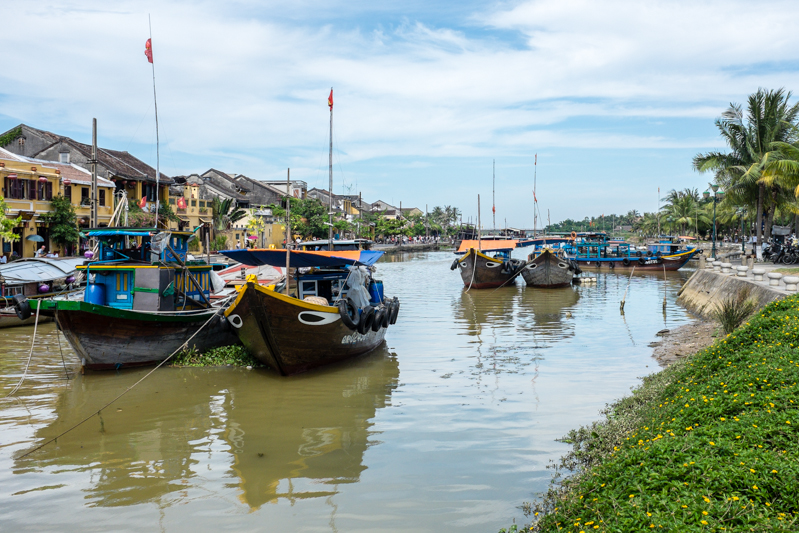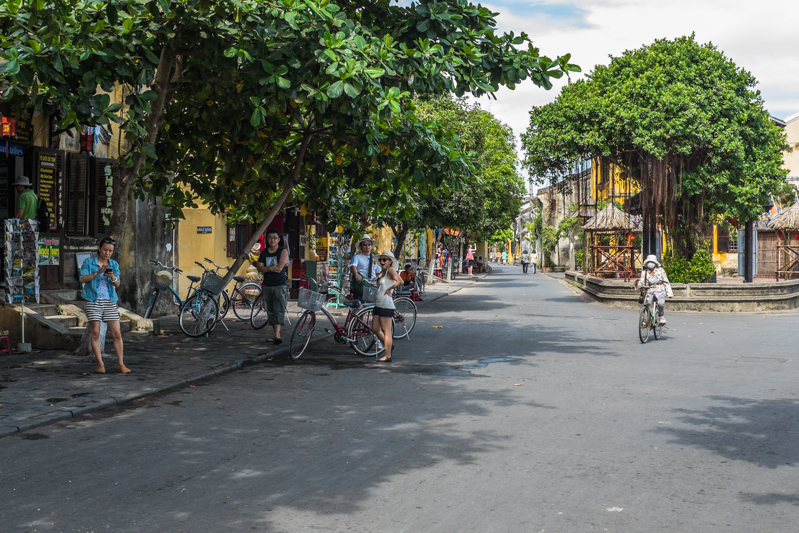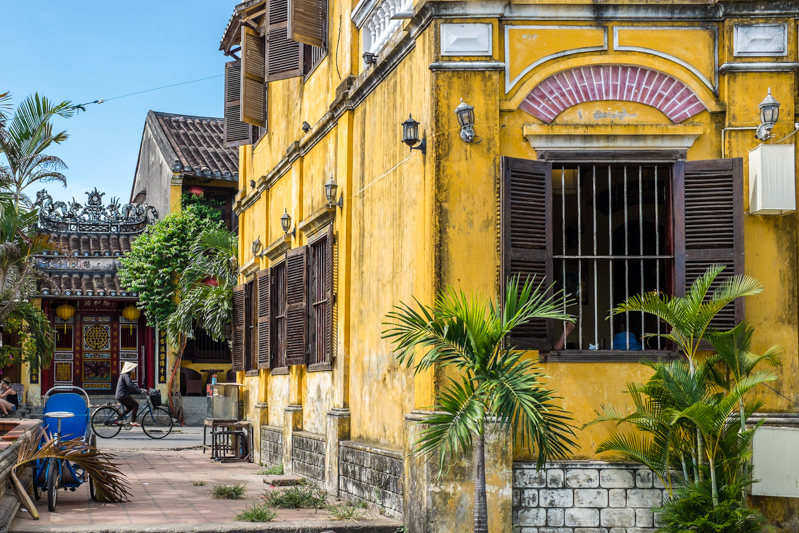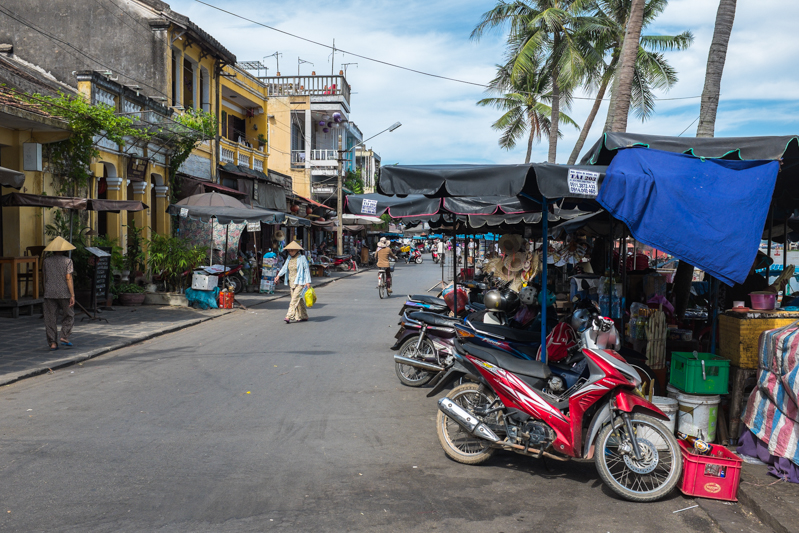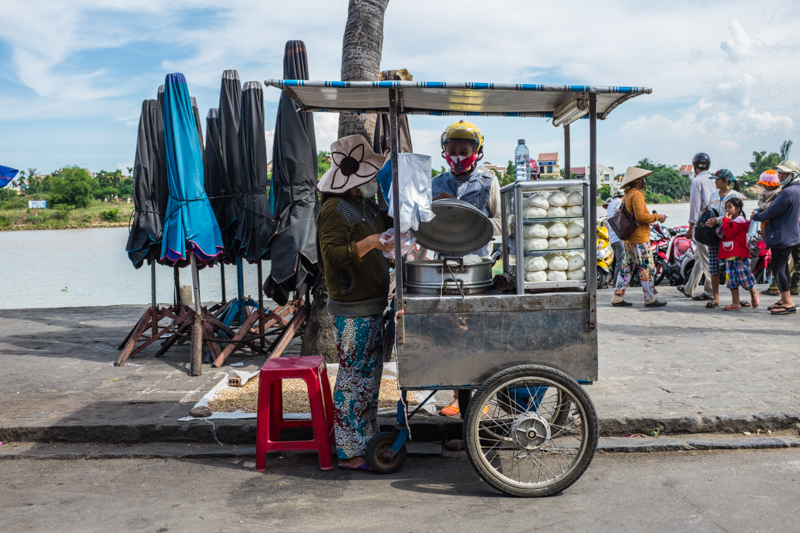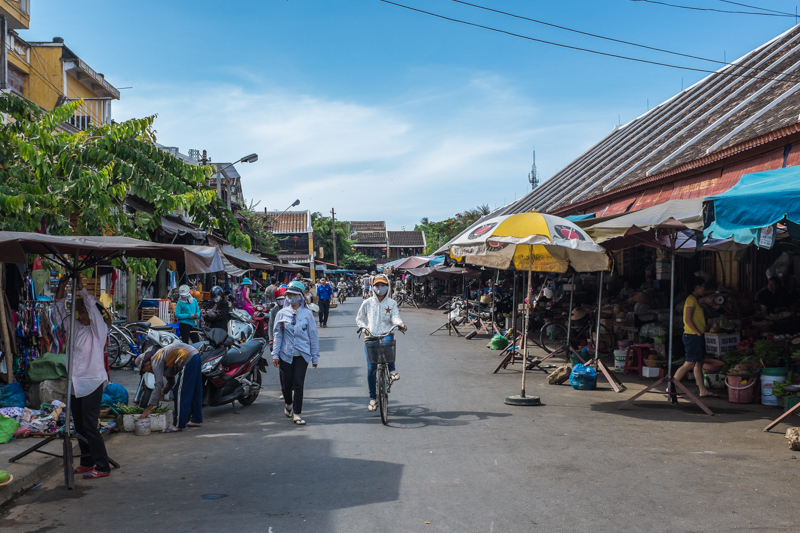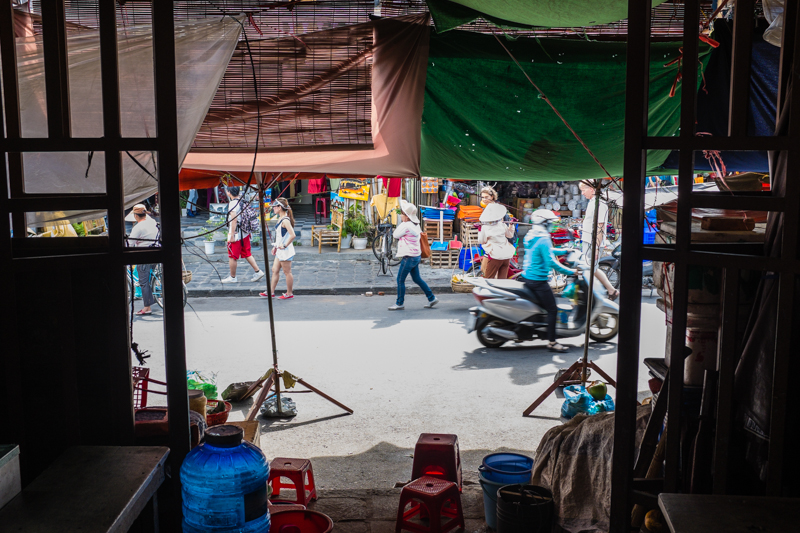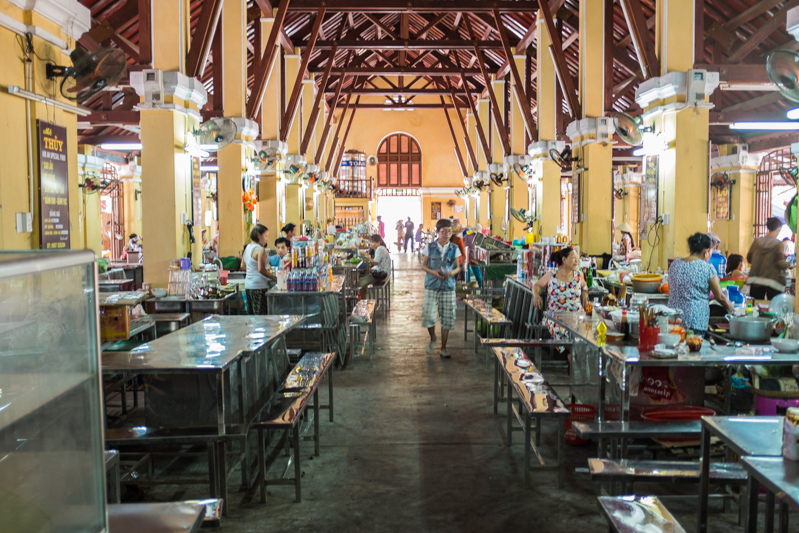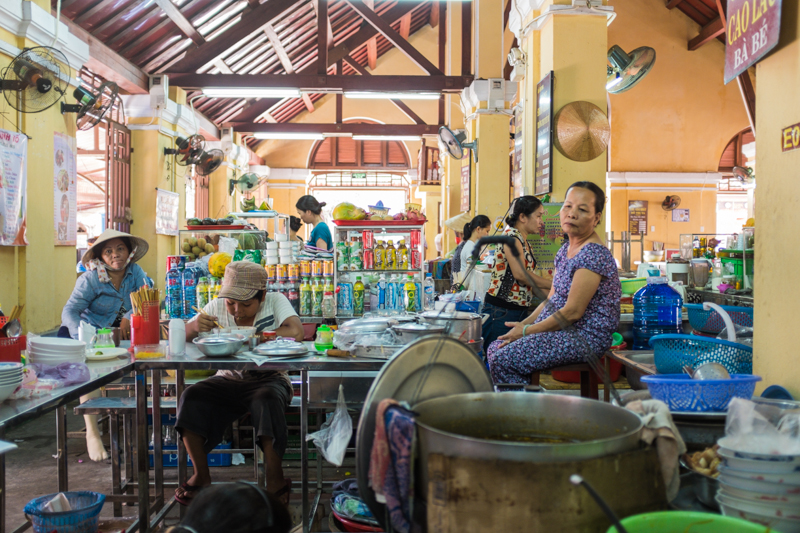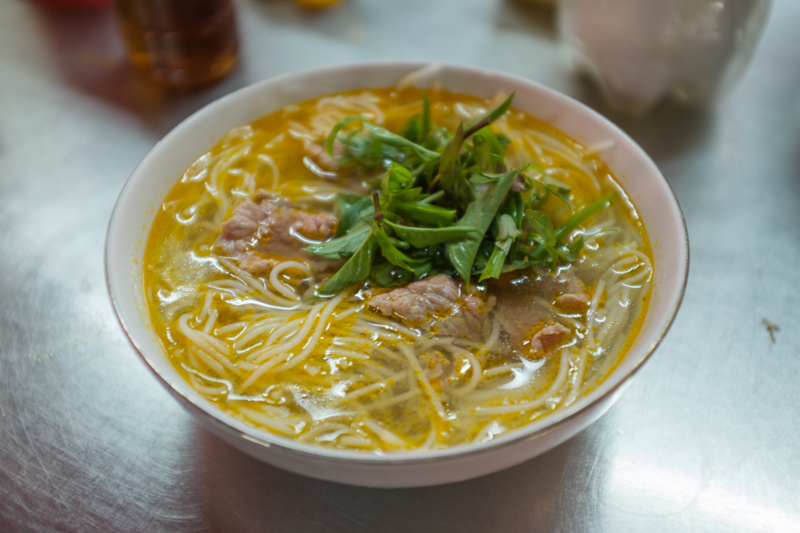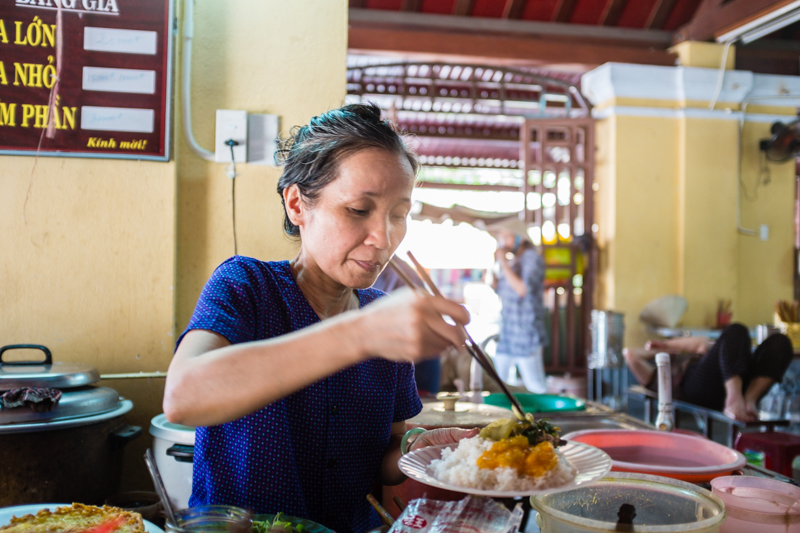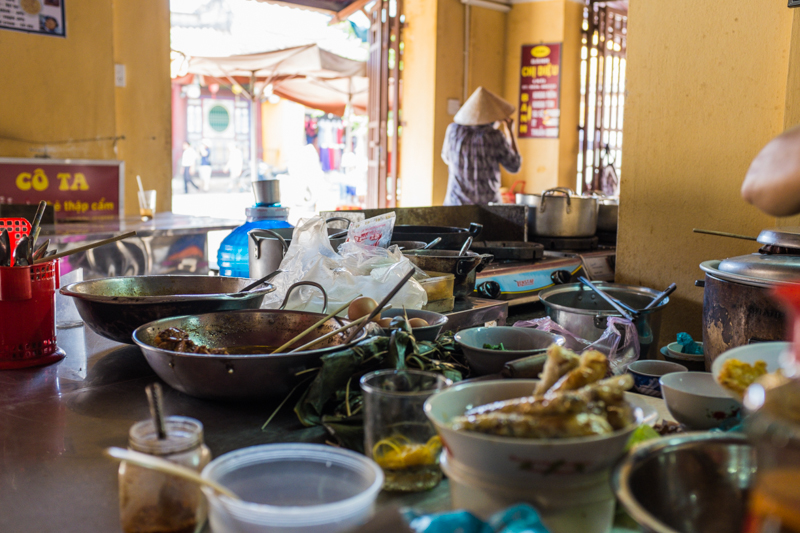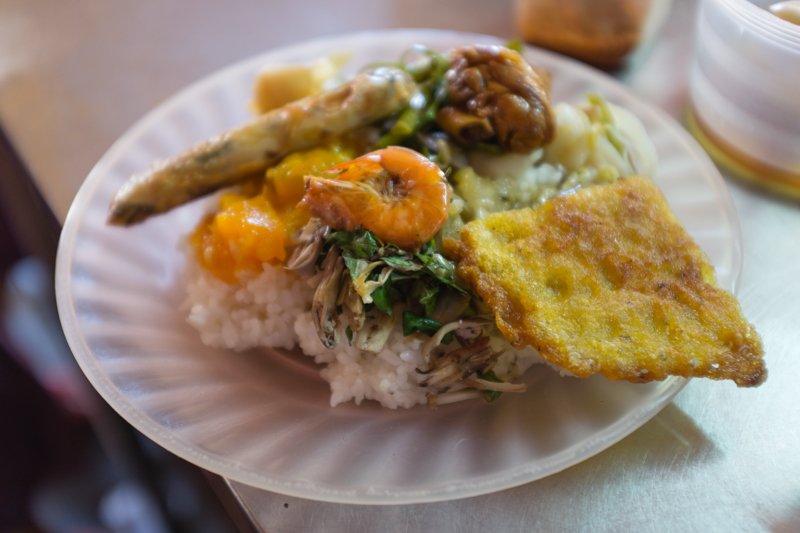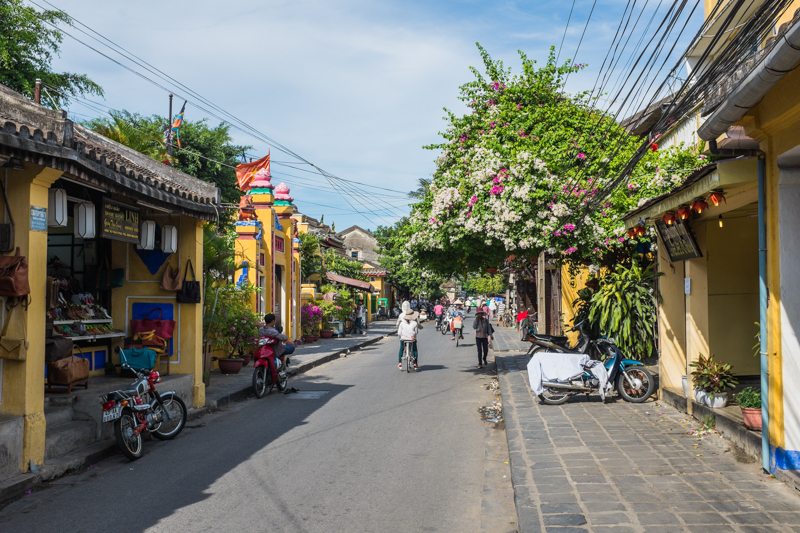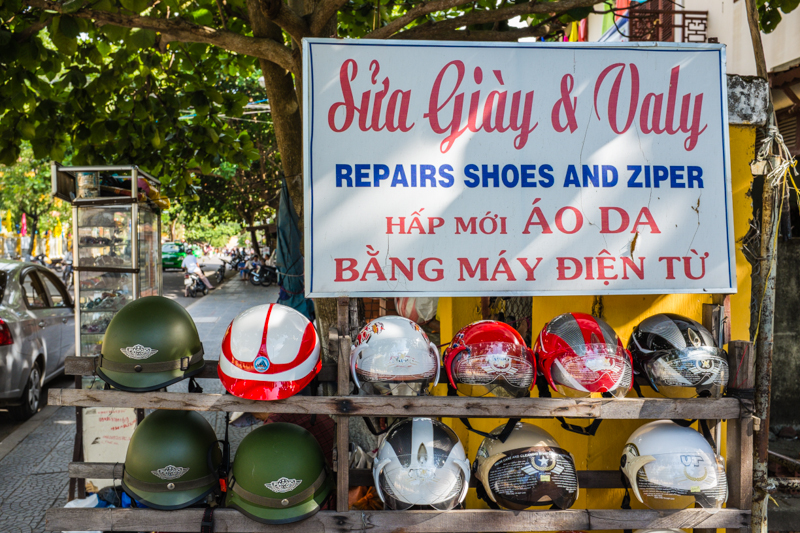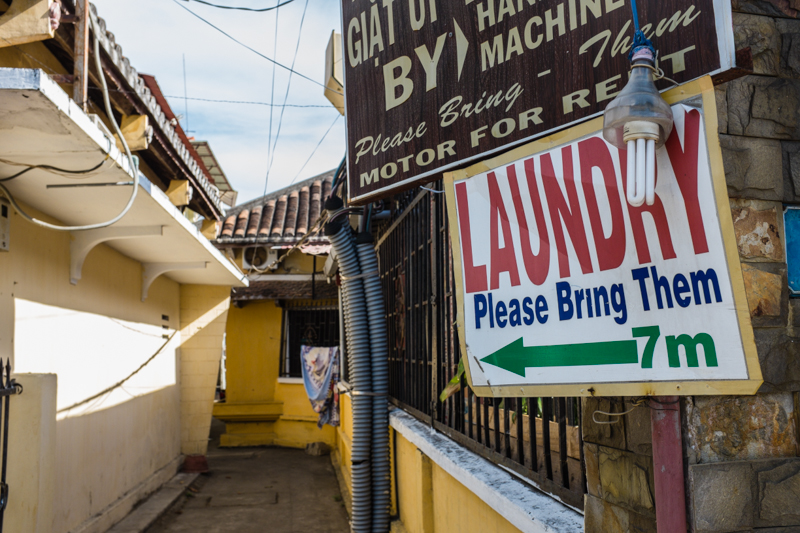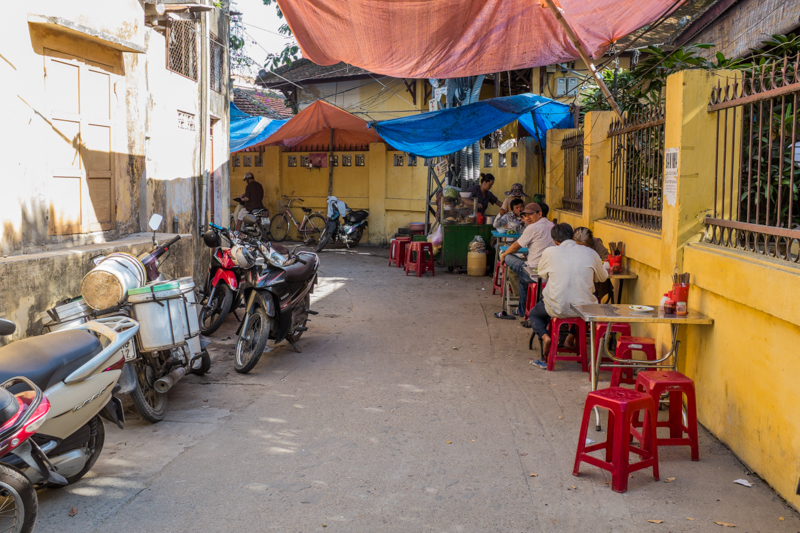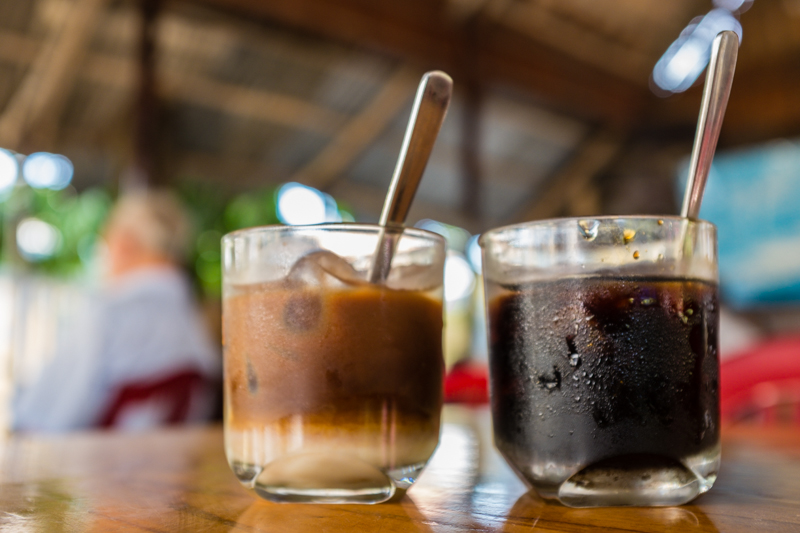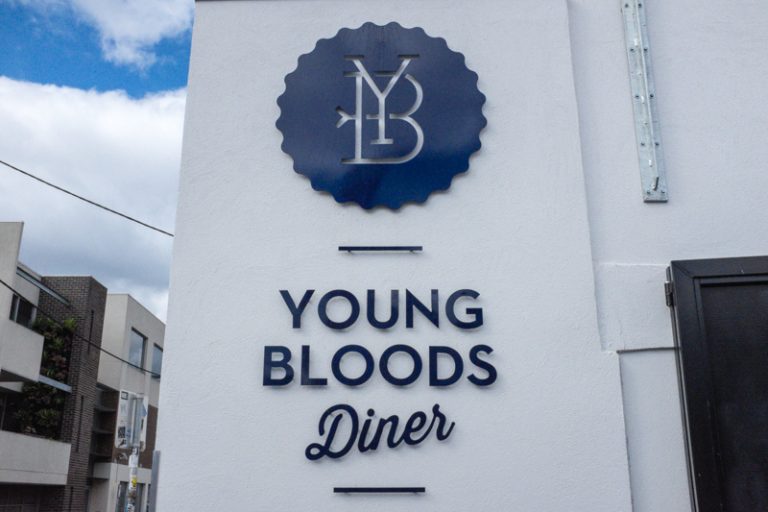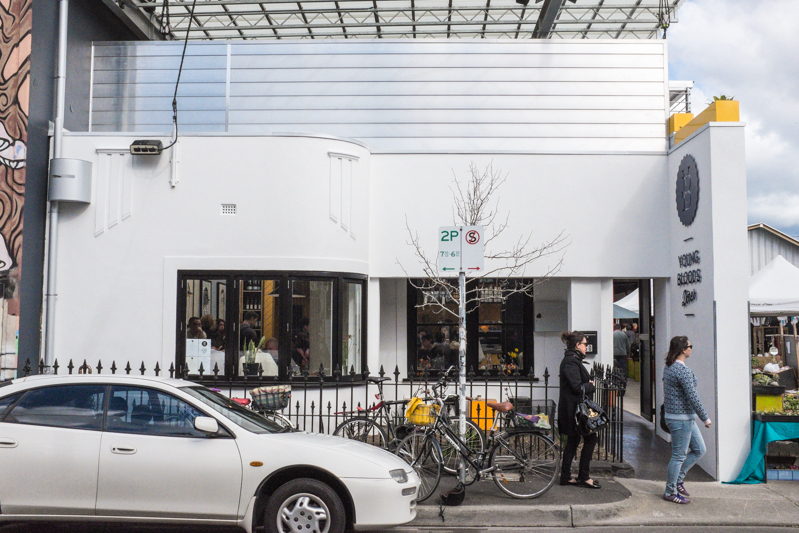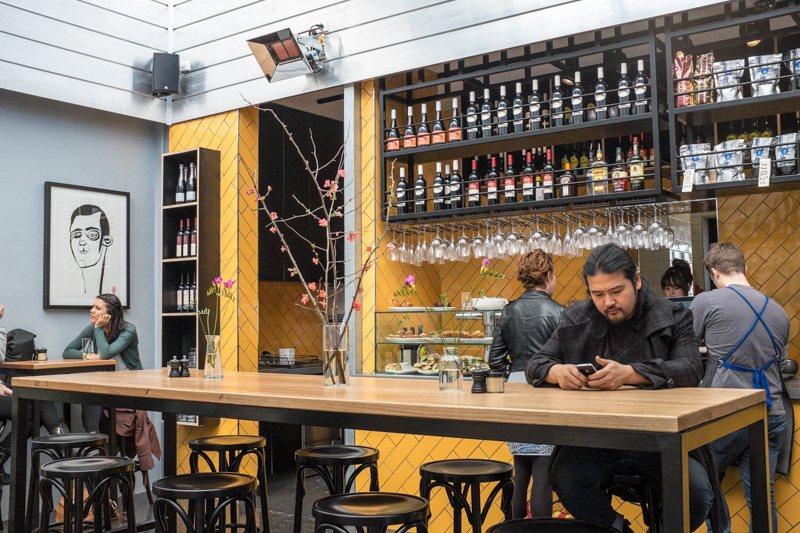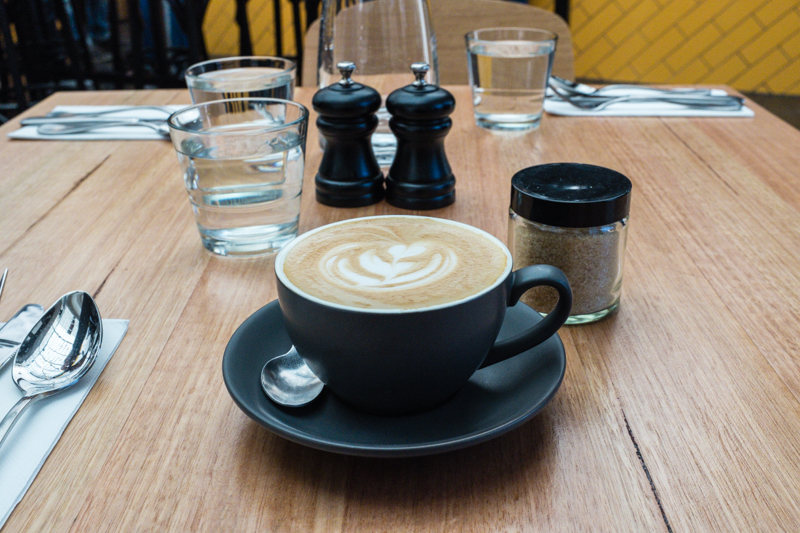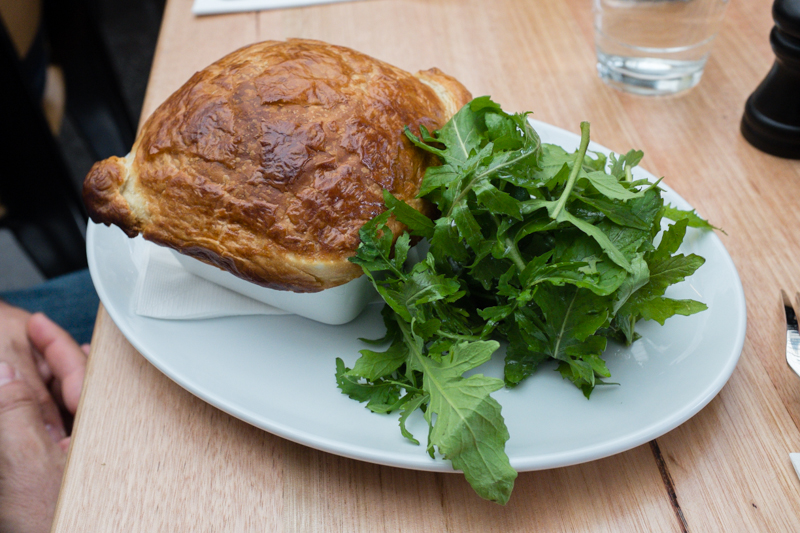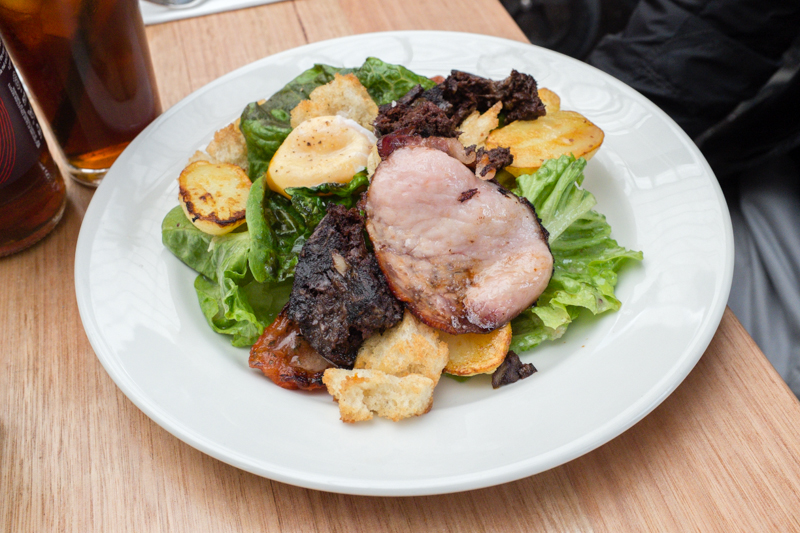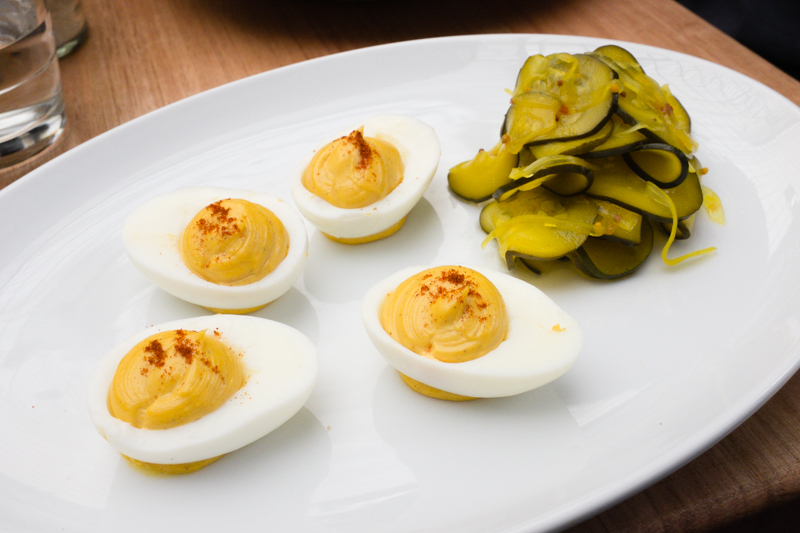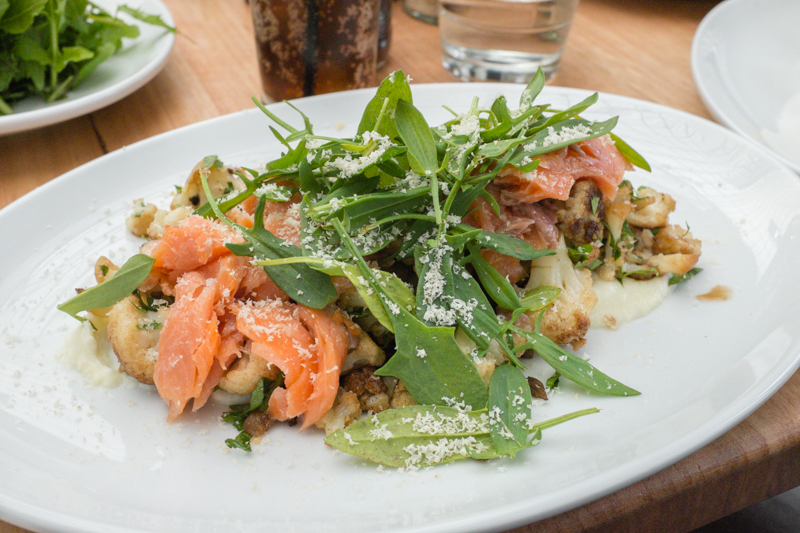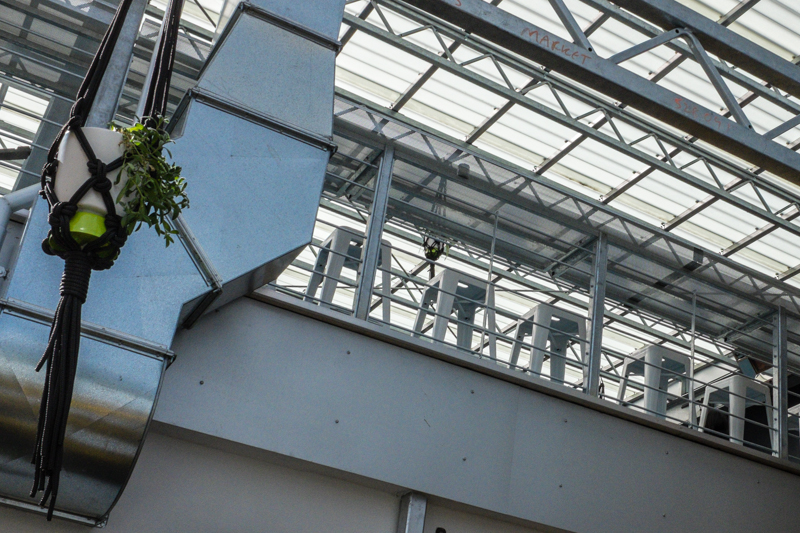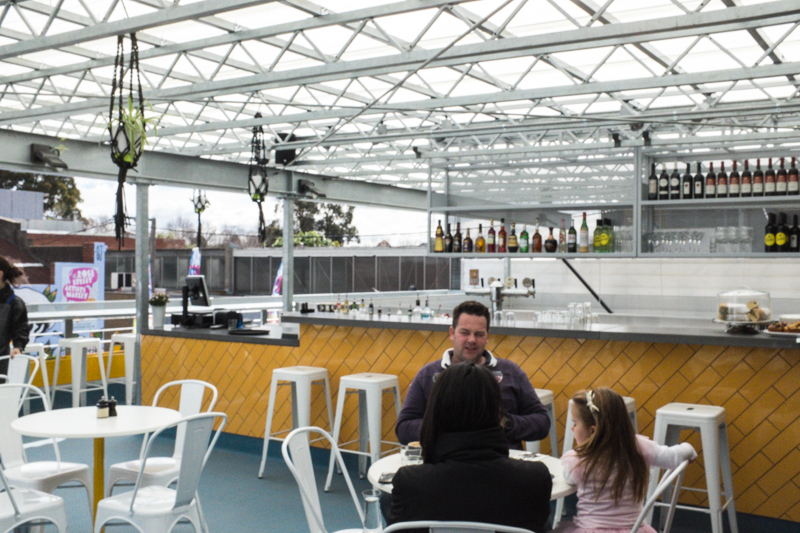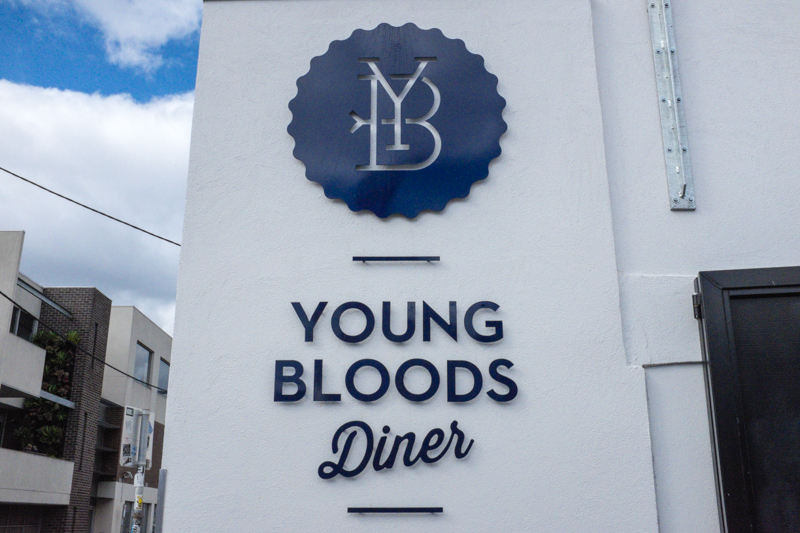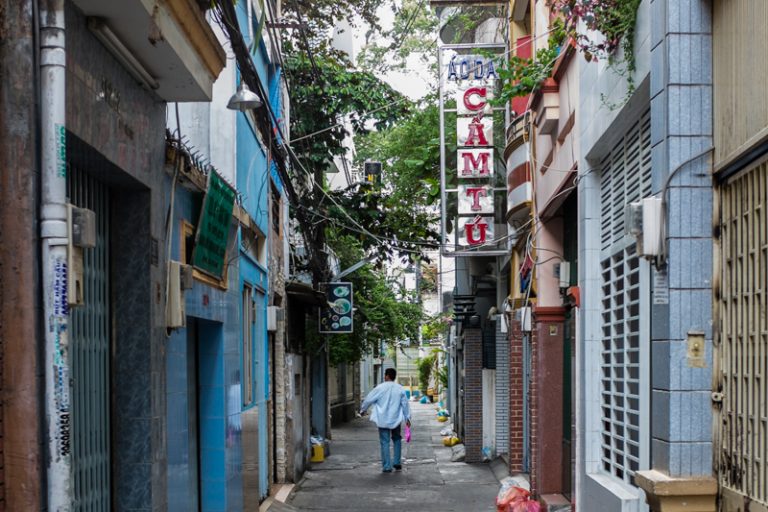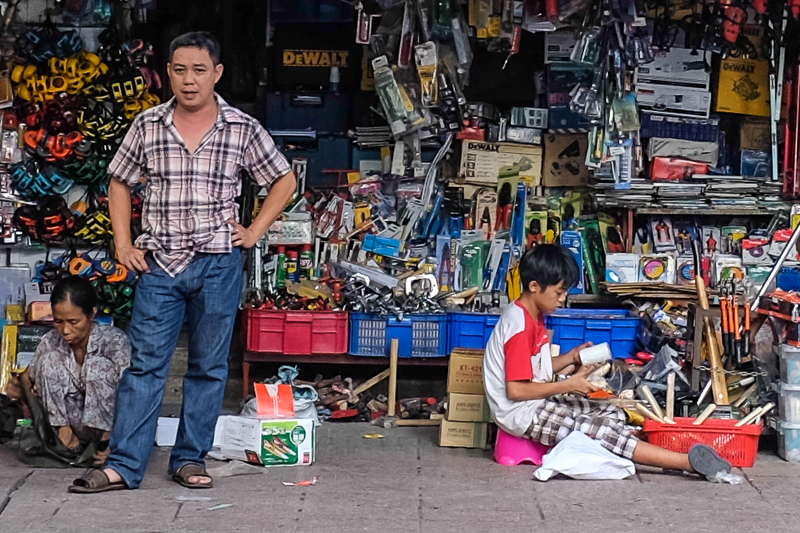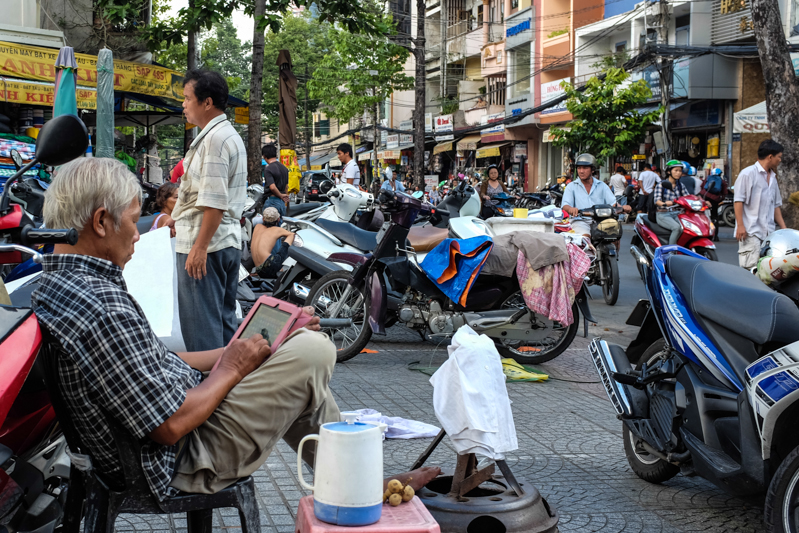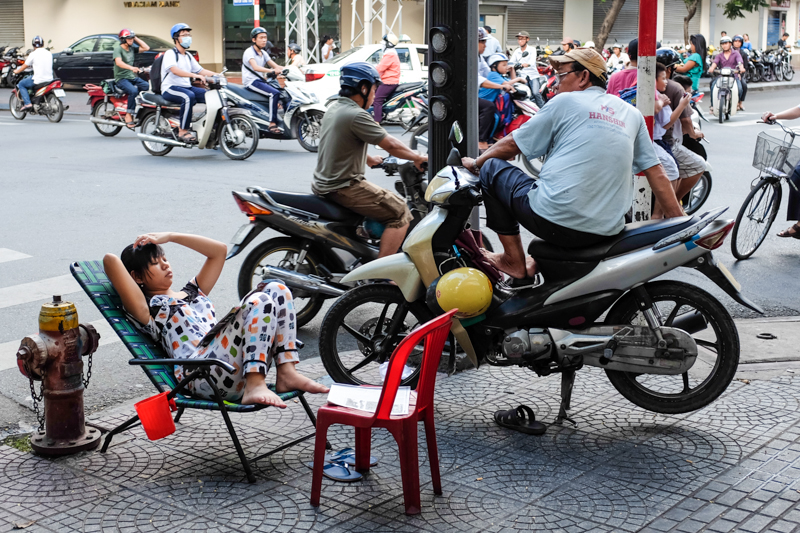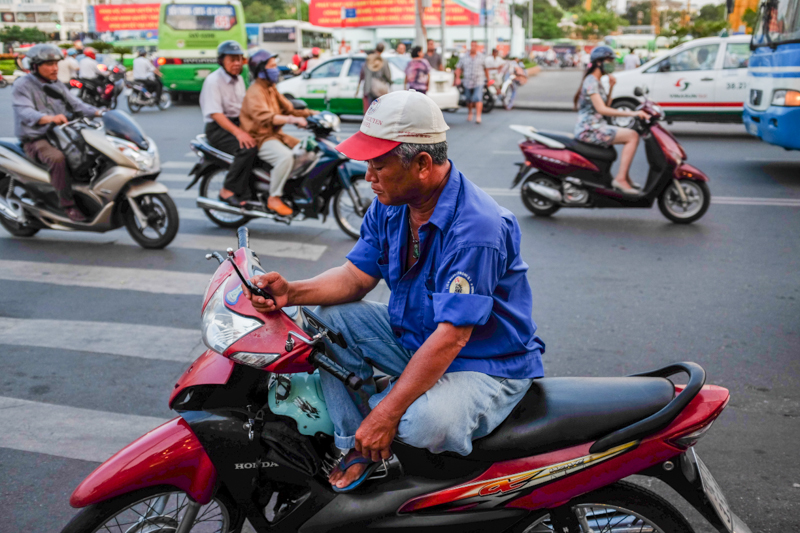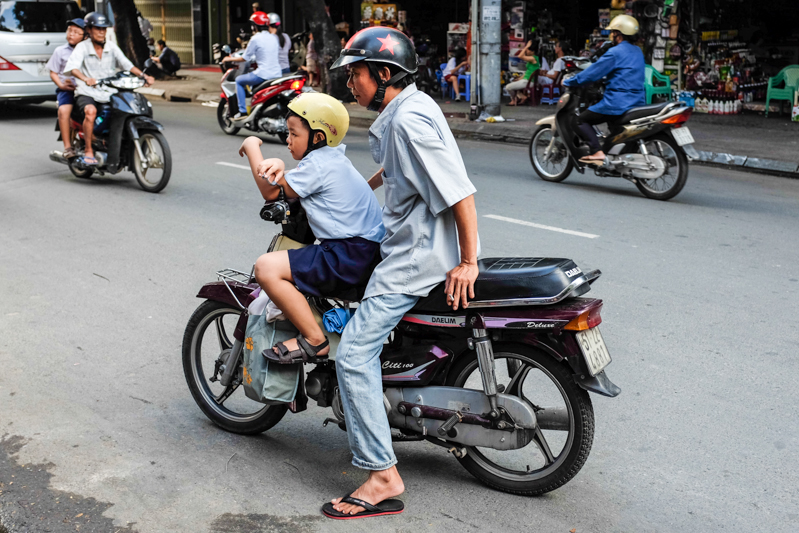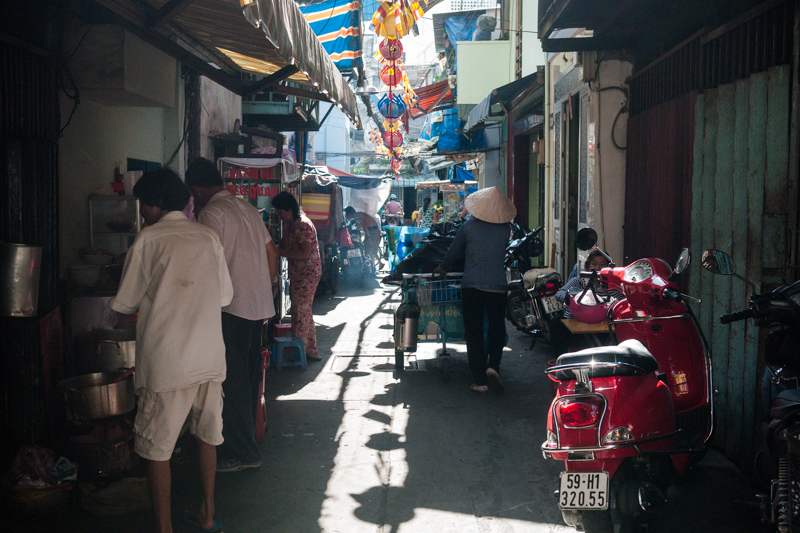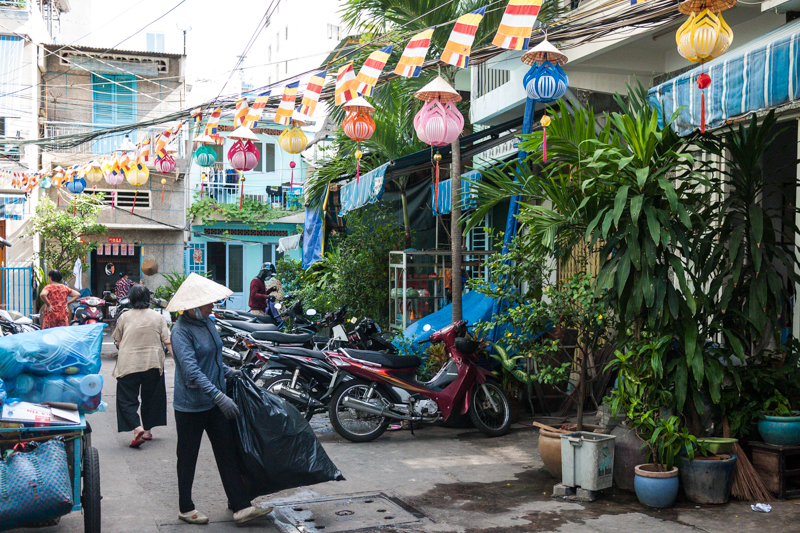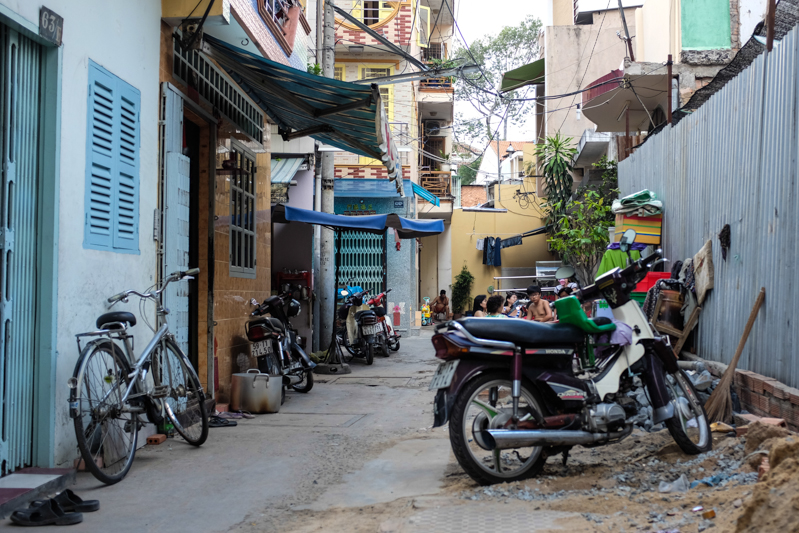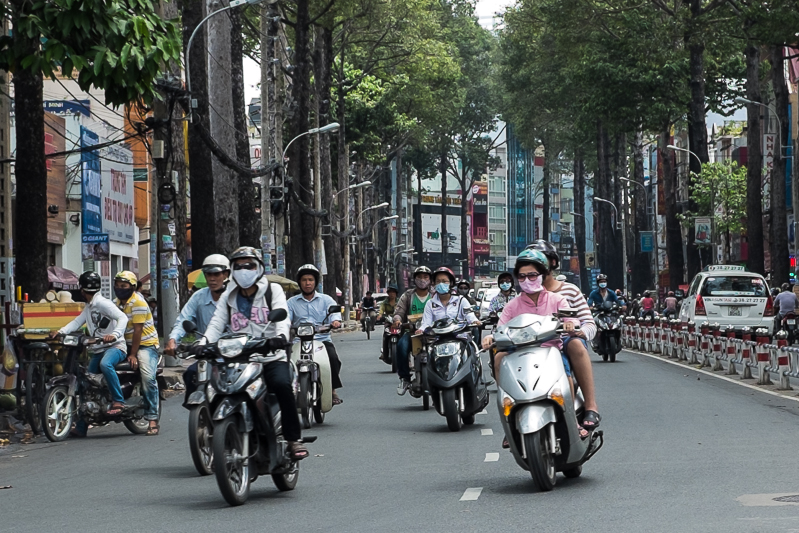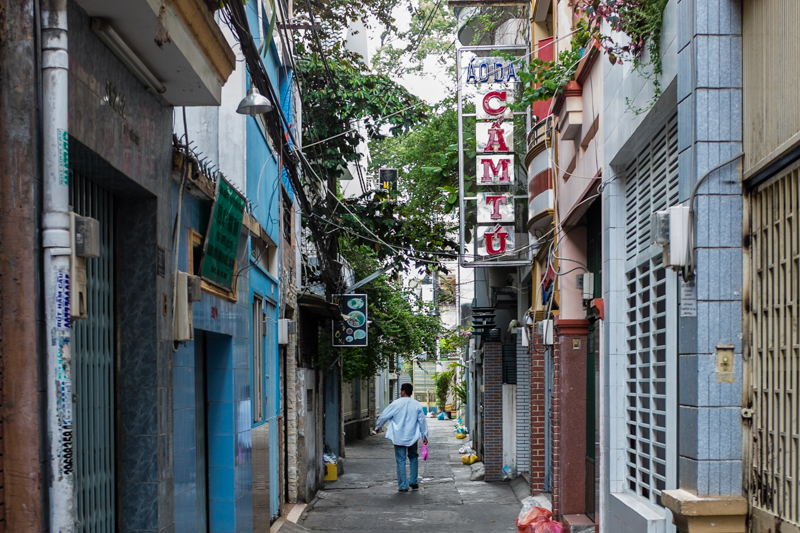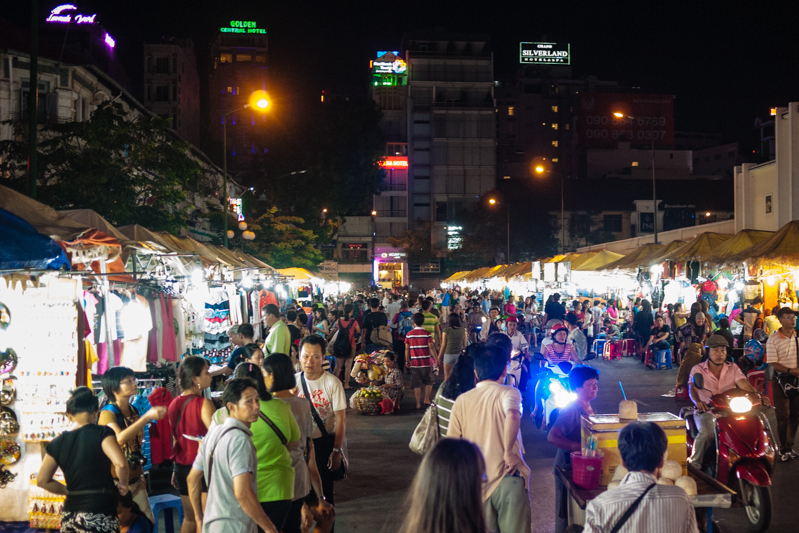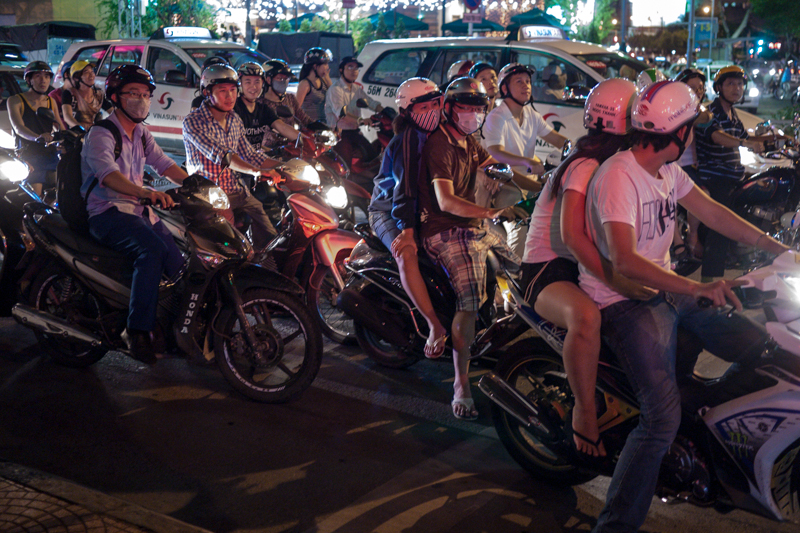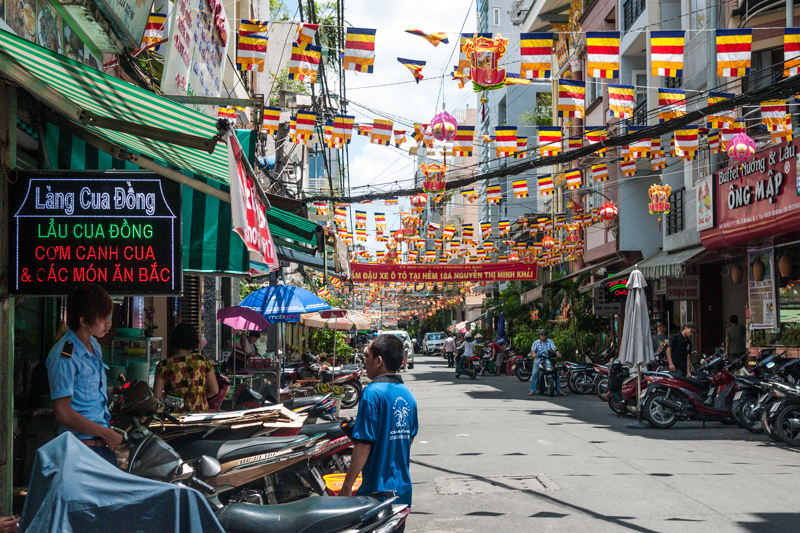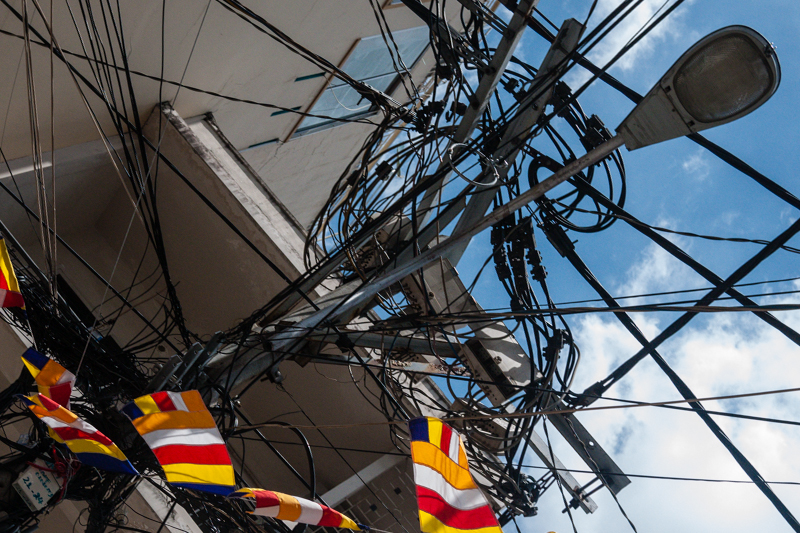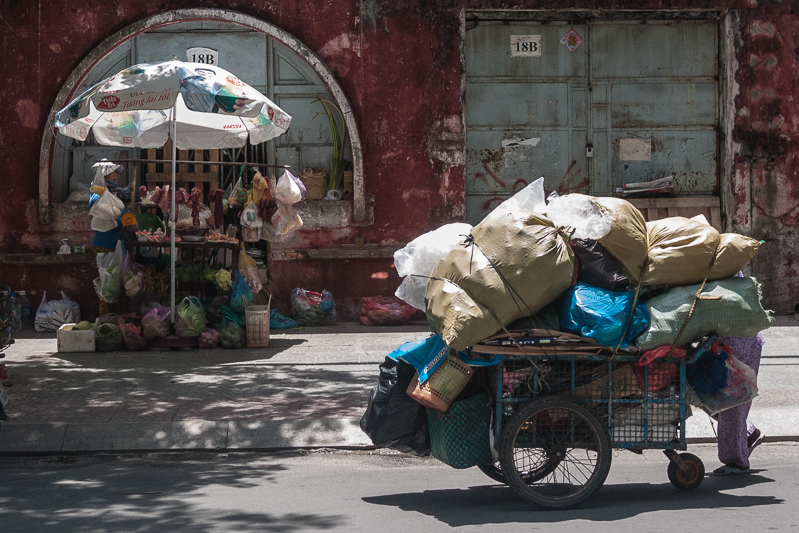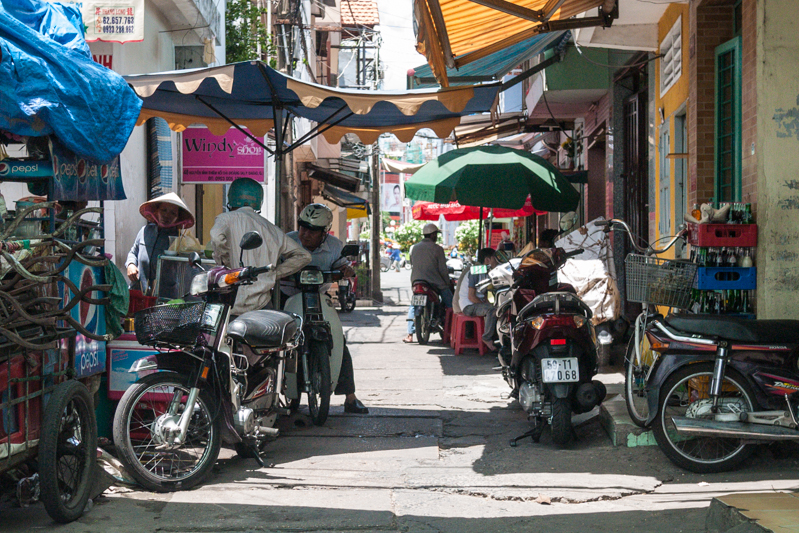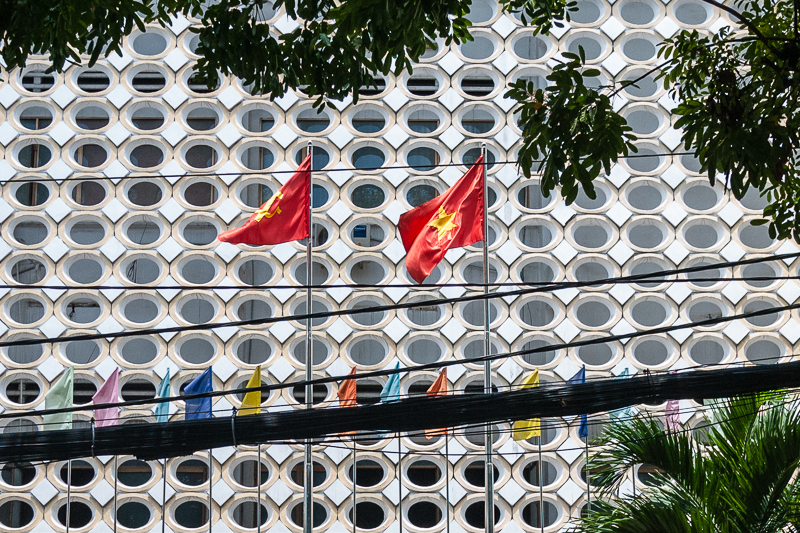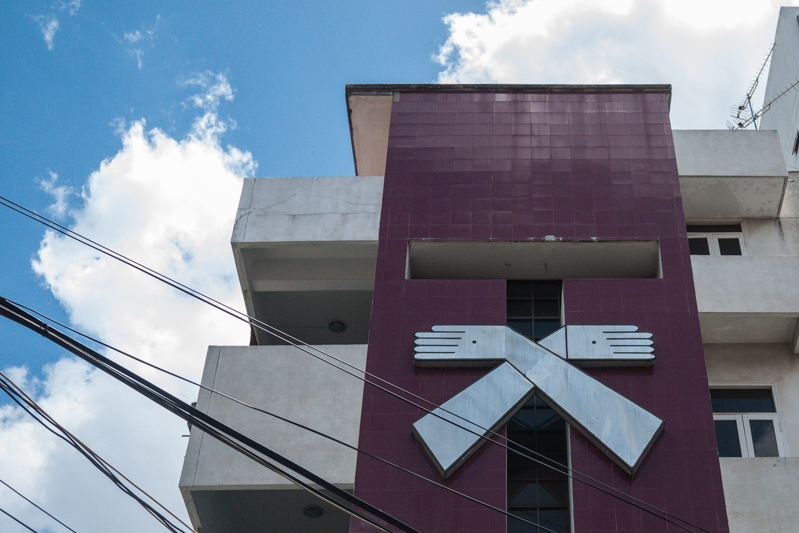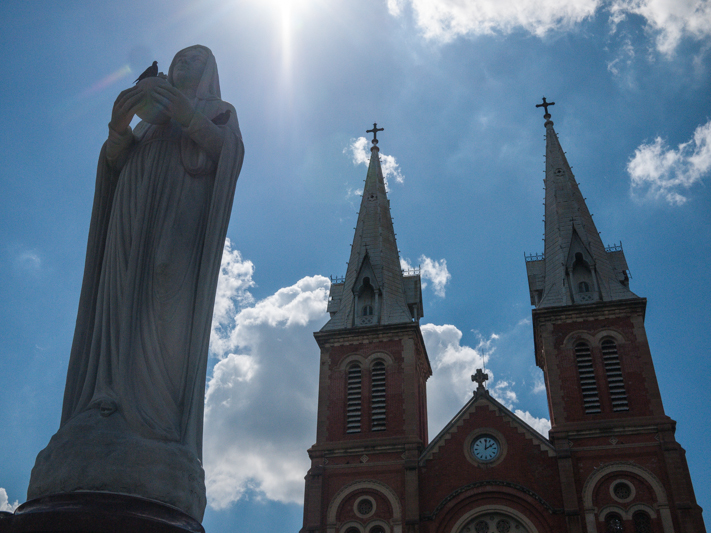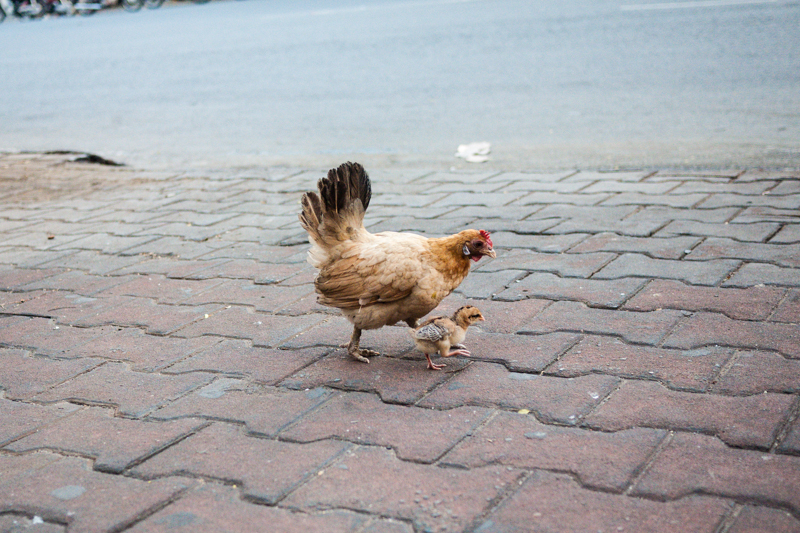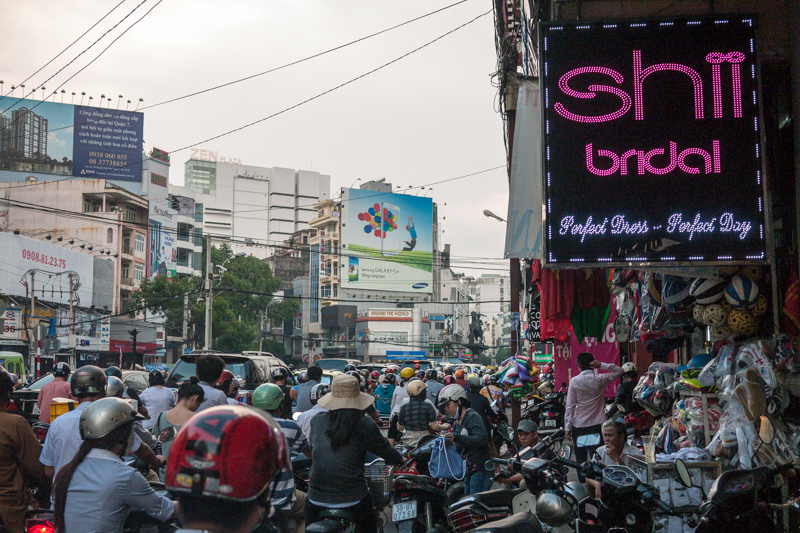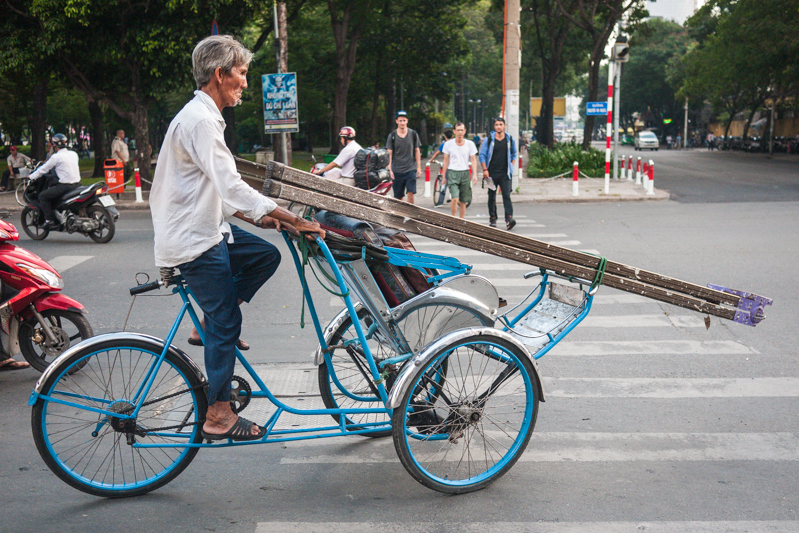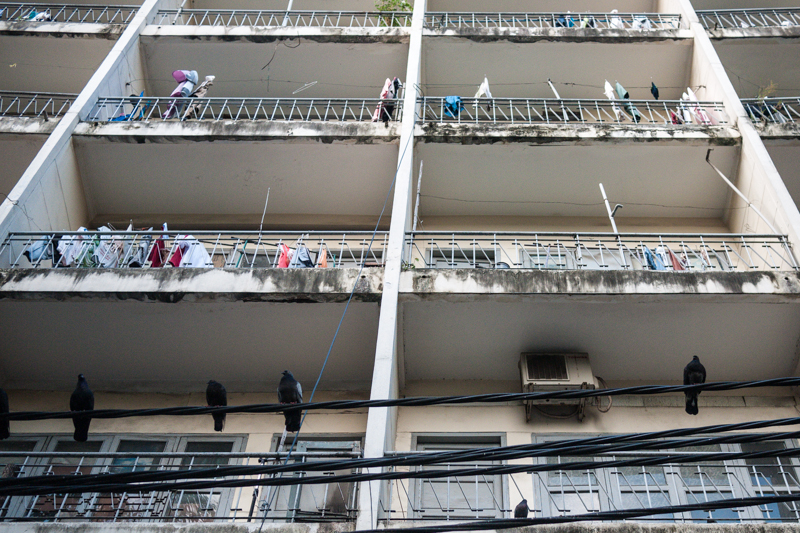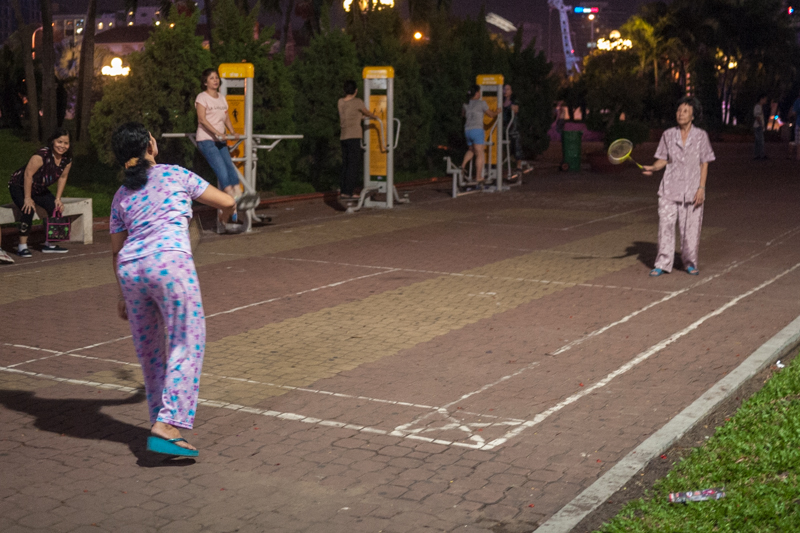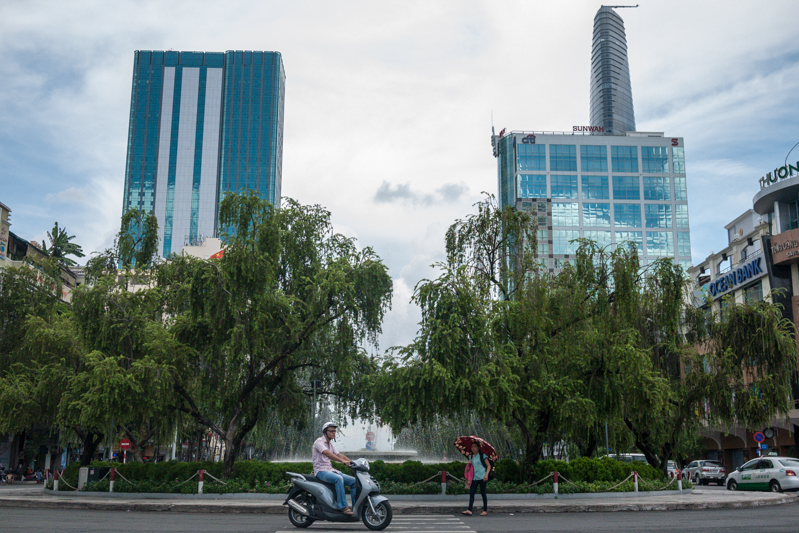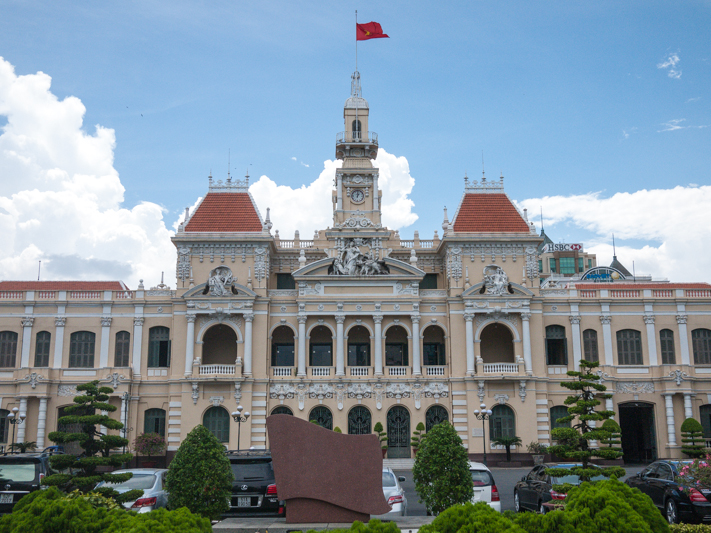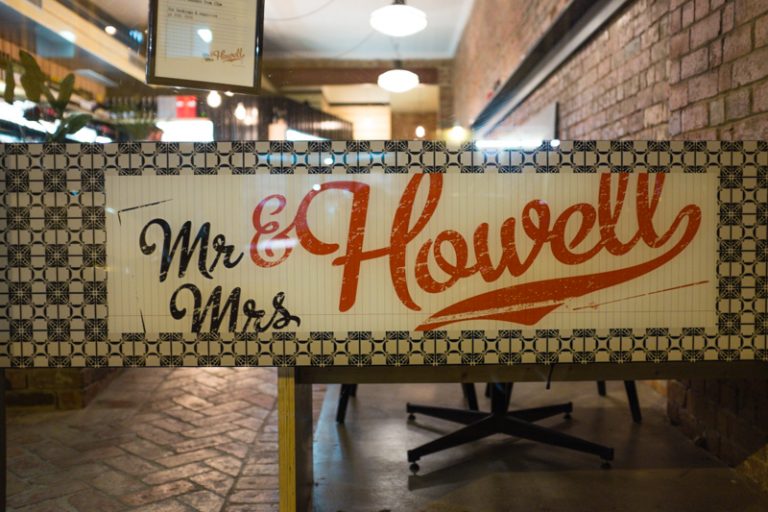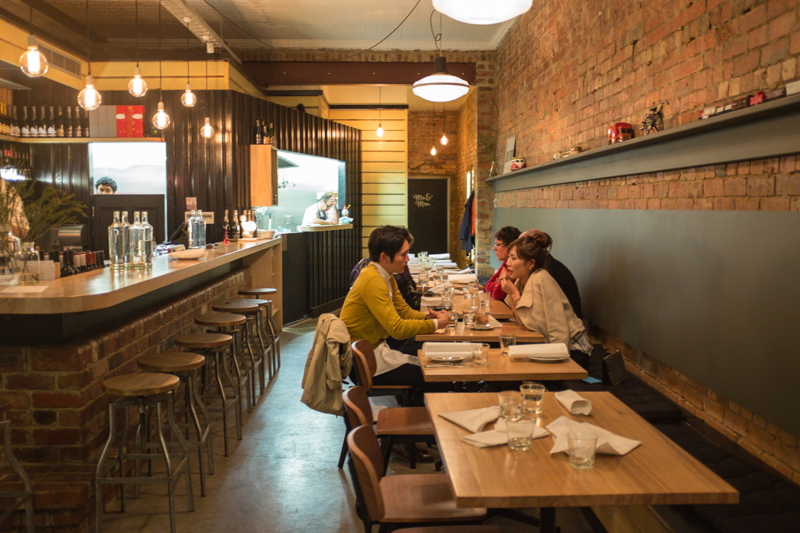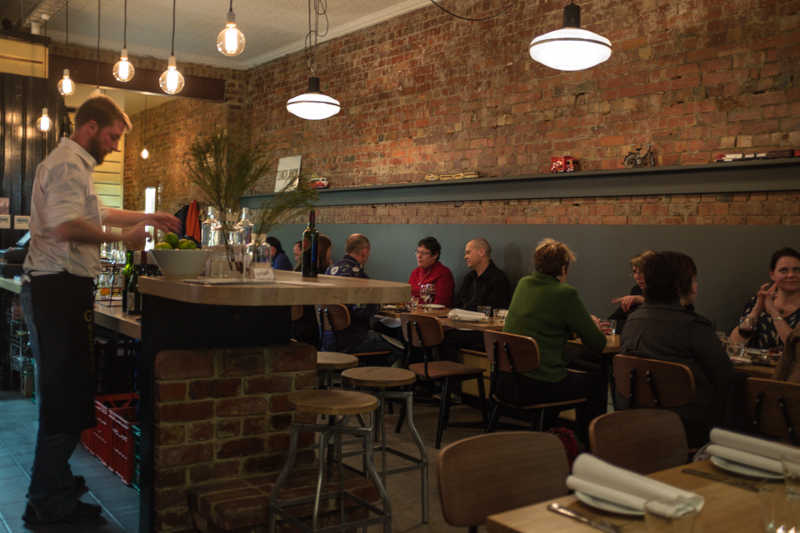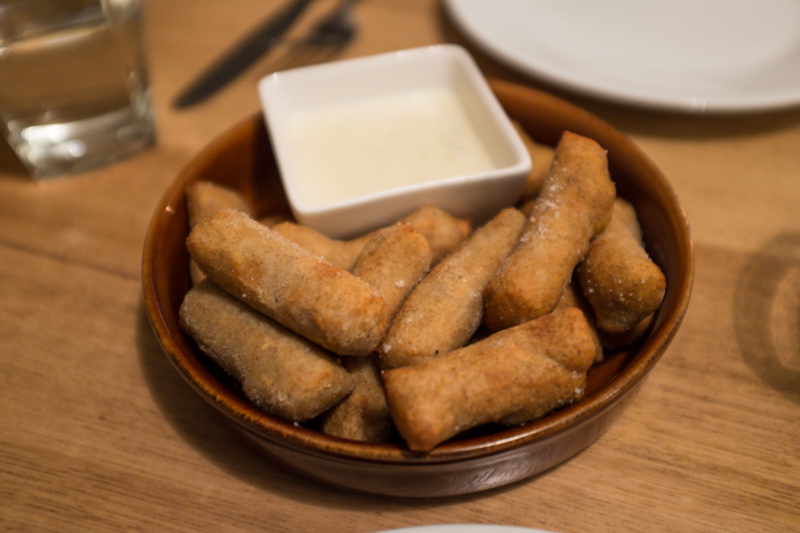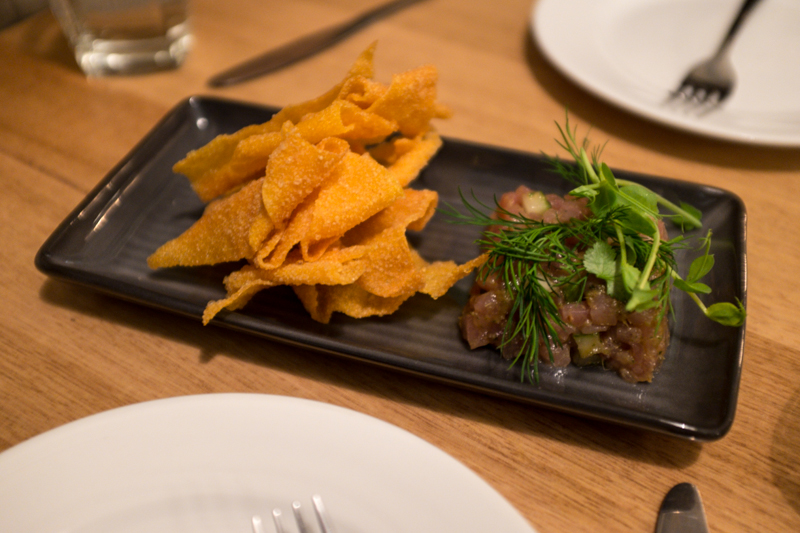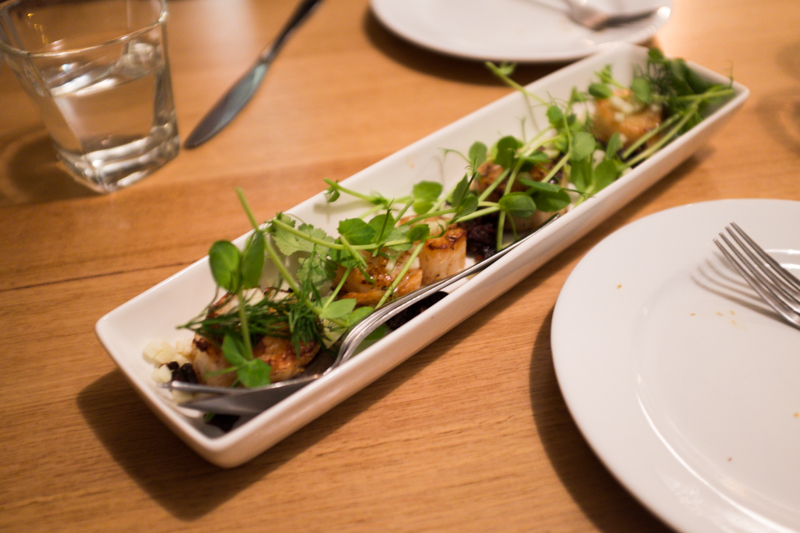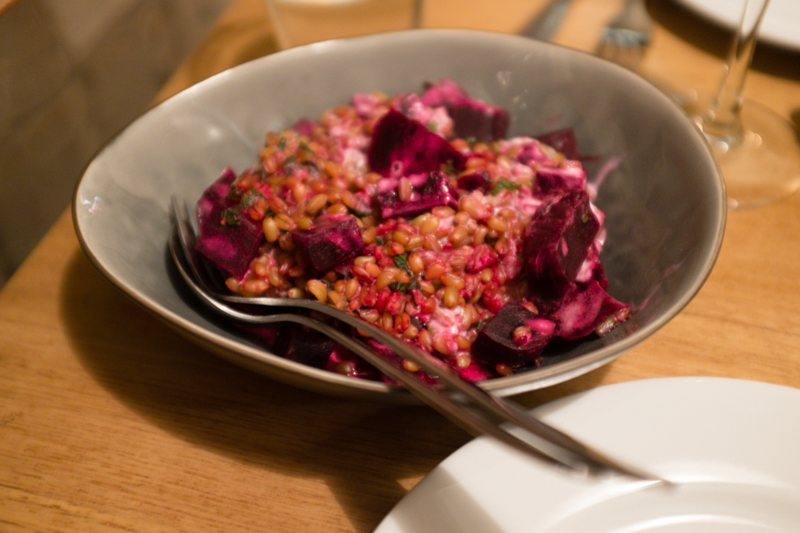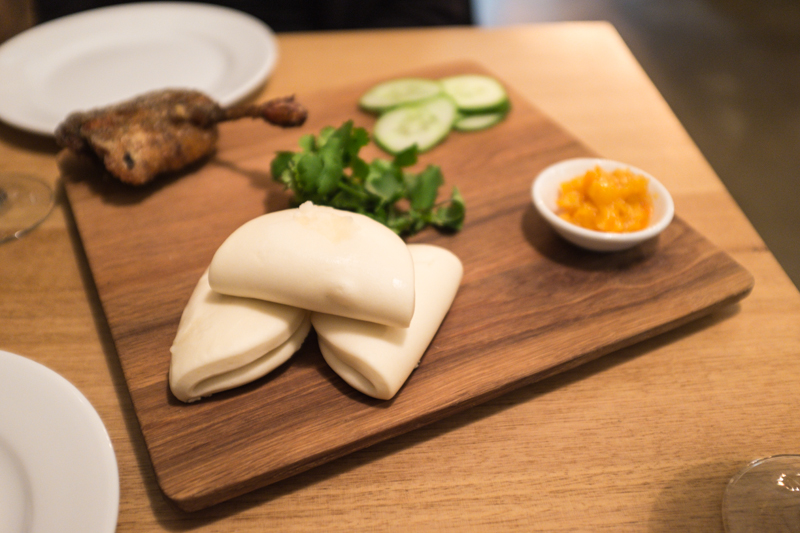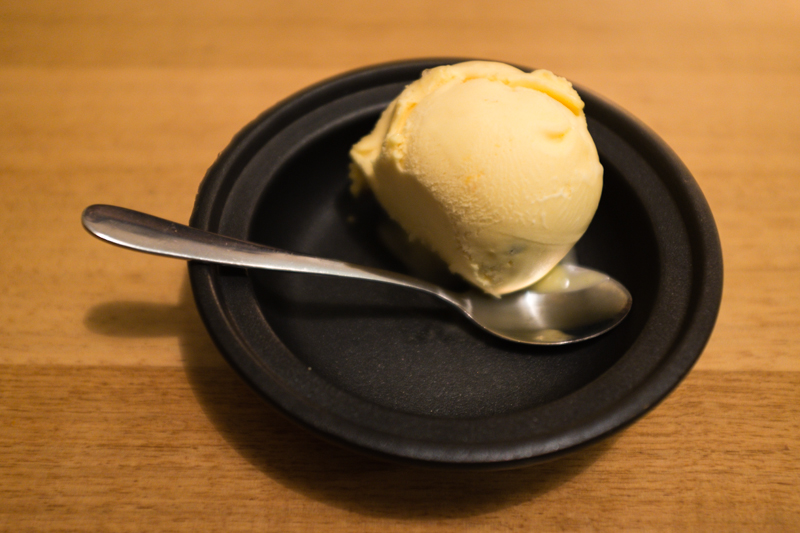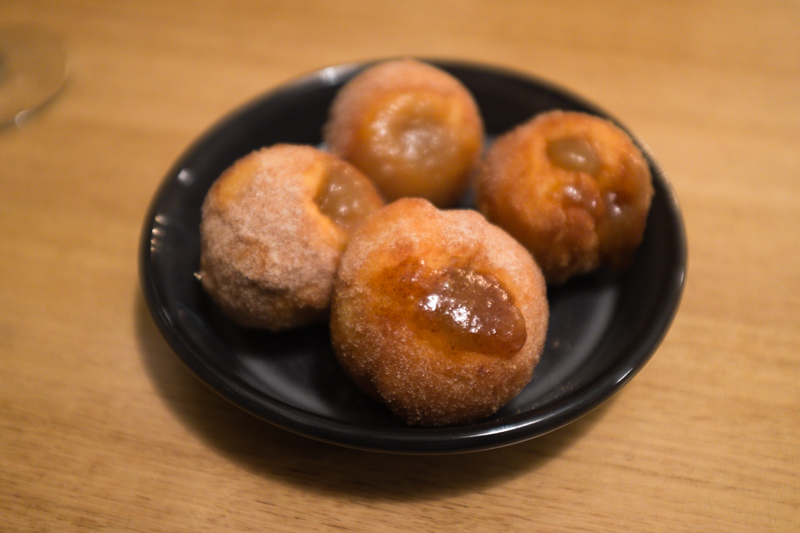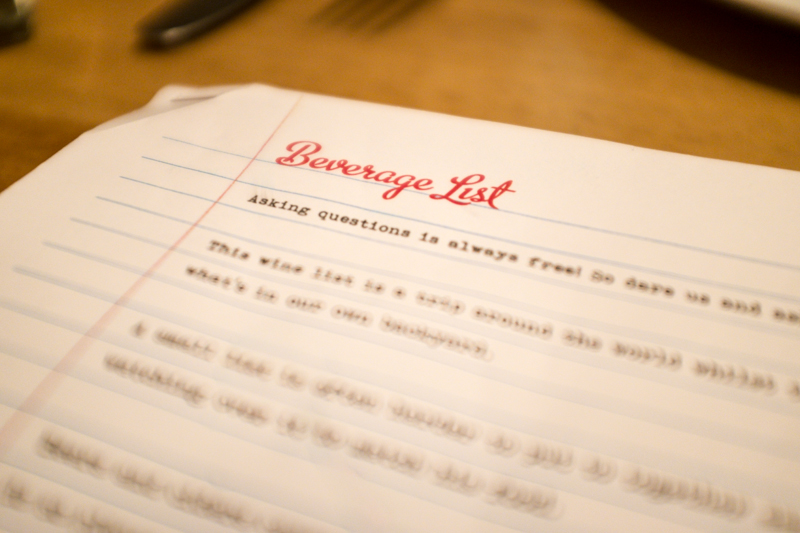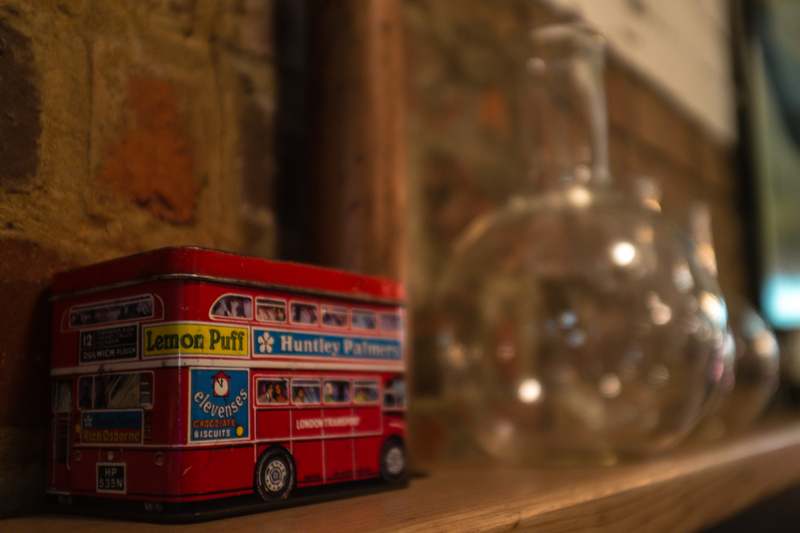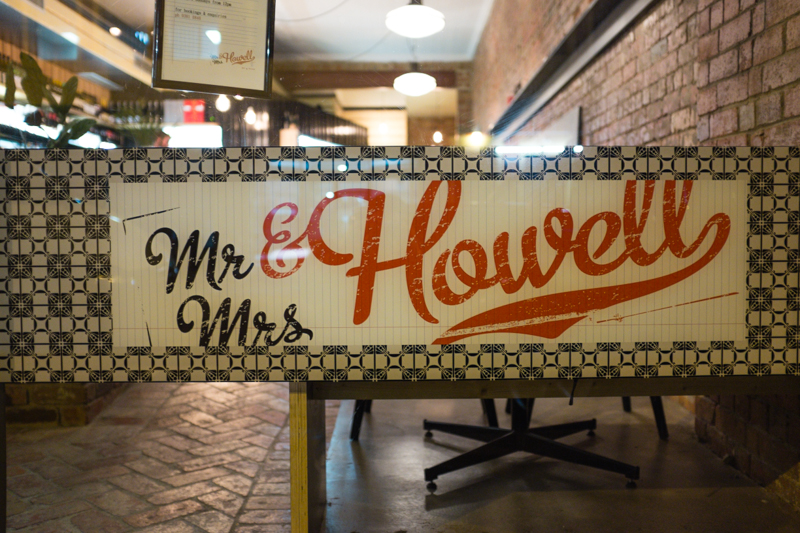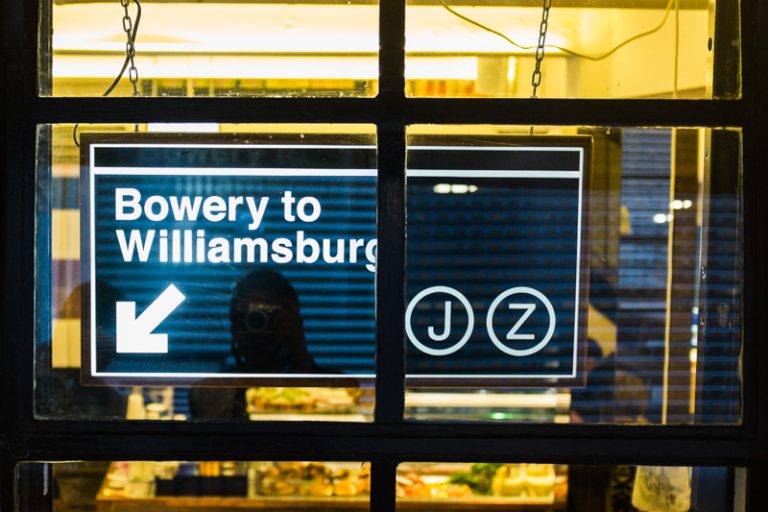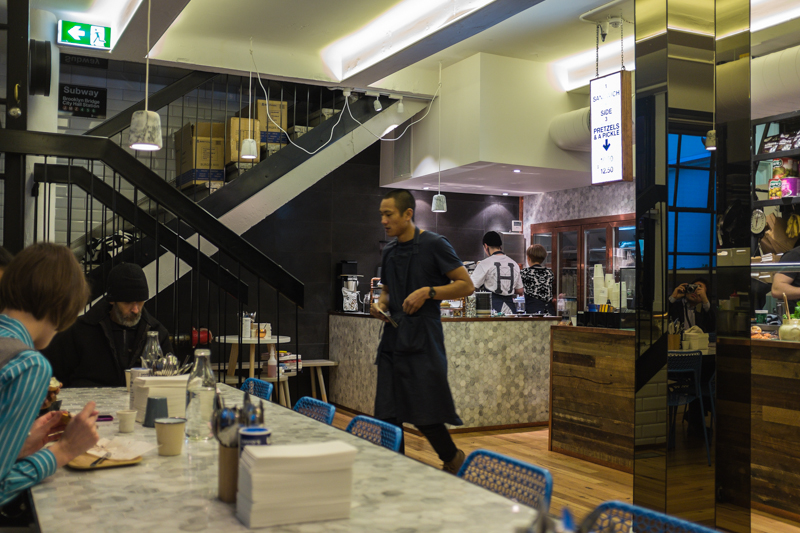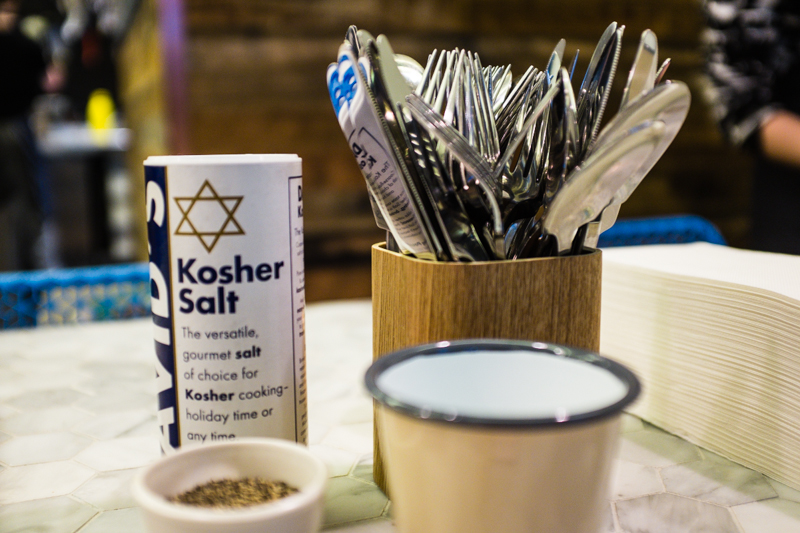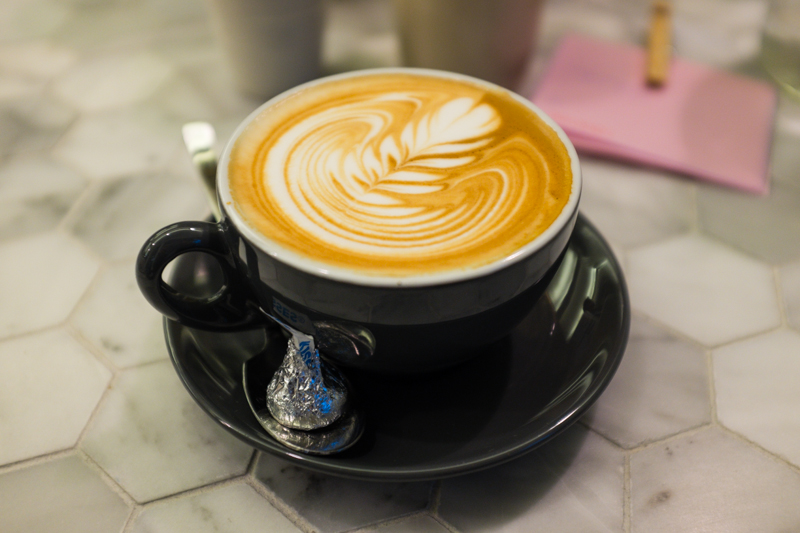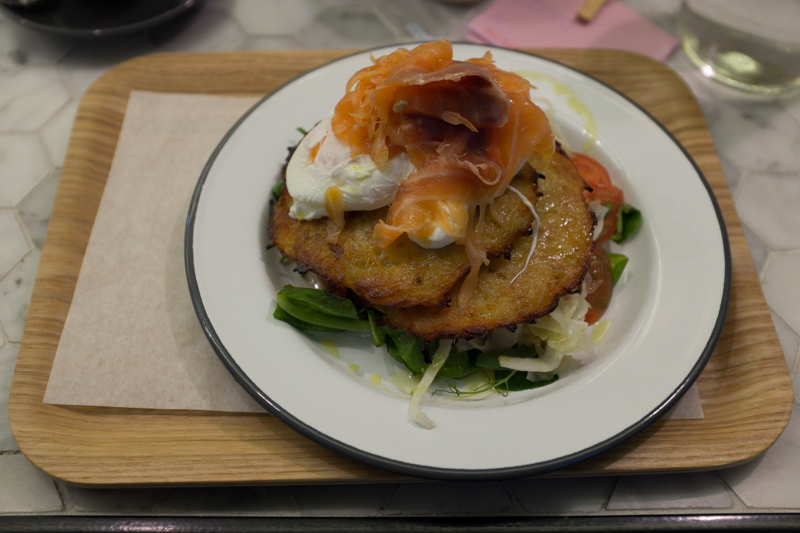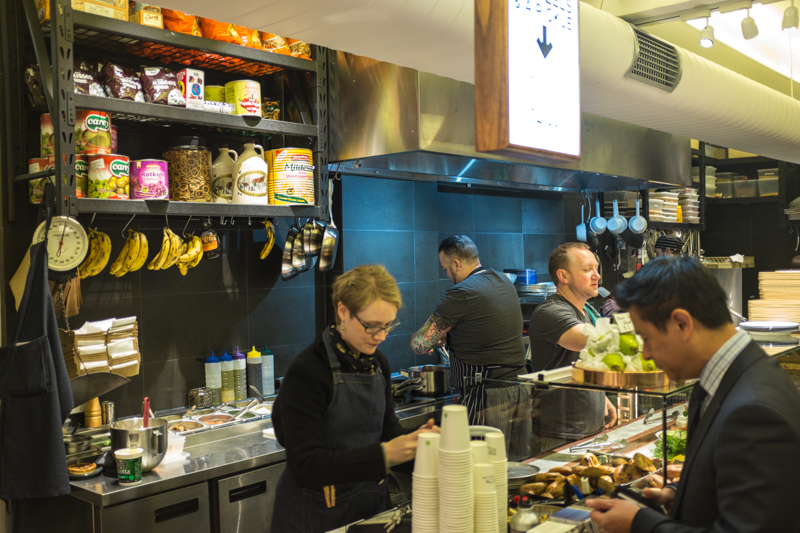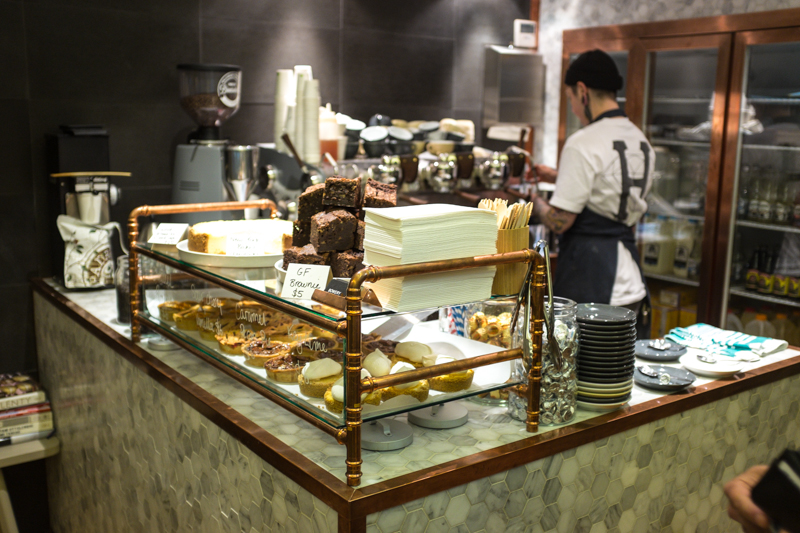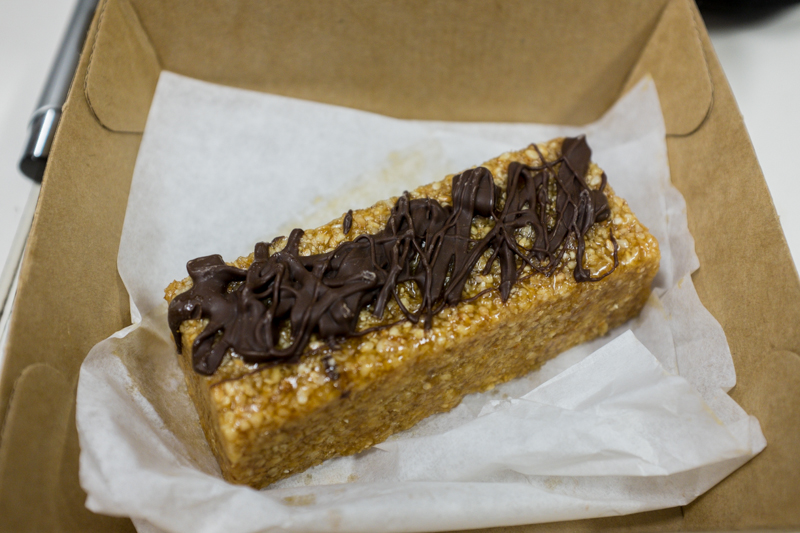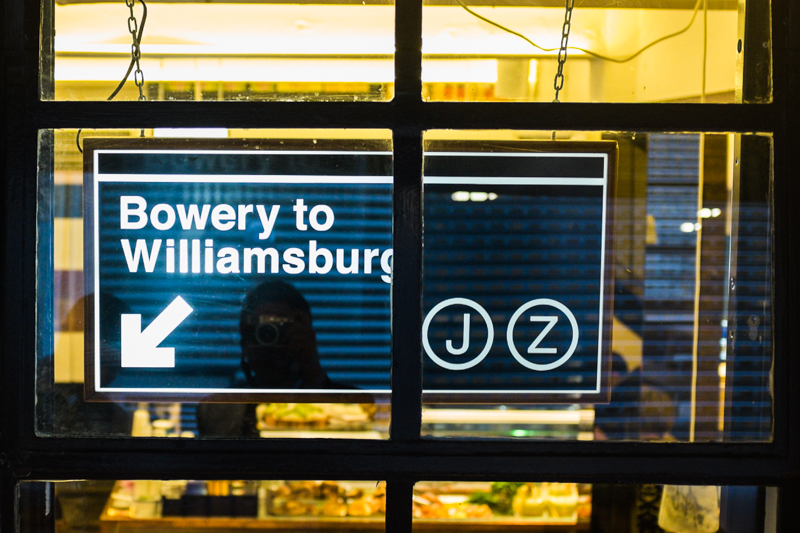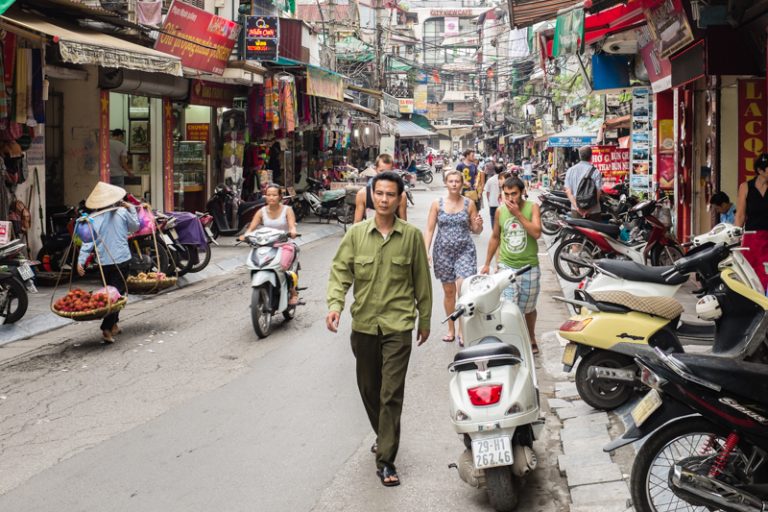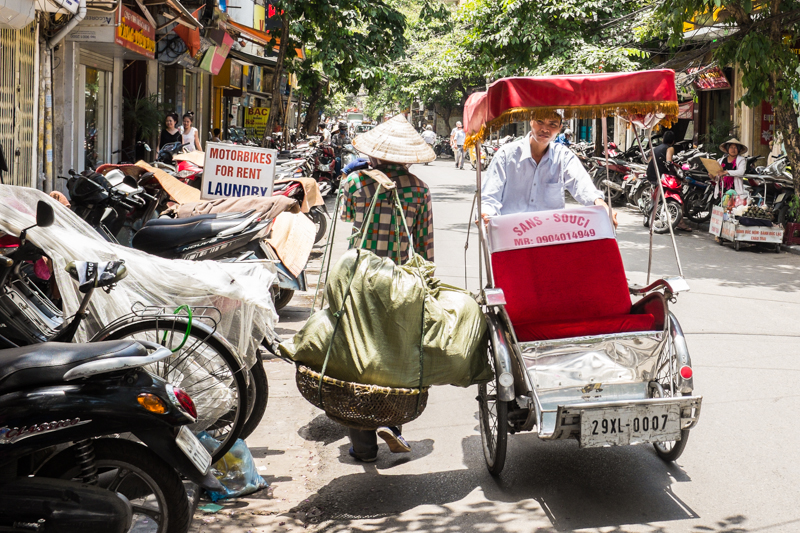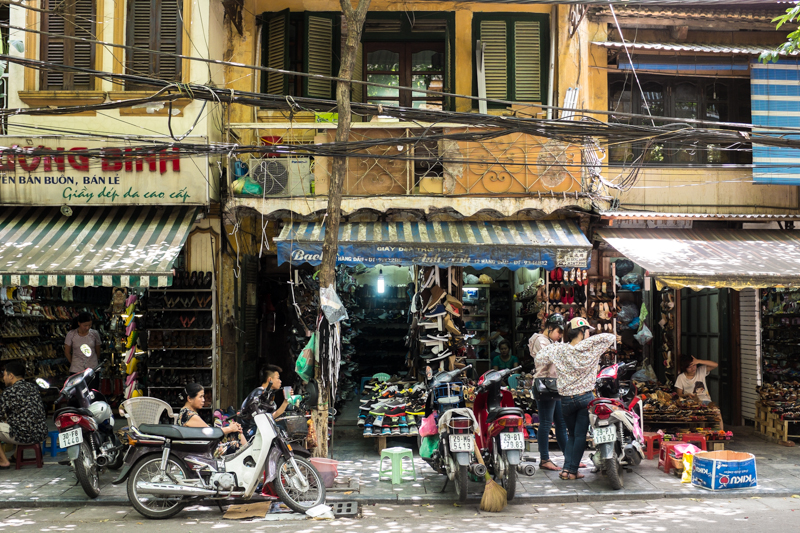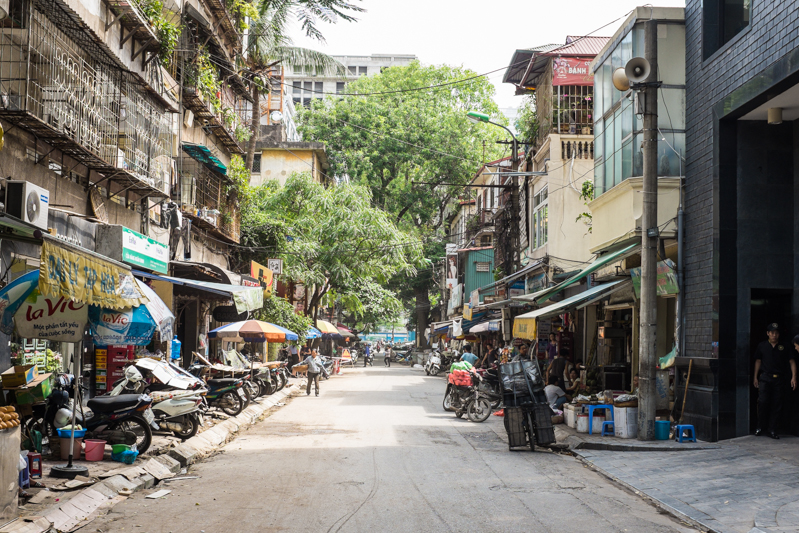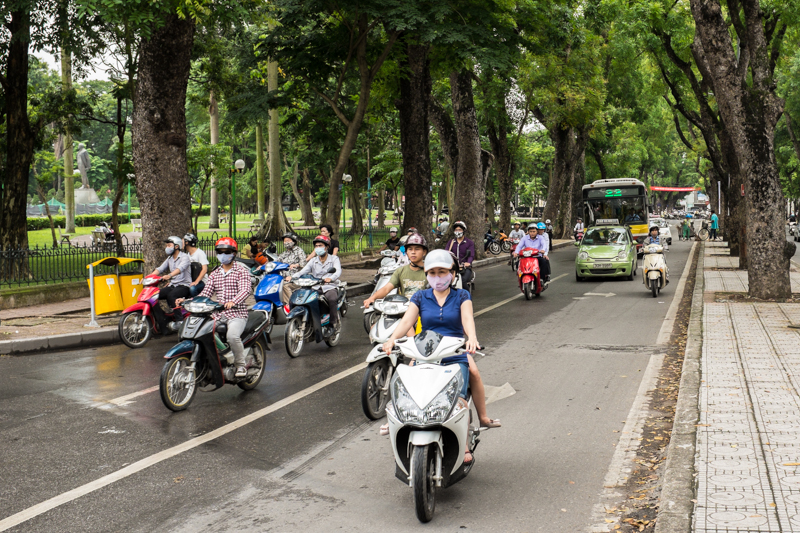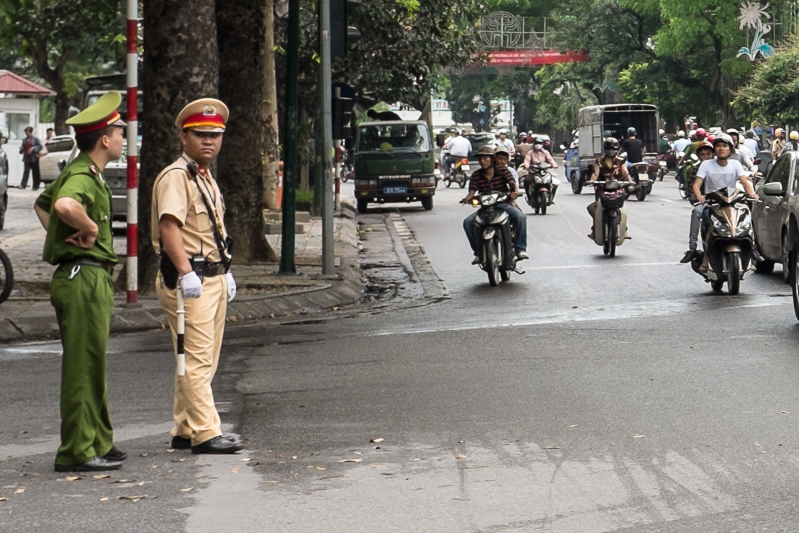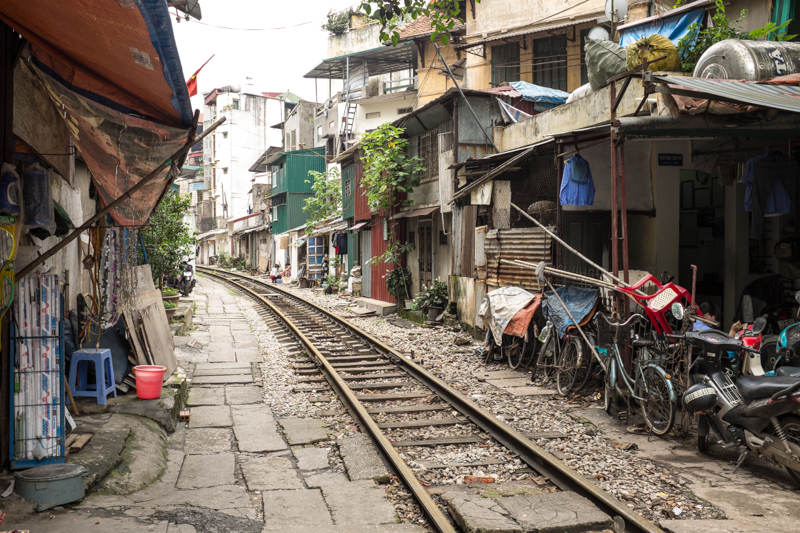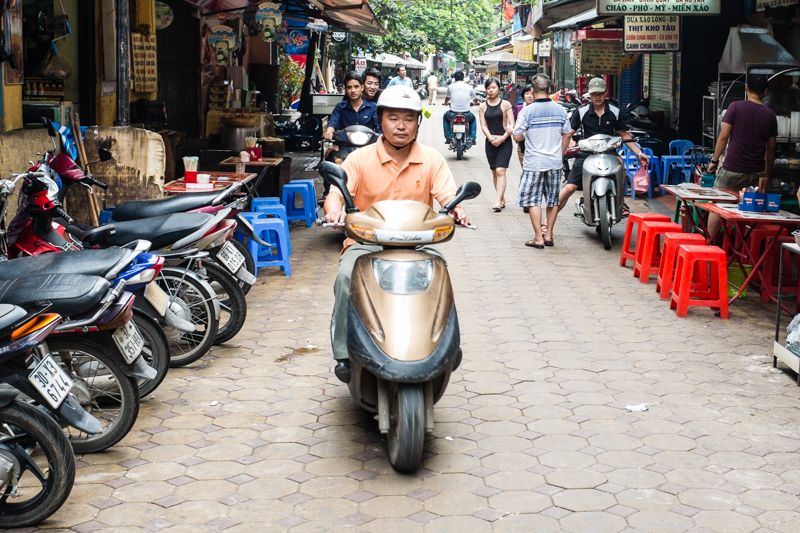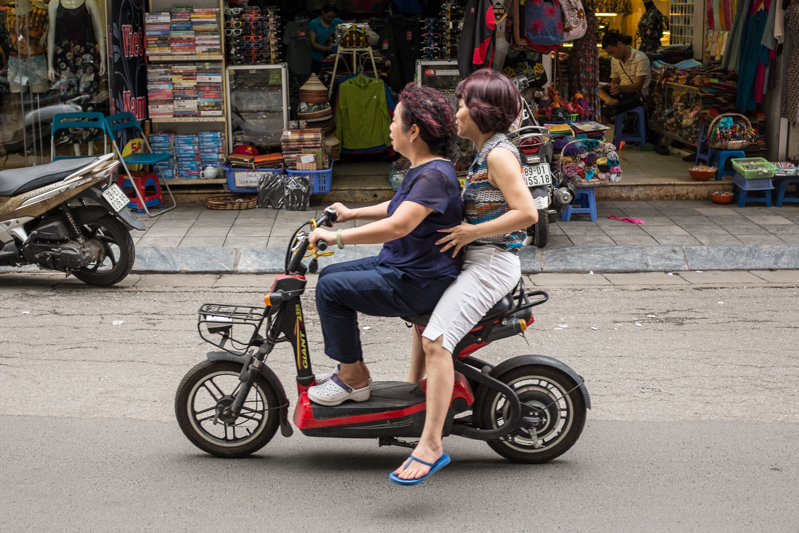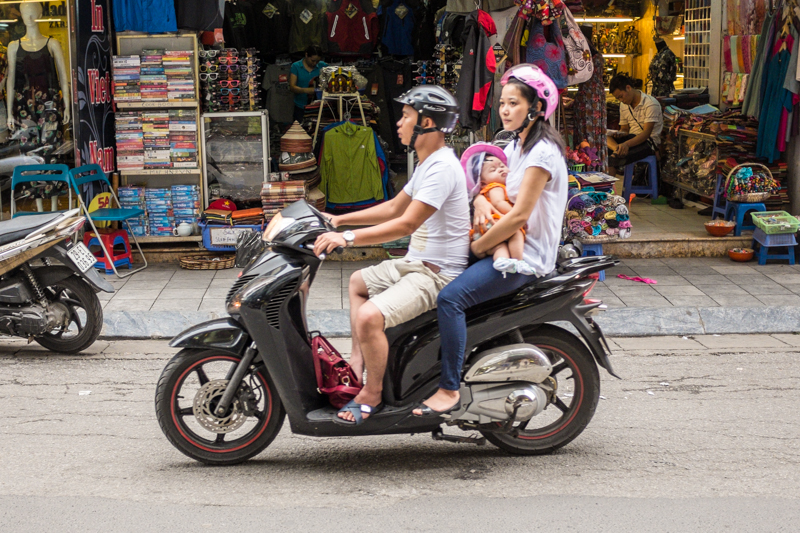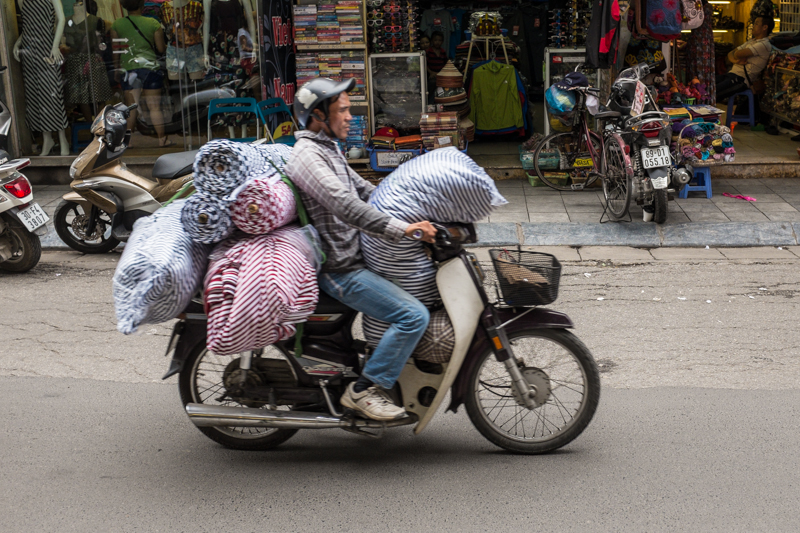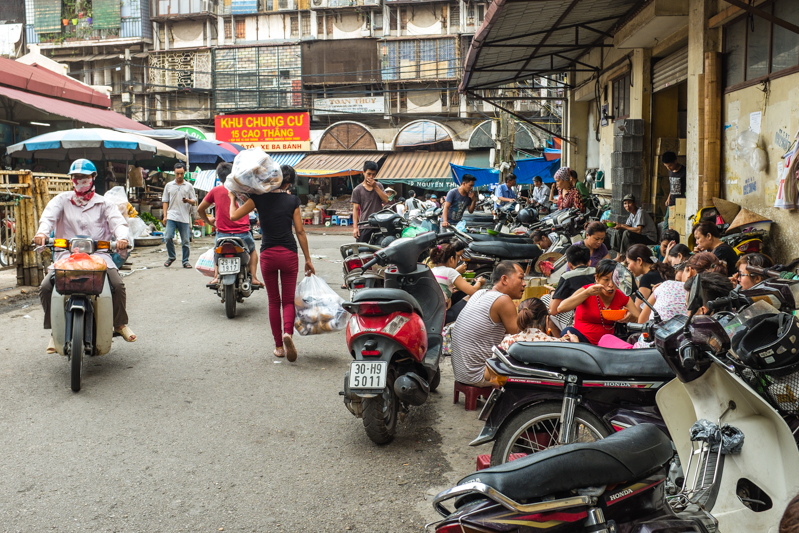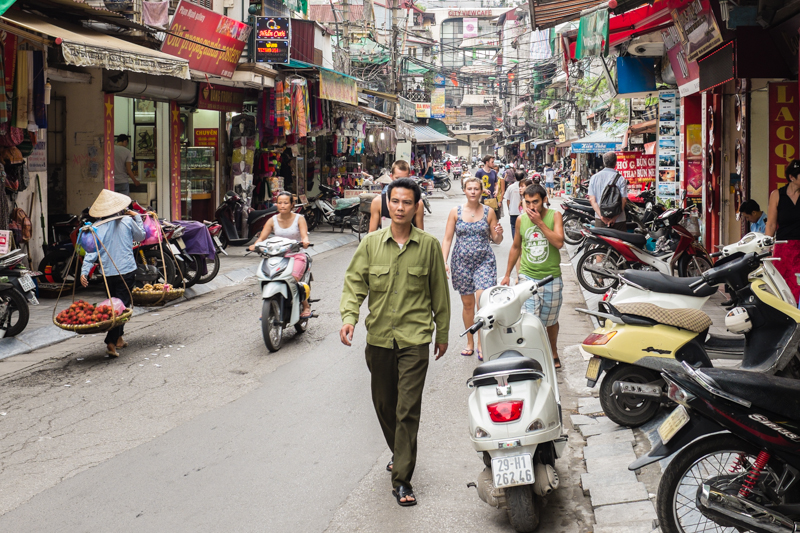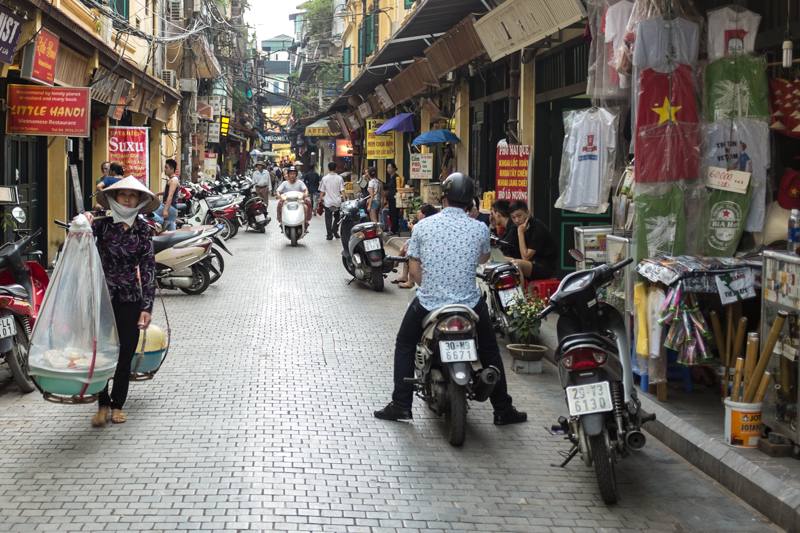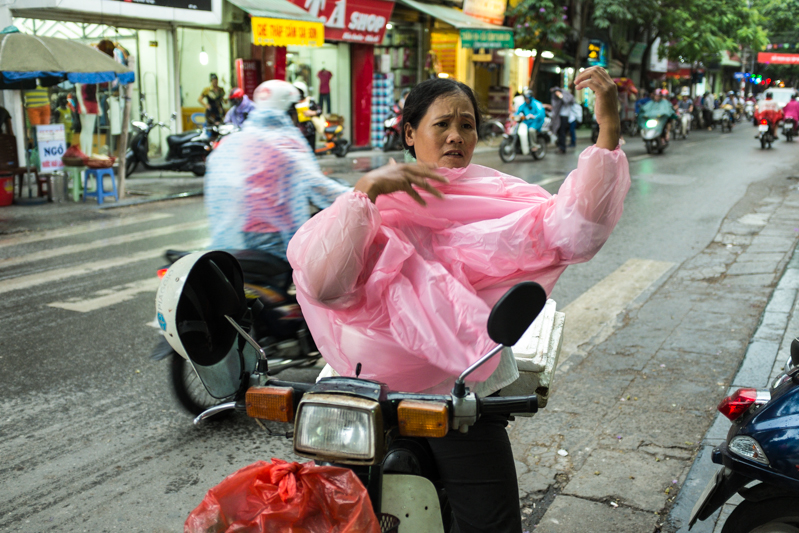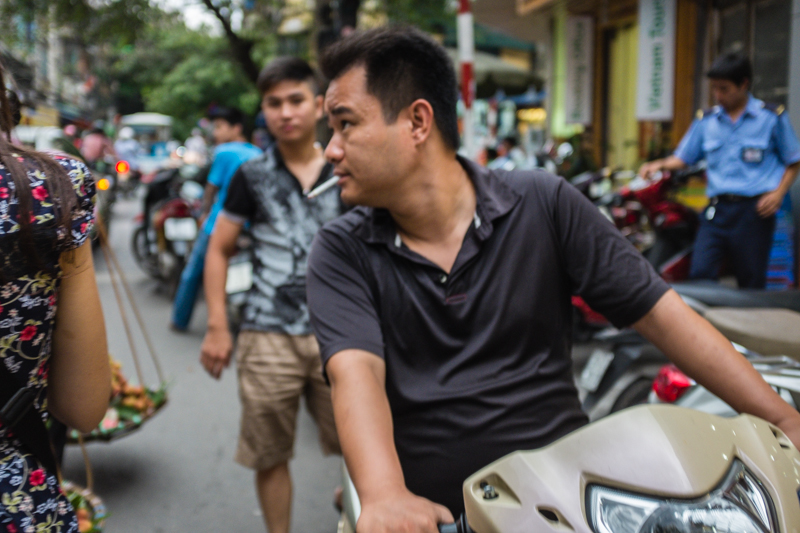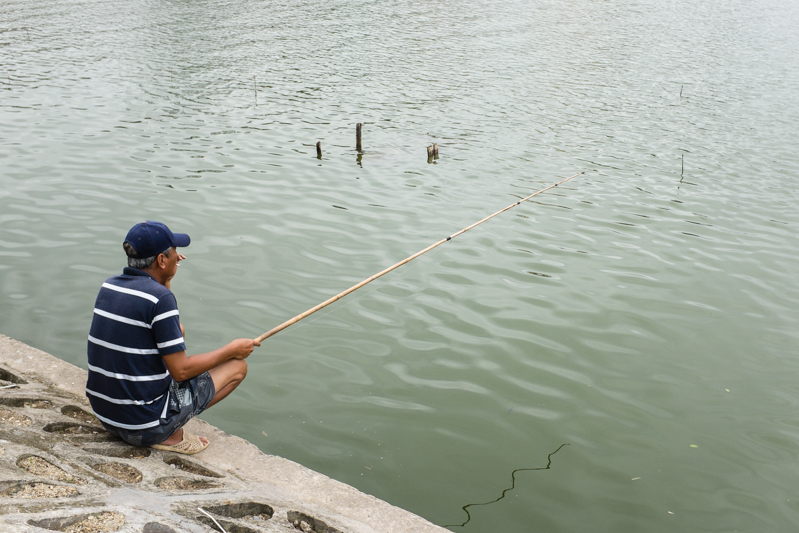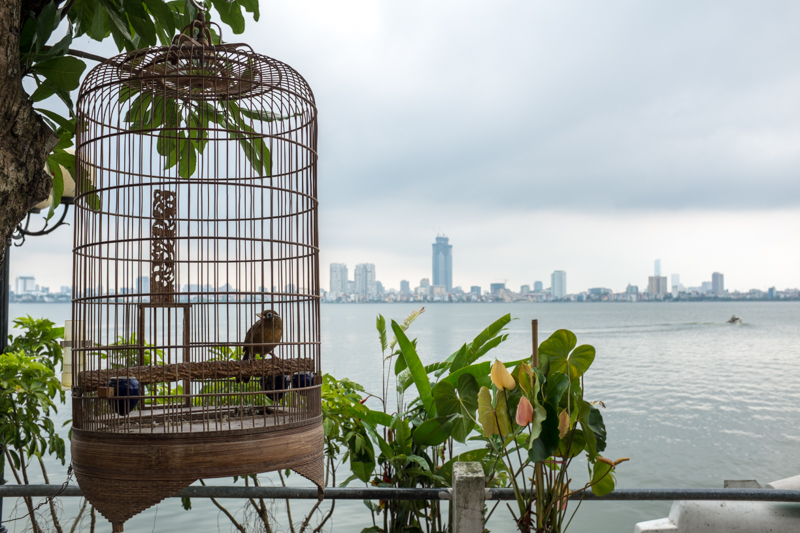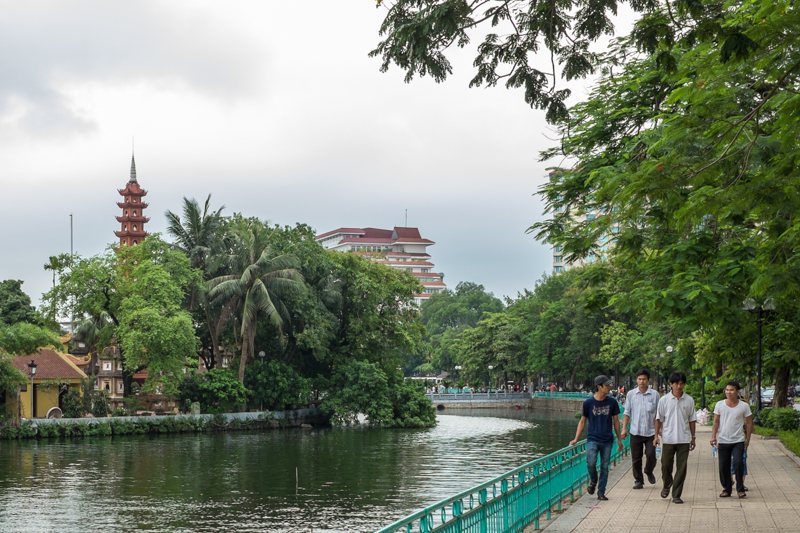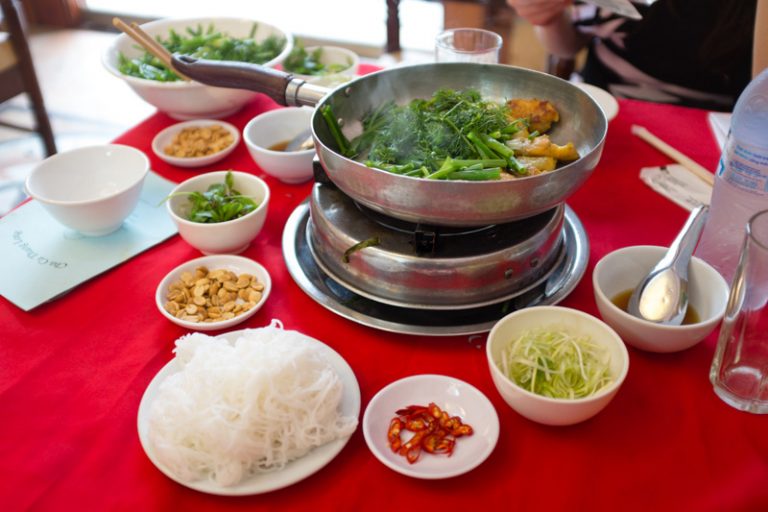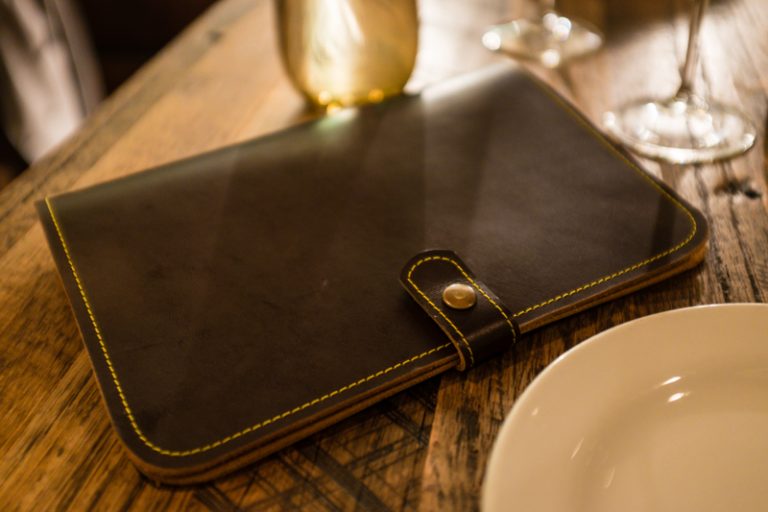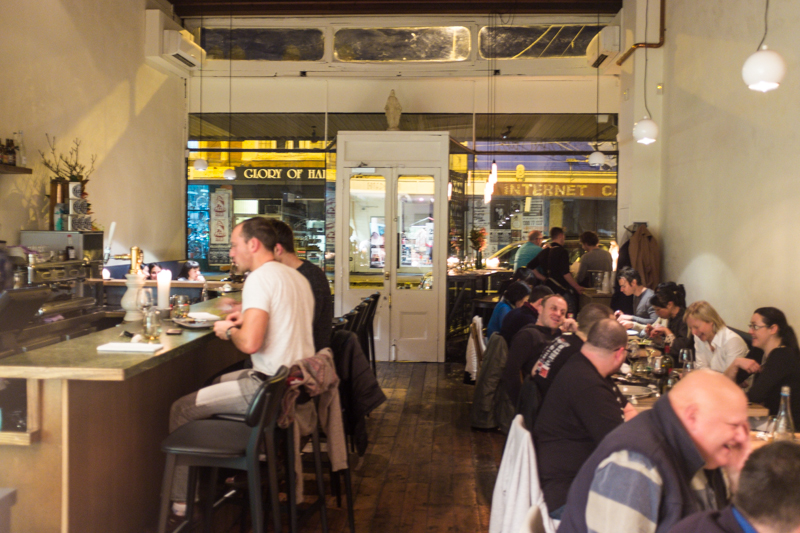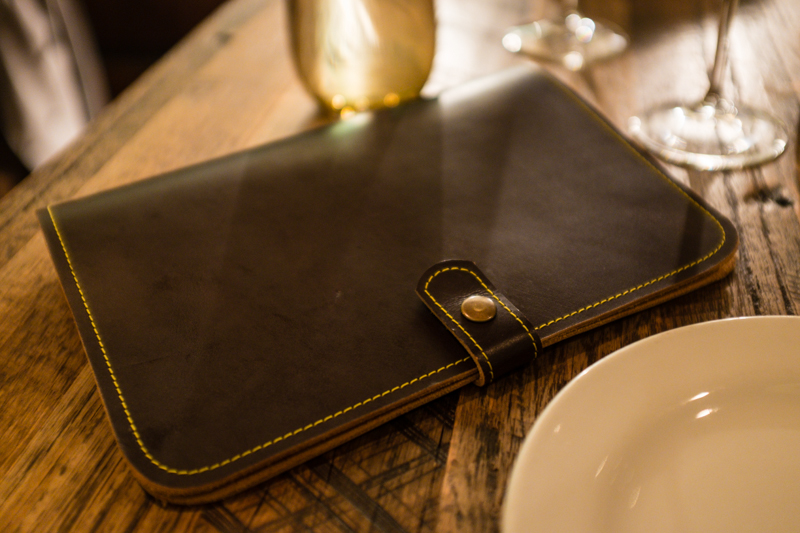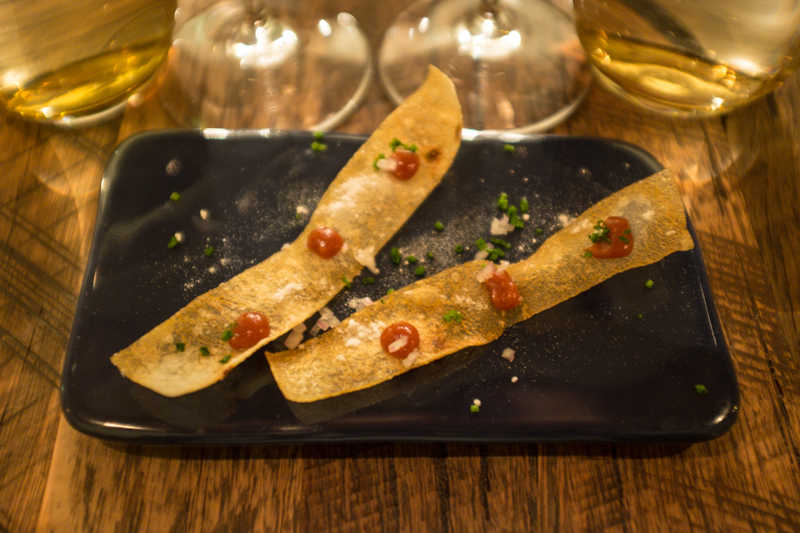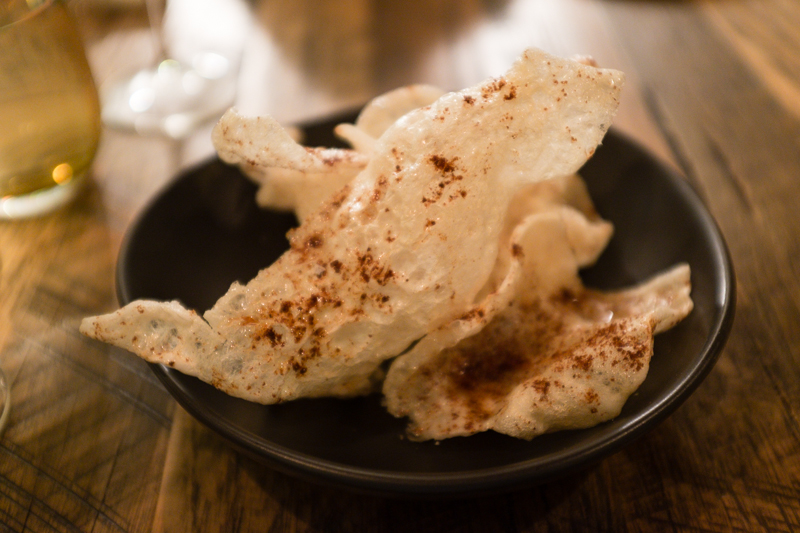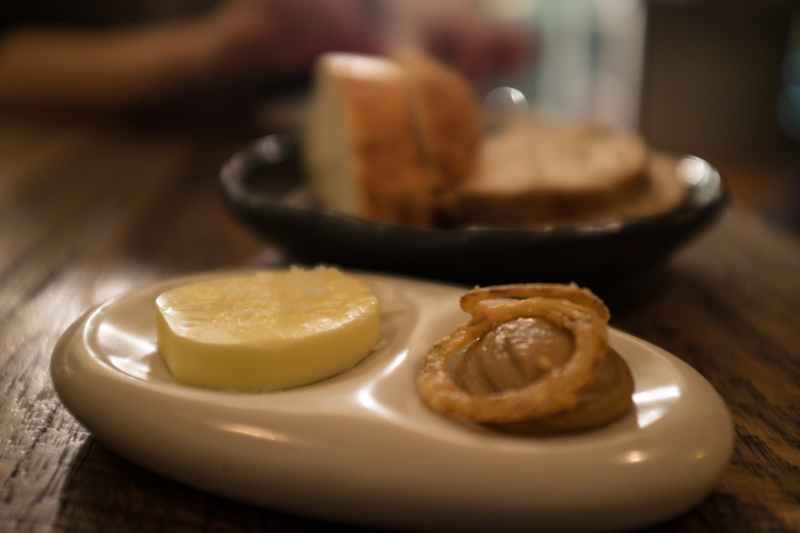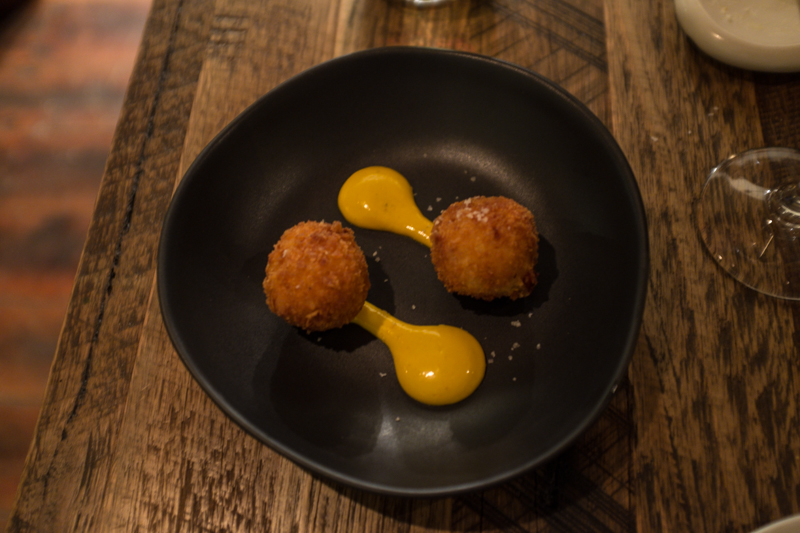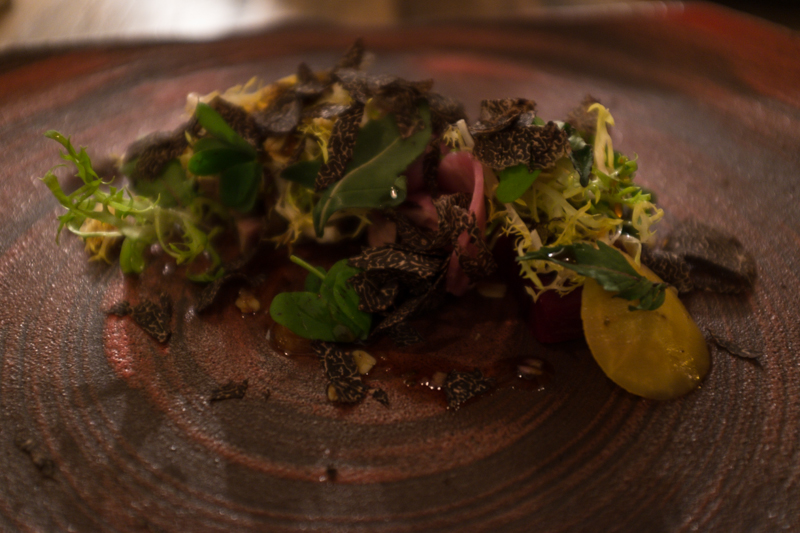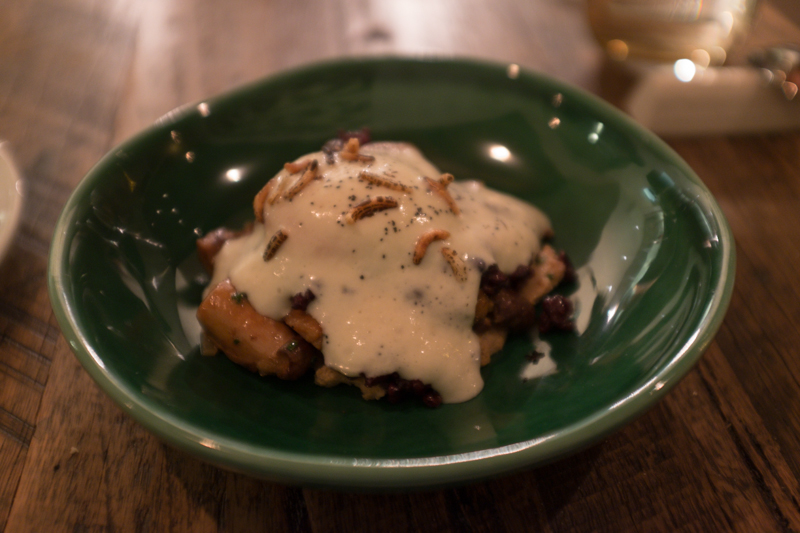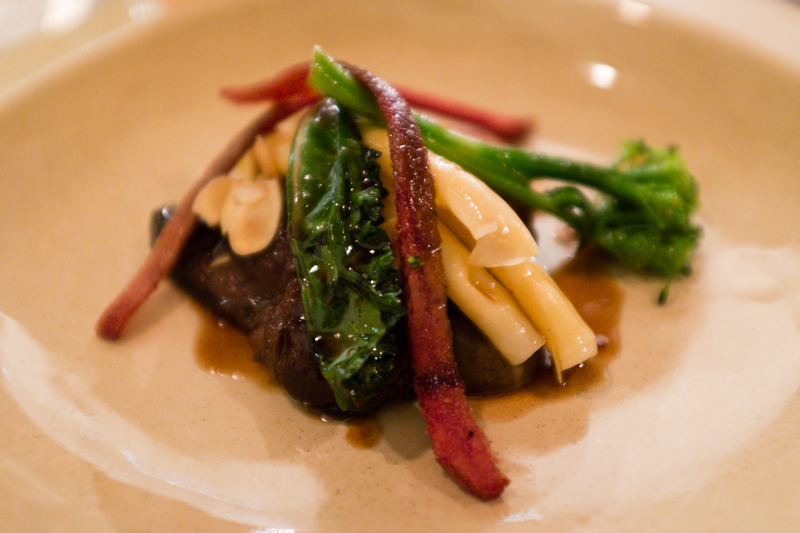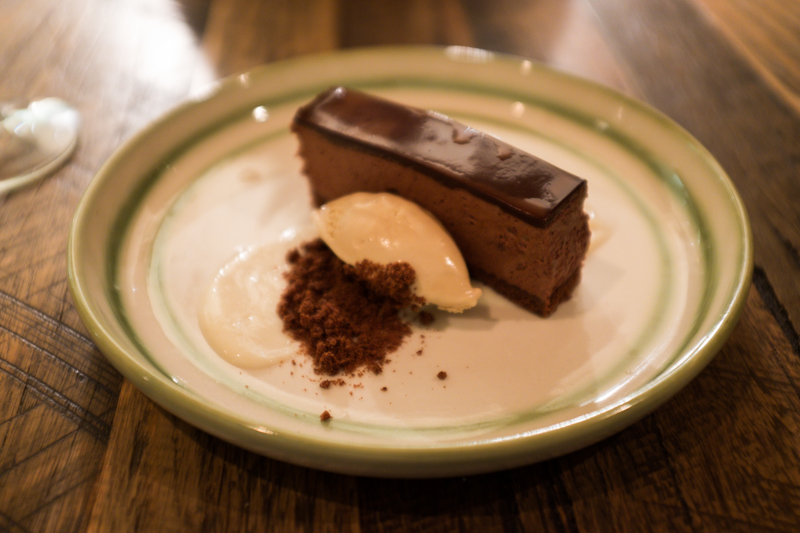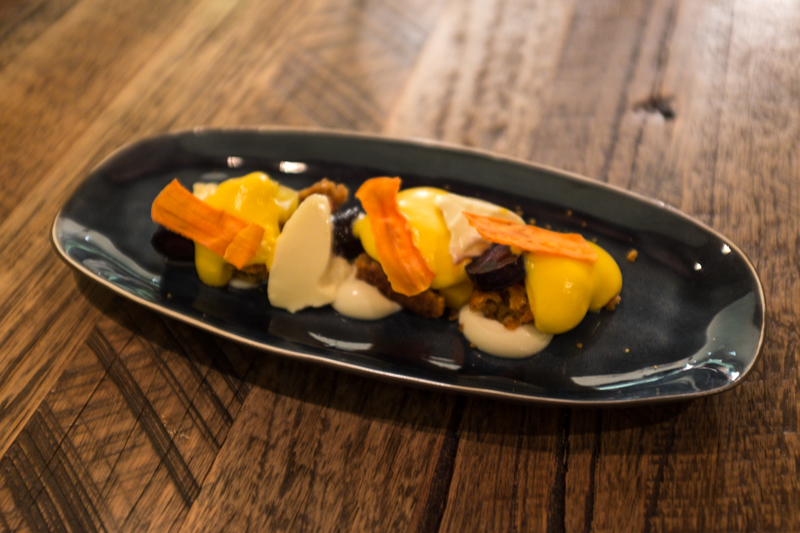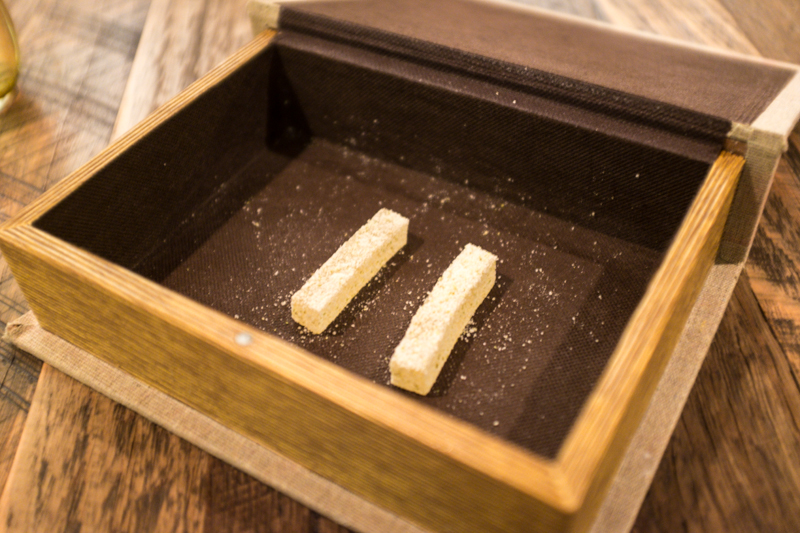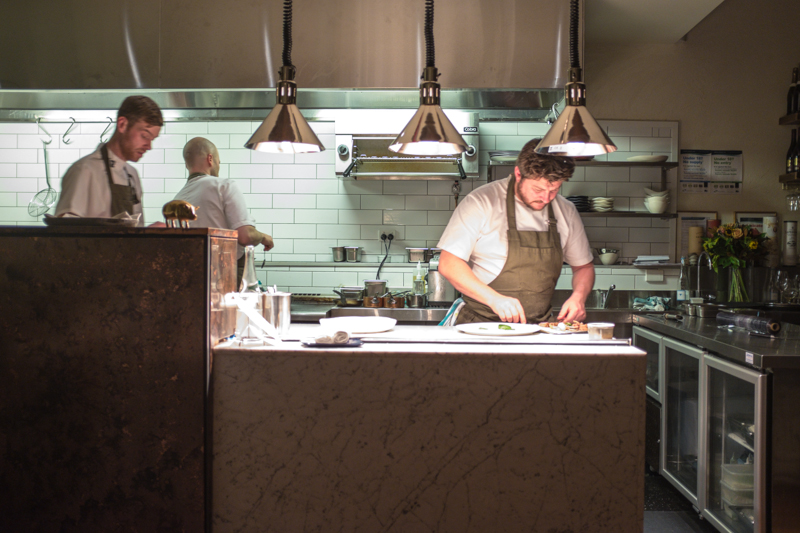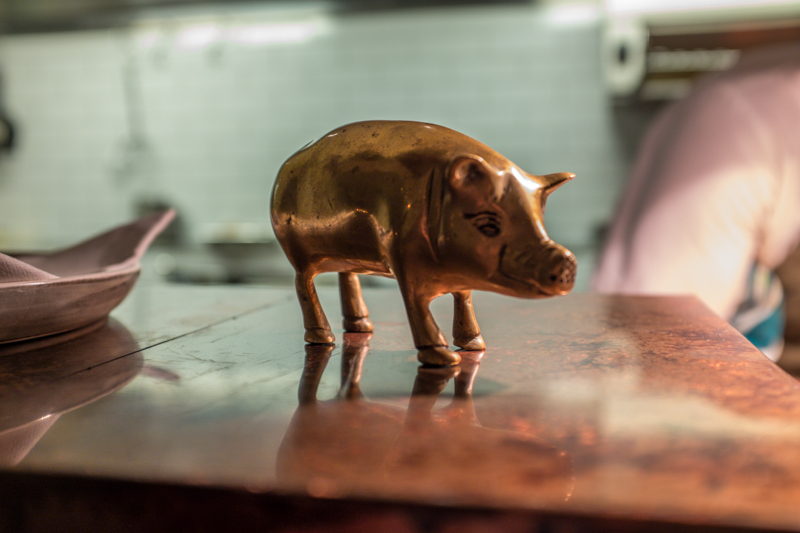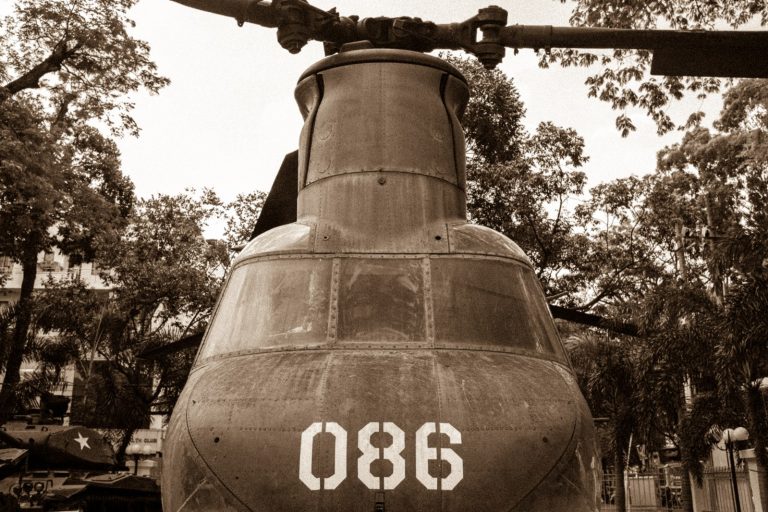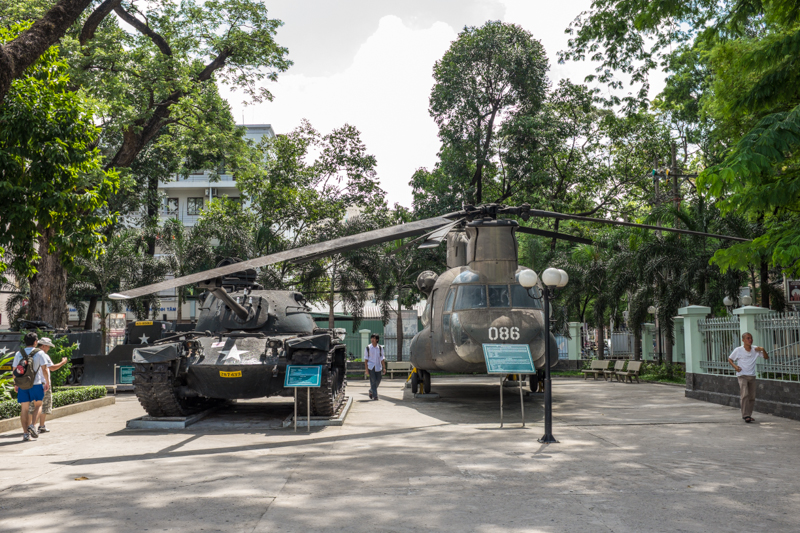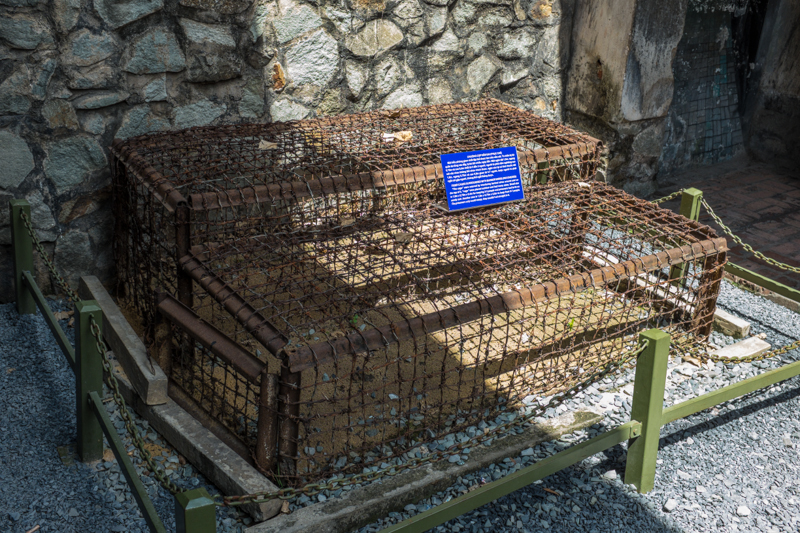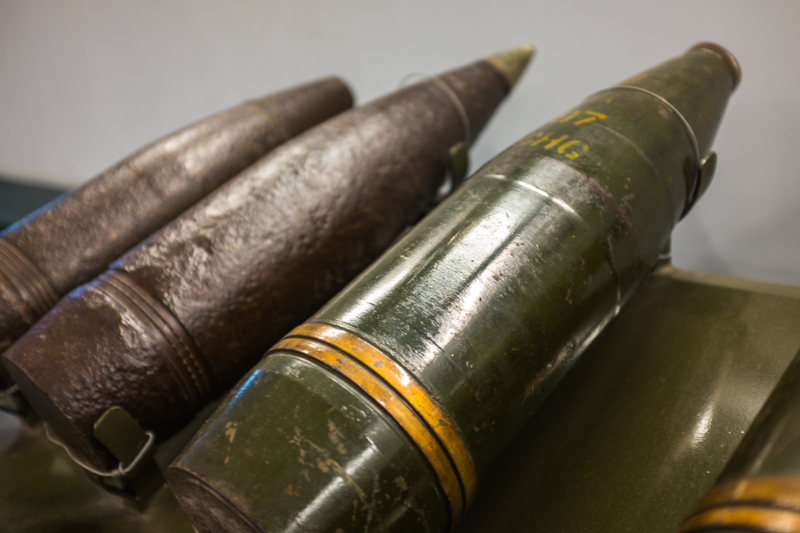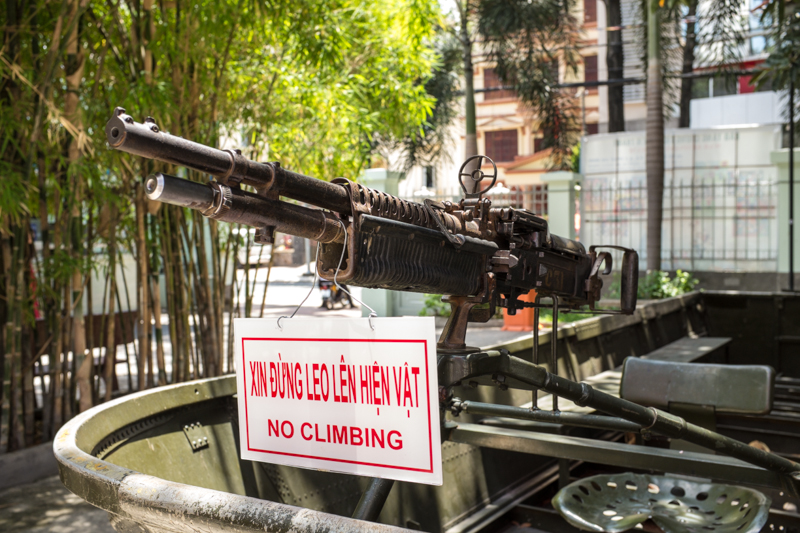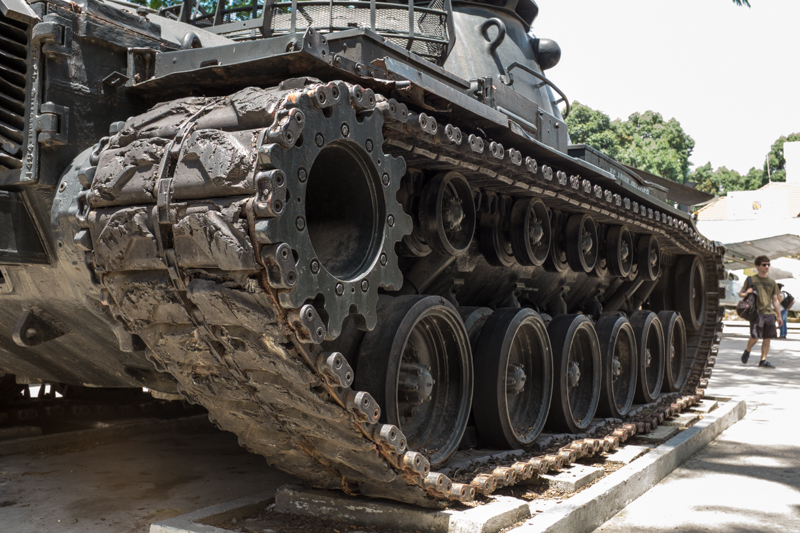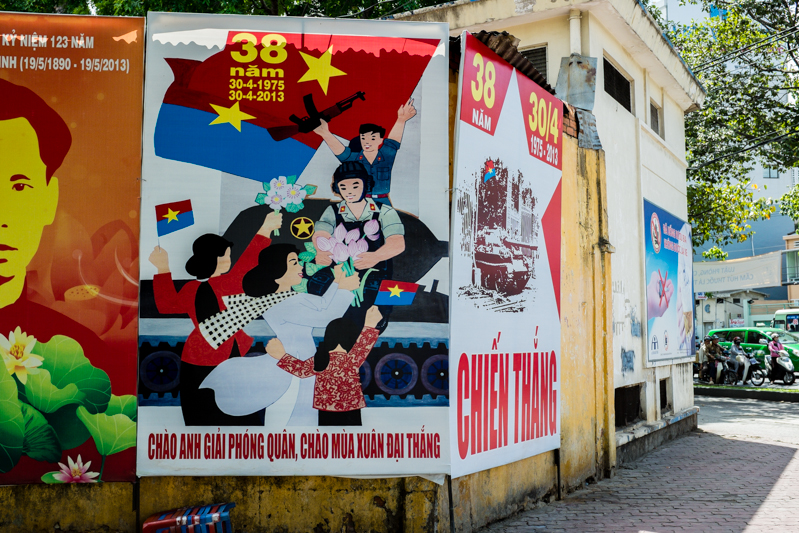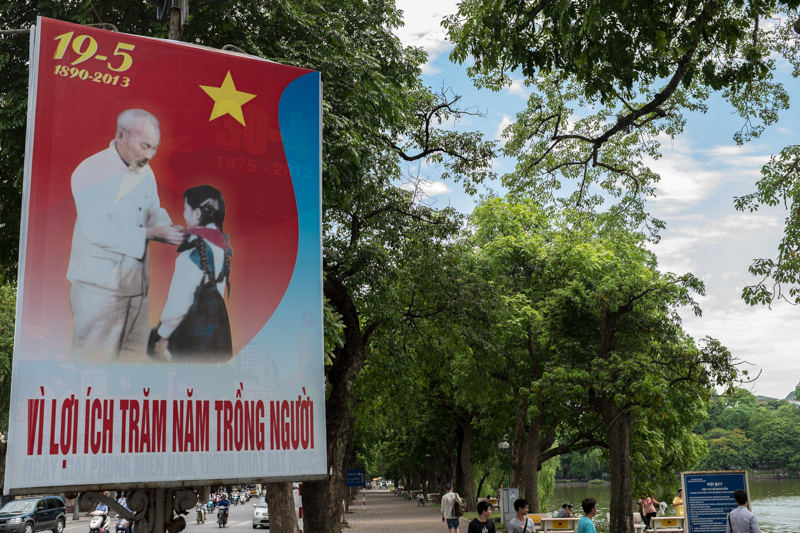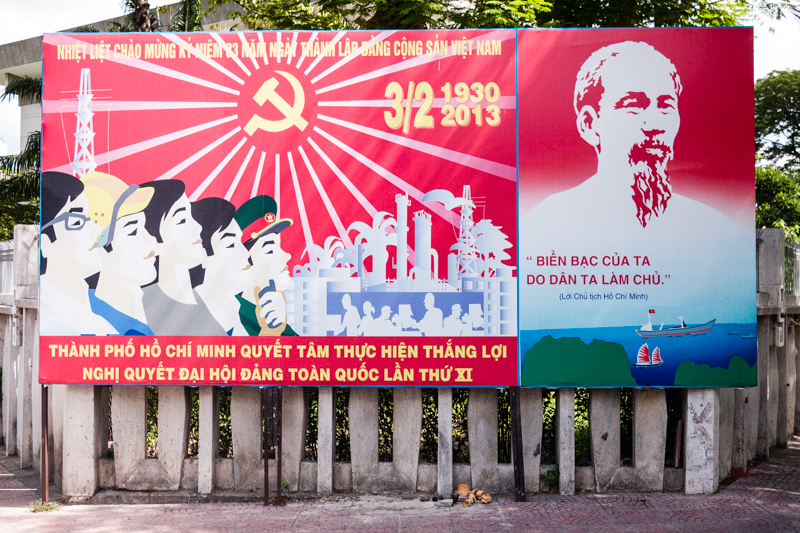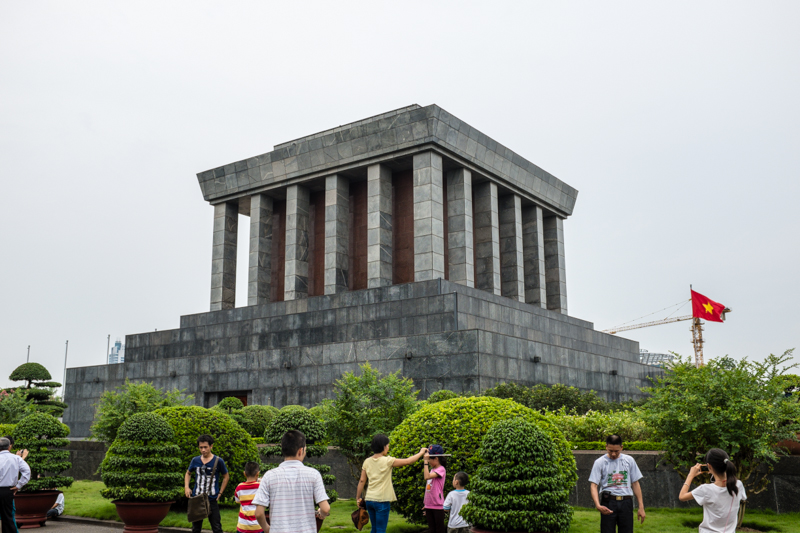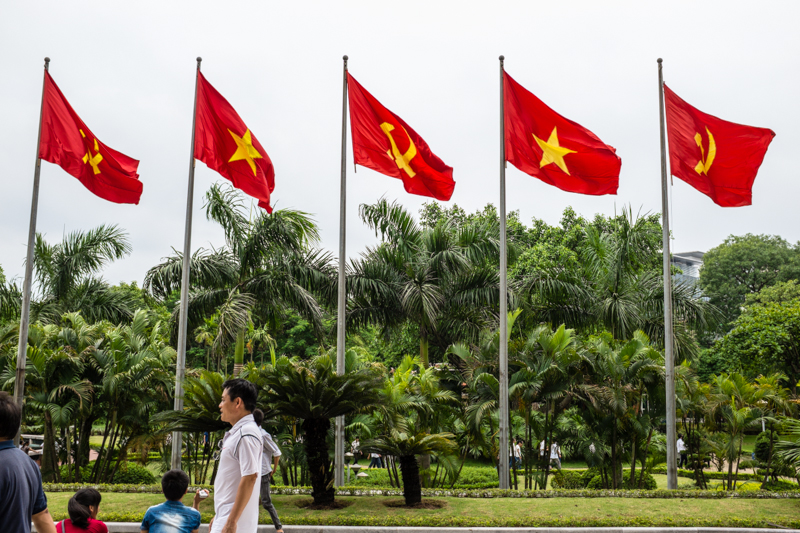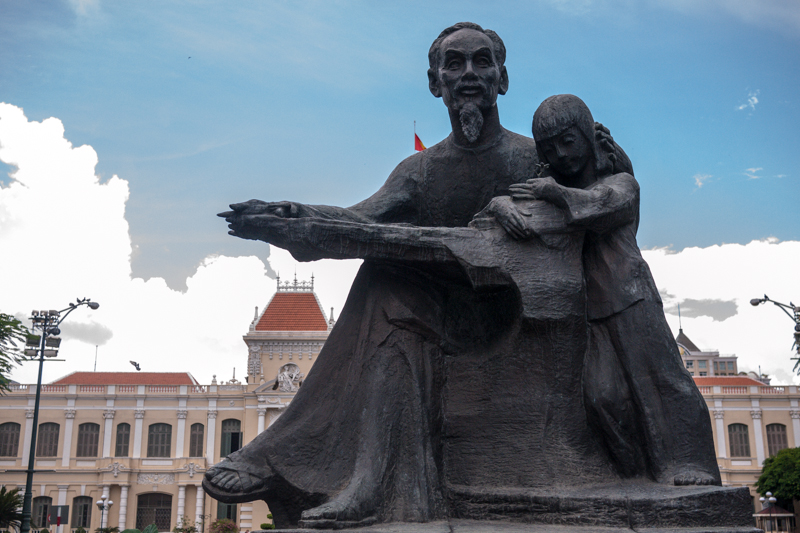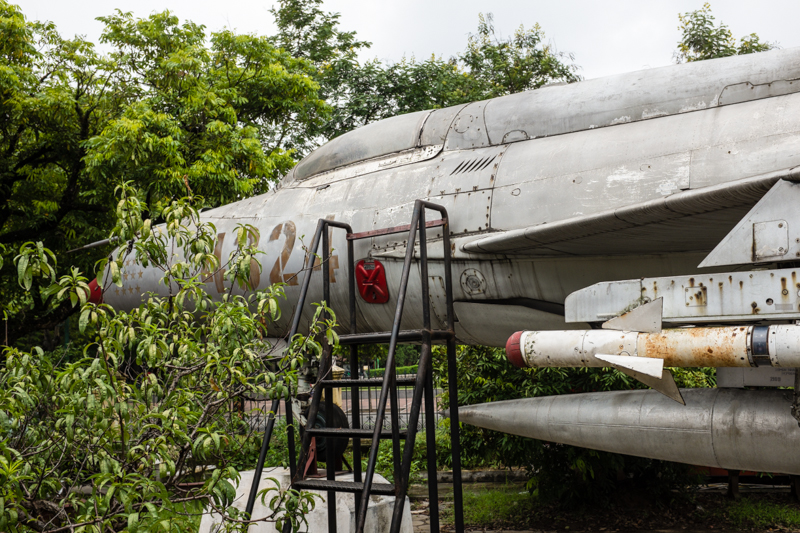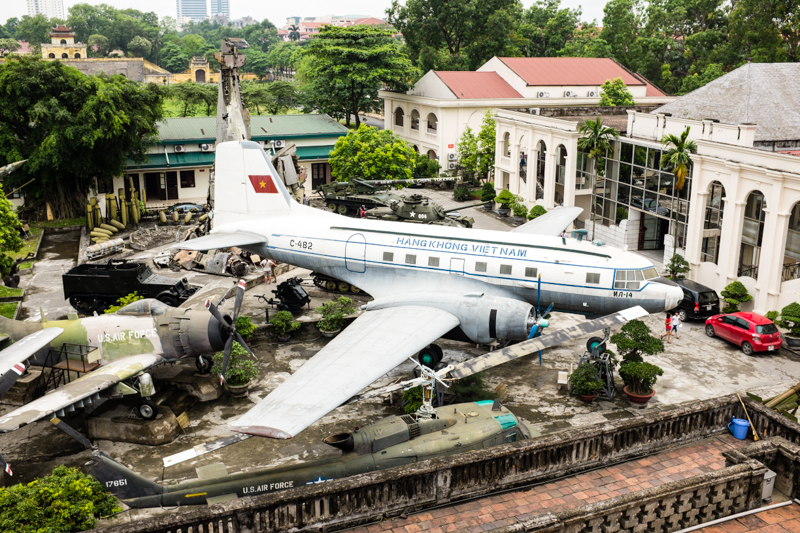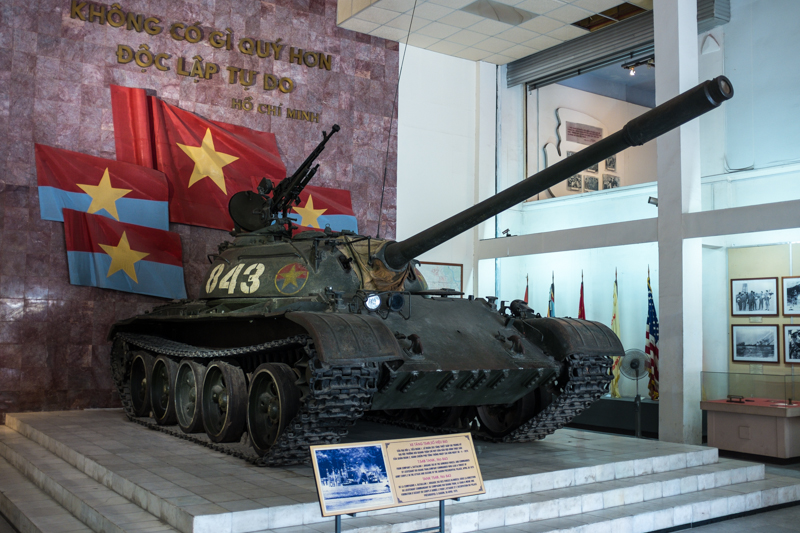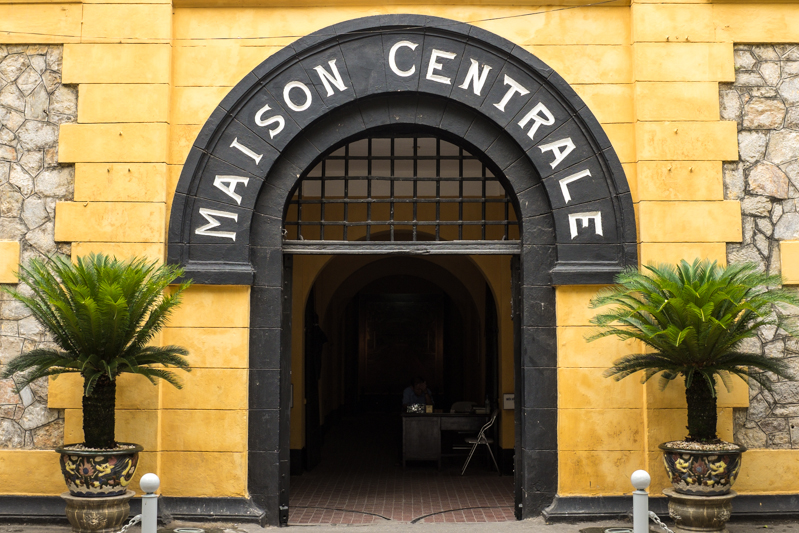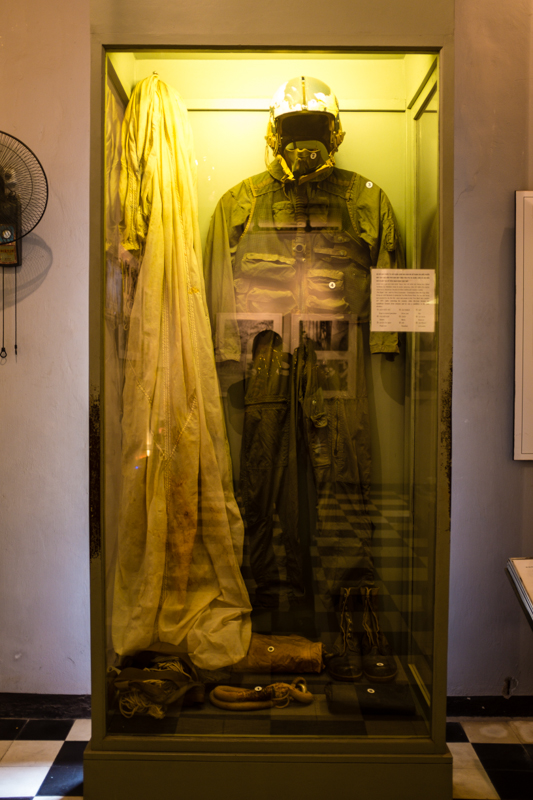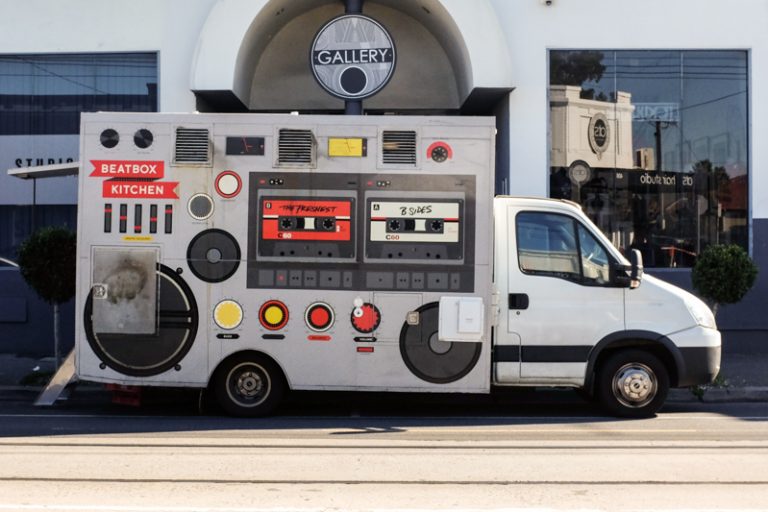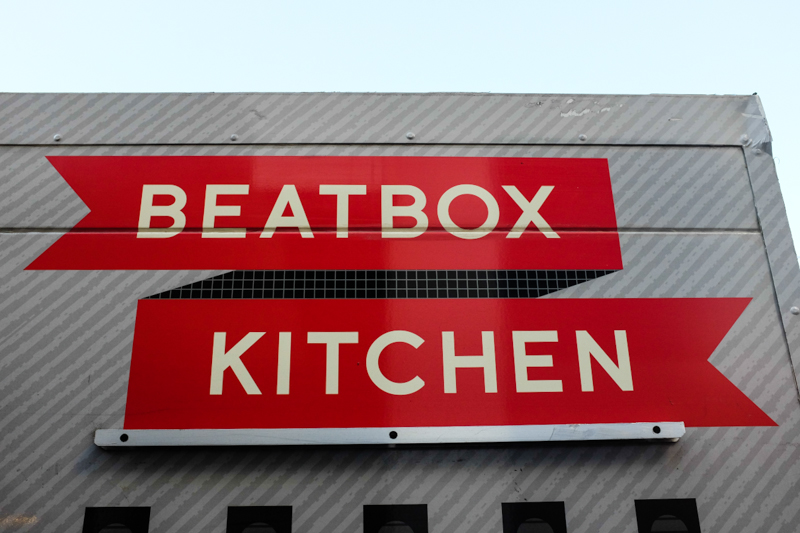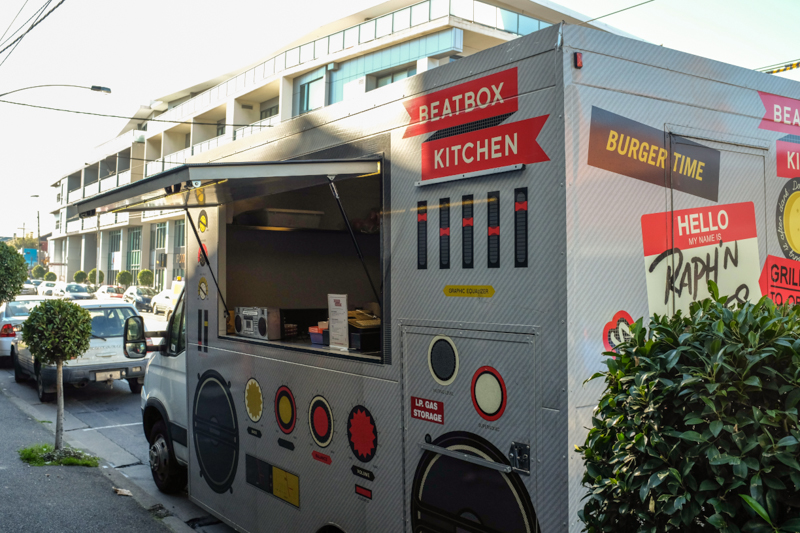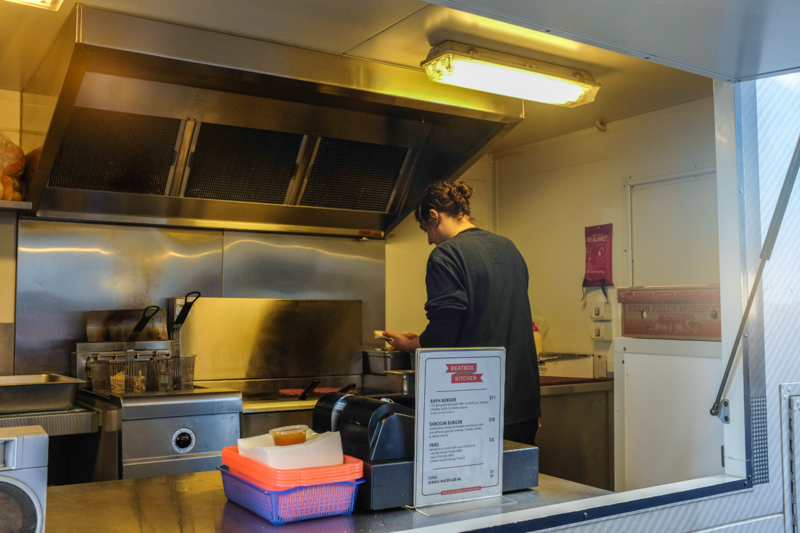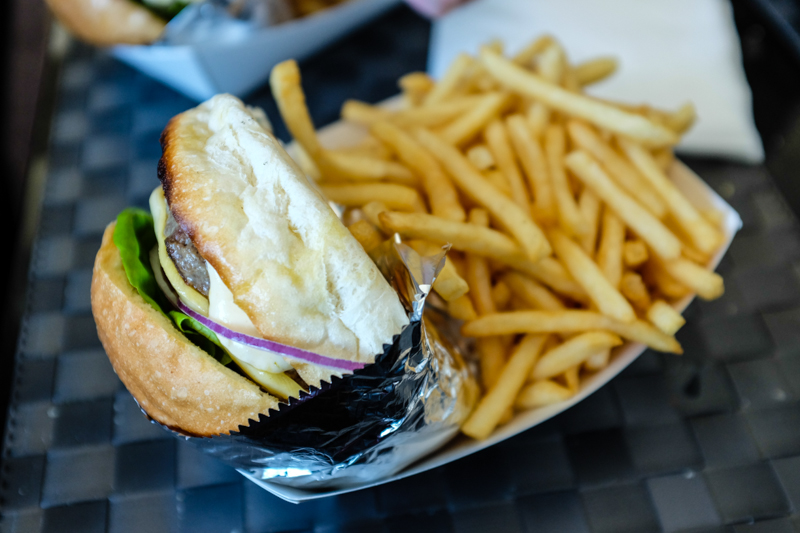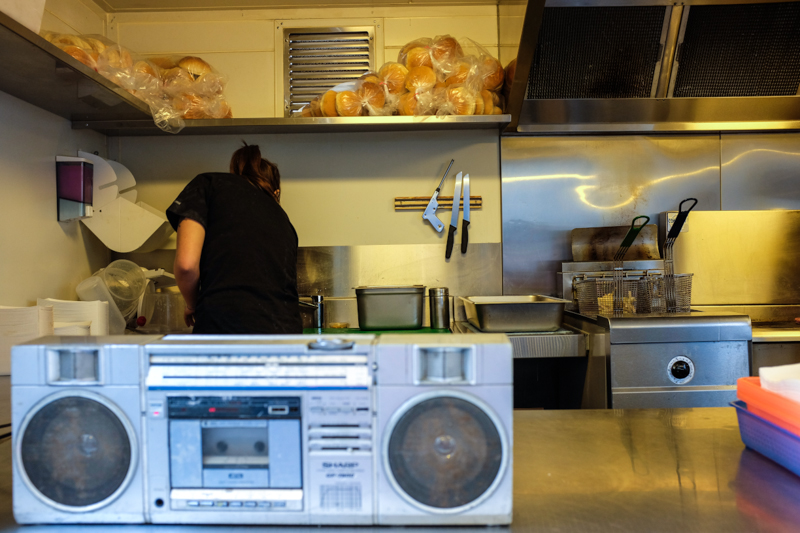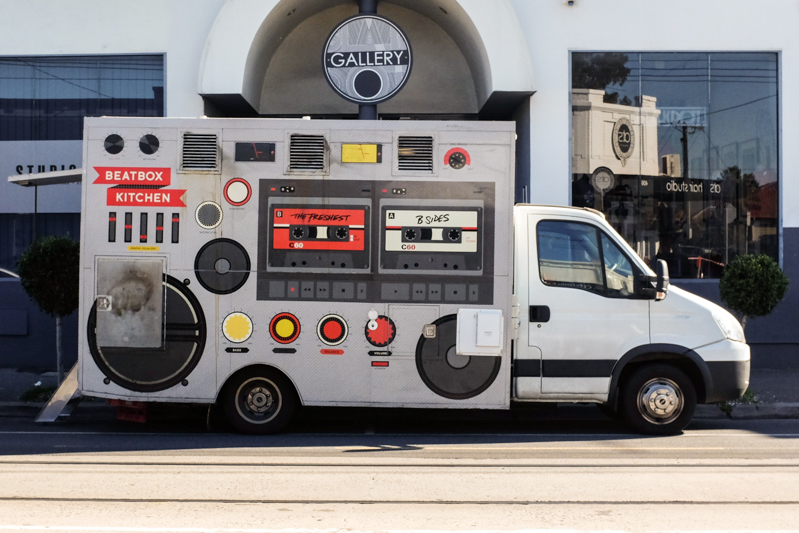Hanoi, Vietnam, just like most of the cities in Vietnam, offers a wide variety of food to those who visit it.
Much of what I discussed in my Ho Chi Minh City Food Guide applies to Hanoi. You can read my thoughts on why you should eat street food and be adventurous in my Ho Chi Minh City Food Guide. Similarly to that guide, I’ll be providing a mixture of actual establishments and dishes that I recommend you try.
Overall, the food in Hanoi was sweeter than that in Ho Chi Minh city, and it also tended to be more fragrant as opposed to the more herbaceous flavours of the south. It was a trend that my wife and I noticed as we moved further north through Vietnam.
In Hanoi the food is plentiful, it’s everywhere that you look and is an integral part of the livelihoods of many locals. More often than not, the street is the stage where much of what is food related in Hanoi takes place.
Street food can be found on the main streets of Hanoi, and down many of the side streets and alleways. Most areas aren’t dedicated to food, and you’ll find places to eat sandwiched in between residences and all kinds of businesses. Several times my wife and I would walk down an alleway that looked interesting only to find ourselves in the courtyard of a residence. The looks we received on these occasions ranged from puzzled to nonchalance.

I’m not sure whether there is any regulation as to where people can sell food. Most of the time the wandering vendors seem to simply set up shop where they want, and then move on to another spot depending on how busy things are.
I loved buying fruit from these vendors. It was generally cheap and fresh. One thing you need to be wary of is vendors trying to rip you off in the touristy parts of town. A tactic I used was to gauge what a reasonable price was by asking how much something cost from a few vendors in a few areas. Once I had an idea of what the usual price was, I could determine how much I’d be willing to spend on something. The same as shopping around for anything really.
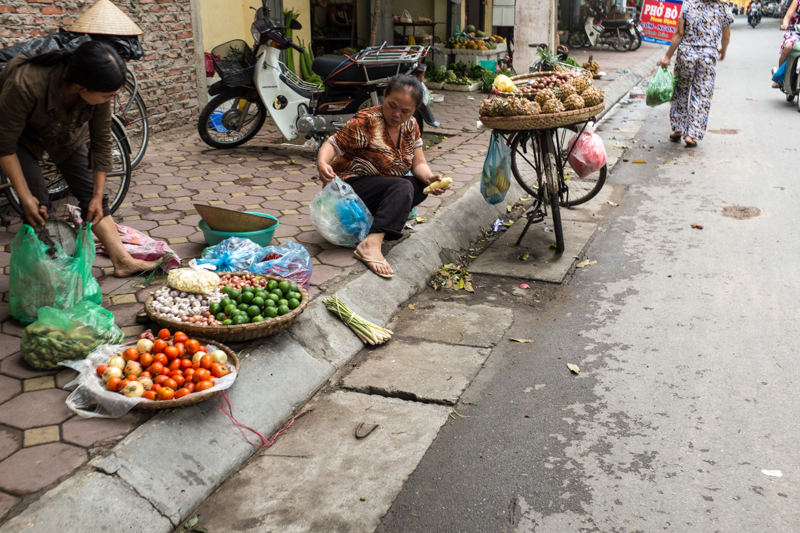
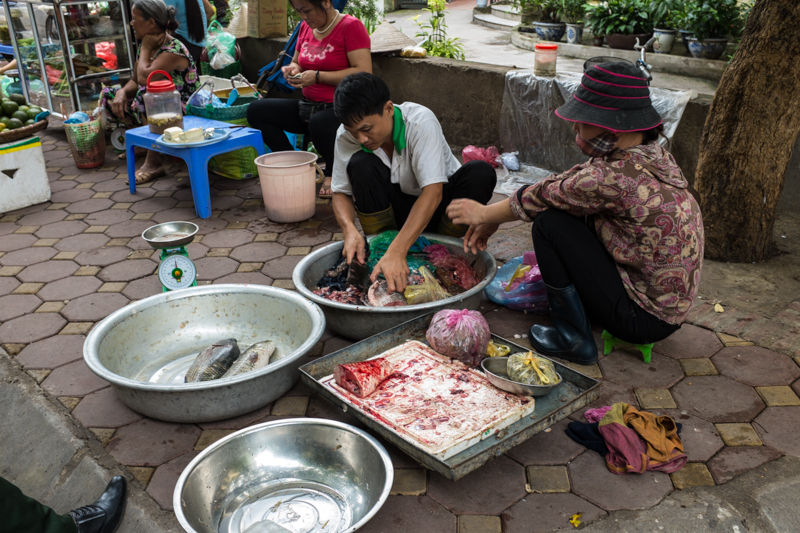
One of the ways that vendors transport their food and other goods is by balancing two containers on either side of a long pole. I tried lifting one and they are quite heavy.
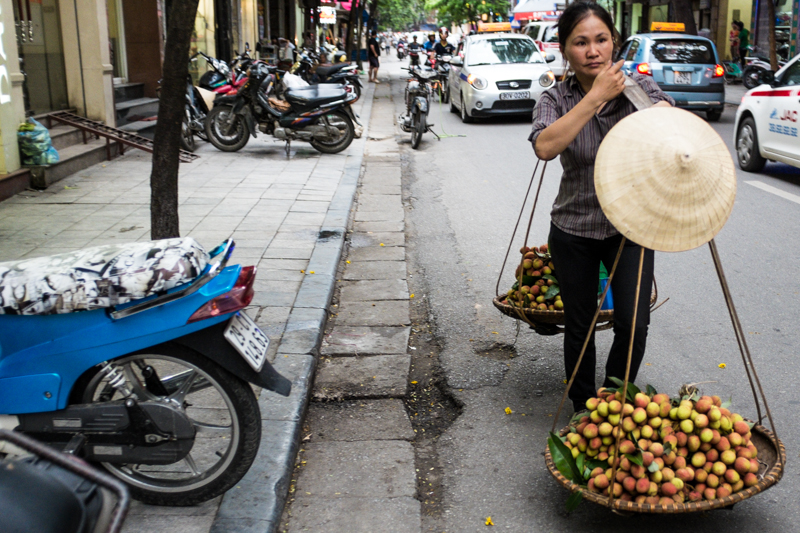
It’s not just young people who carry things food around the city this way, but also people who appear to be quite old. I suppose if it’s something that you’ve done for most of your life you just get on with it.
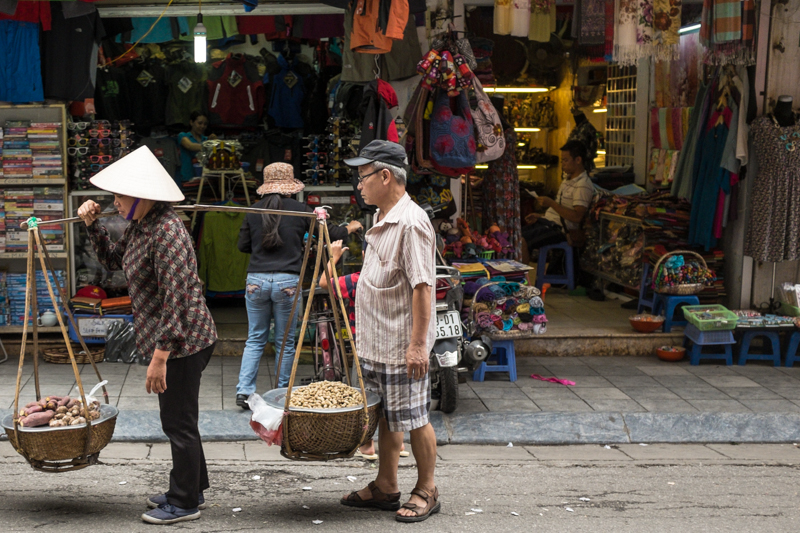
The big container on the back of a bike is a less strenuous way of getting things around Hanoi and is also very common.
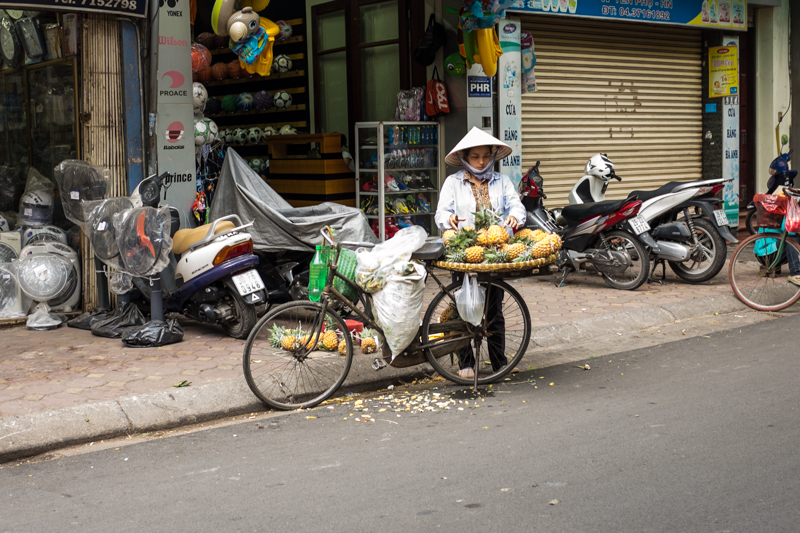
Bun Cha
Bun Cha is a dish of grilled pork and noodle. It’s served with grilled pork patties (cha) and white vermicelli noodles (bun). Usually it’s served with some banh goi (a pork, onion and mushroom spring roll type item) and herbs, chilli, garlic and dipping sauce.
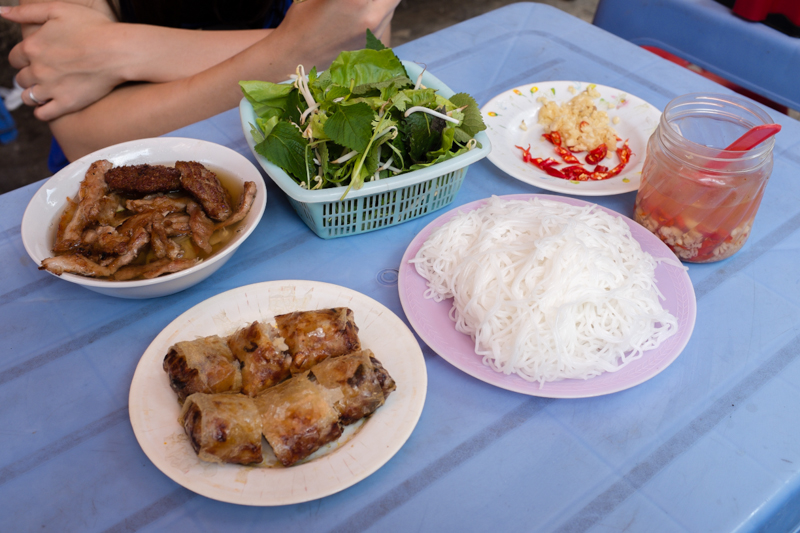
Bun Cha is quite common in Hanoi. Some of the places that we saw didn’t look like they were selling the best Bun Cha, so my wife had a walk around until we found the place below. You could see the food being prepared and cooked right there, and there were locals coming in and out the whole time getting food so we knew it was the one to eat at.
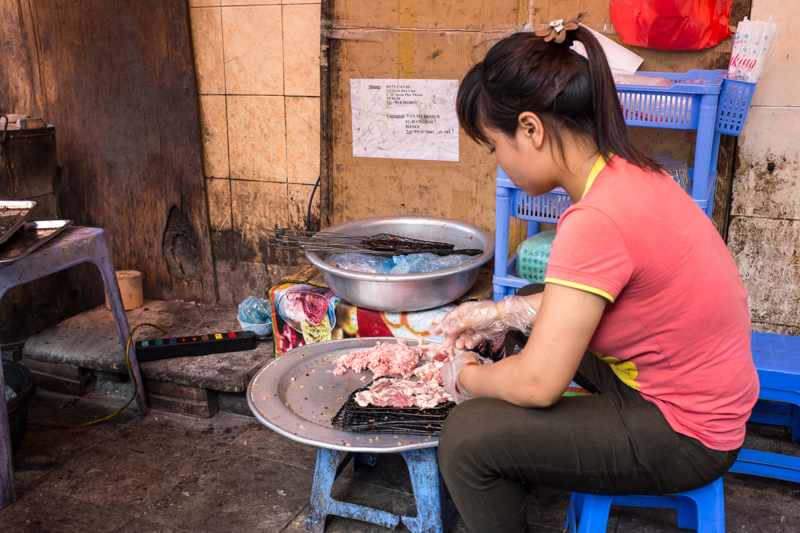
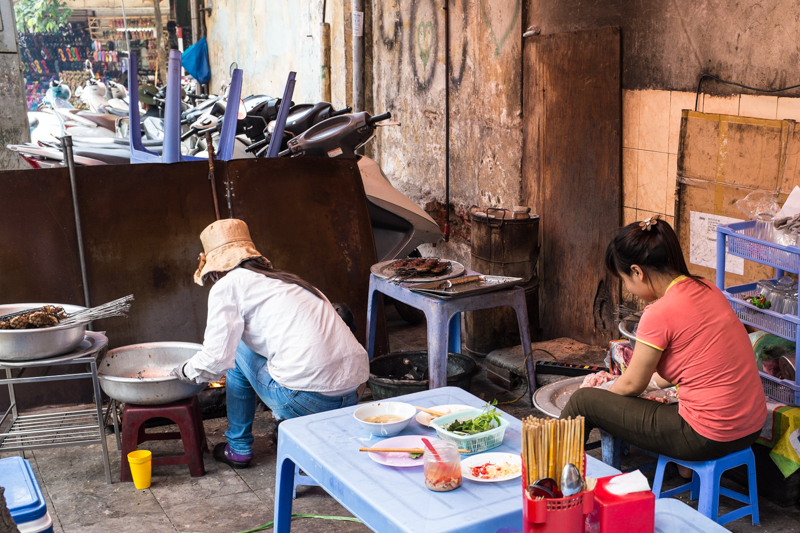
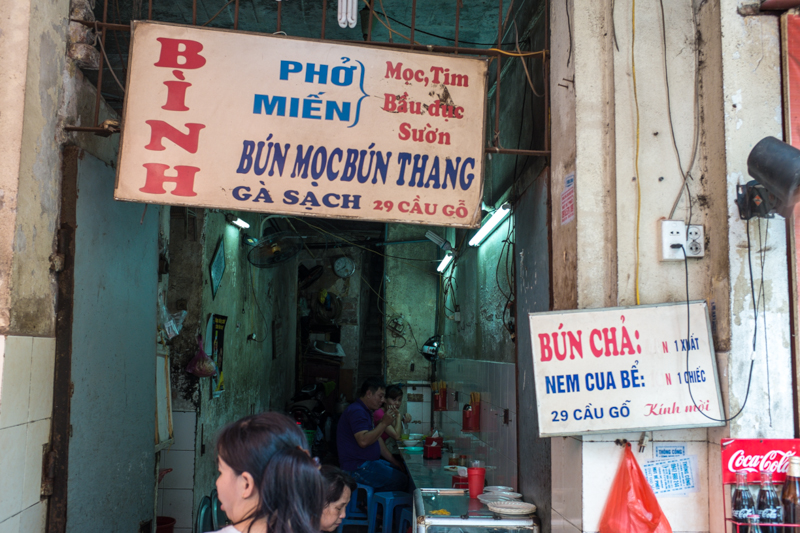
Bun Cha Nem Cua Be can be found at 29 Cau Go.
Another place that served great Bun Cha Nem Cua was Bun Cha Nem Cua Be Dac Kim, which can be found at 67 Duong Thanh.
As you can see in the photo below, it was a little bit different than the one we’d eaten above. That is one of the joys of street food – every vendor has their own way of doing the same dishes – just like home cooking.
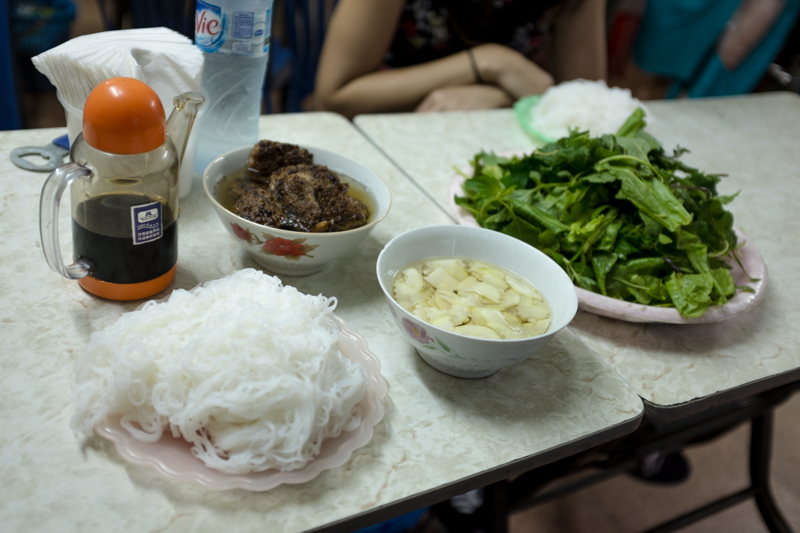
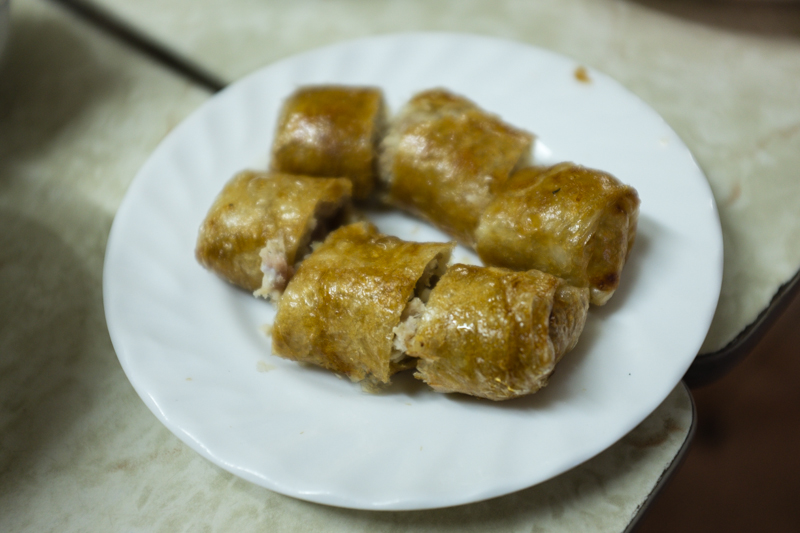
Hanoi beer is one of the local “go to” beers in Hanoi. Interestingly, I didn’t really see Hanoi beer in Ho Chi Minh City, but Bia Saigon was very popular in Hanoi.
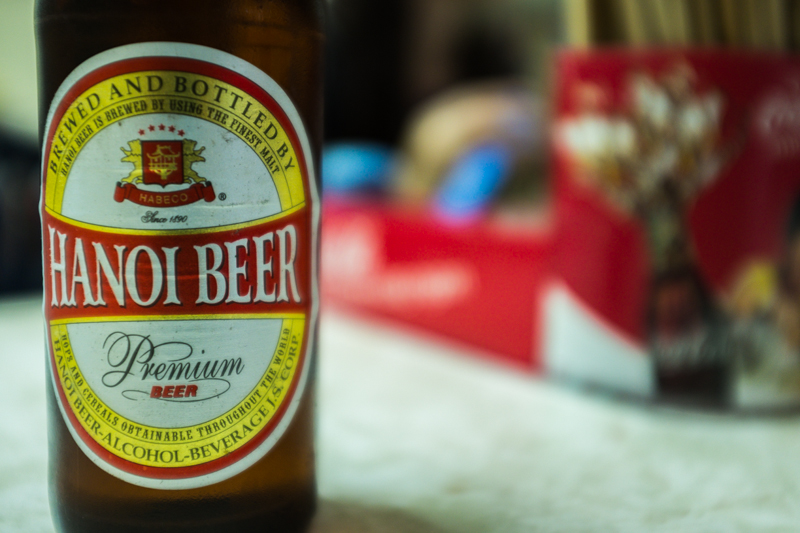
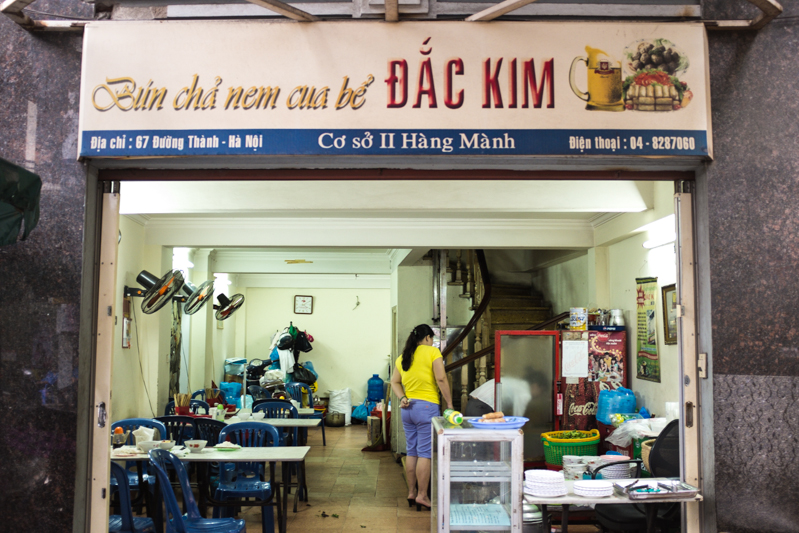
Cha Ca
Dill is uncommon in Vietnam, but in the north of the country, it is one of the key components of the dish Cha Ca. Cha Ca is small fish fillets marinated in turmeric and galangal, and sauteed with a very generous helping of dill. The best Cha Ca restaurants in Hanoi will only serve this one dish and on many occasions you’ll actually find the dish referred to by the name of the restaurant that invented it, Cha Ca La Vong.
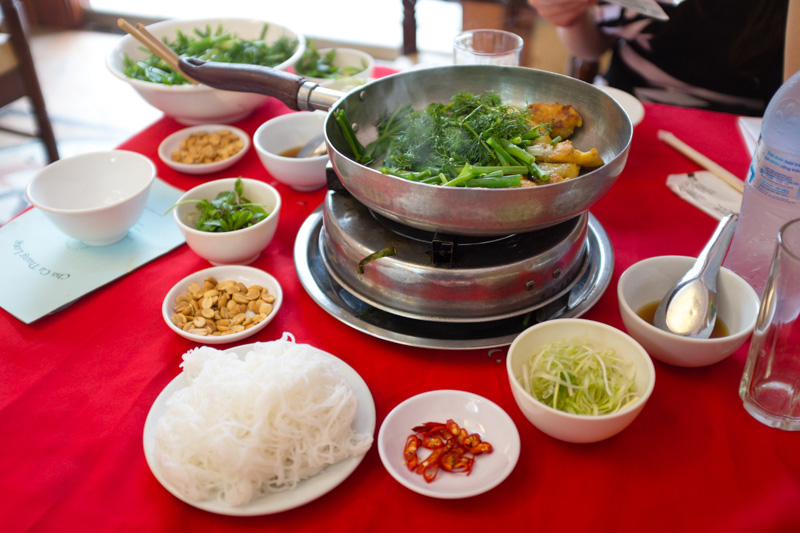
The dish is served with the usual condiments, and the not so common addition of peanuts. You mix a bit of everything in your bowl and eat it together.
It was unlike anything I’d ever tasted before and I can highly recommend it. A truly iconic northern Vietnamese dish.
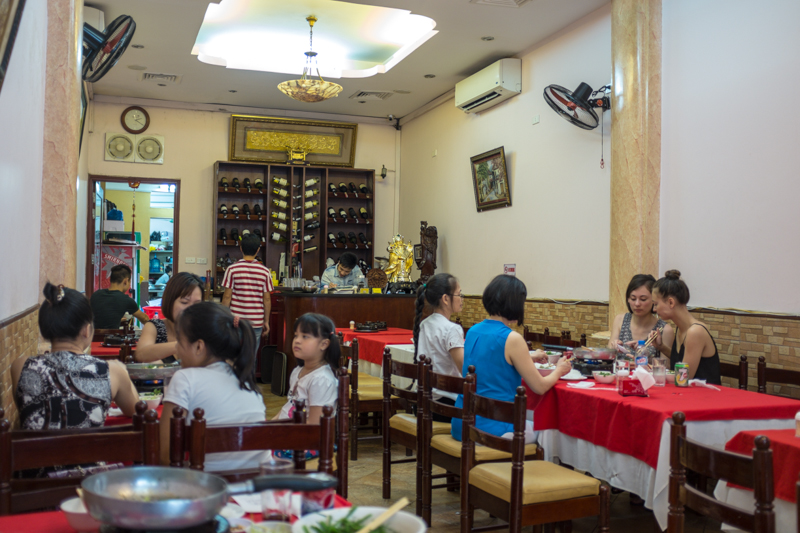
My wife and I had Cha Ca at Cha Cha Thanh Long, which can be found at 31 Duong Thanh.
Mien Xao Luon
This dish consists of glass noodles stir fried with crispy little eels, bean sprouts and egg. It’s topped with cucumber, purple perilla and fried shallots. All of the different soft and crispy textures really combine to produce a dish that’s both tasty and texturally great.
My wife and I couldn’t figure out what the purpose of the plate of light soup with mushrooms was for – we used it as a pallet cleanser after the main dish.
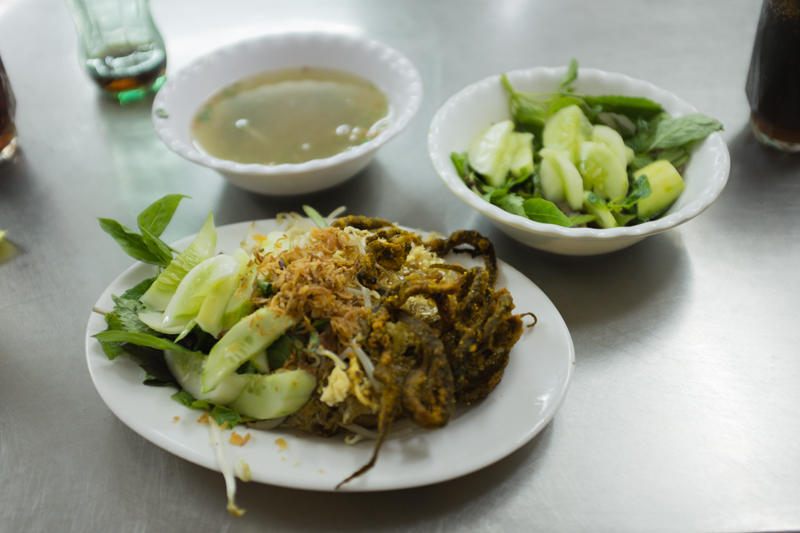
White tiles, metal tables and plastic chairs – common aspects in many of the places you’ll find street food at in Hanoi.
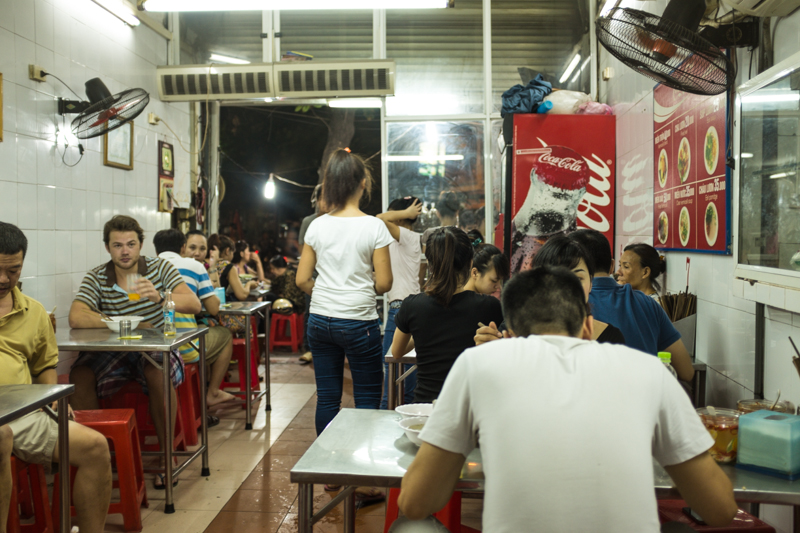
The bags that you see that are tied at the top in the photo below are full of the little dried eels mentioned earlier. A lot of people seemed to be dropping past just to pick up a bag of these.
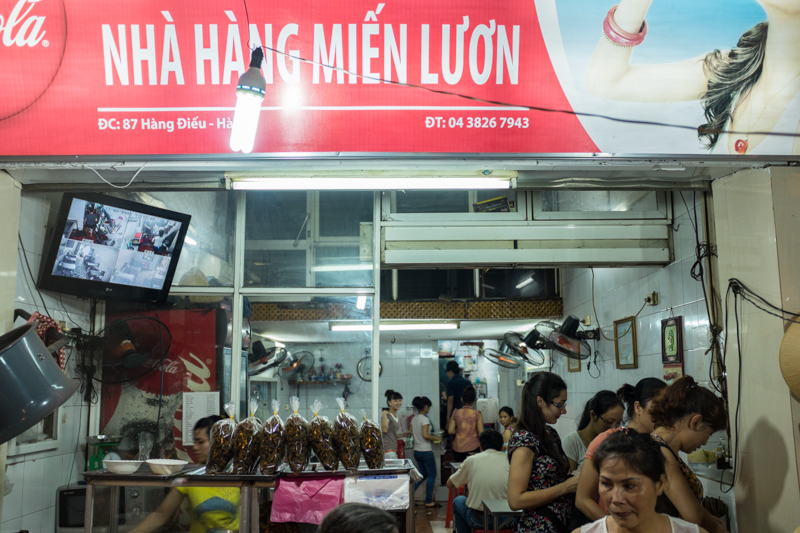
Nha Hang Mien Luon had a few other interesting looking dishes too, and can be found at 87 Hang Dieu.
Walking back to the hotel one night, my wife and I spotted this fruit and vegetable “store” in what appeared to be a garage at the front of someone’s apartment down a lane way. As I mentioned earlier, food can be found in the least likely of places in Hanoi.
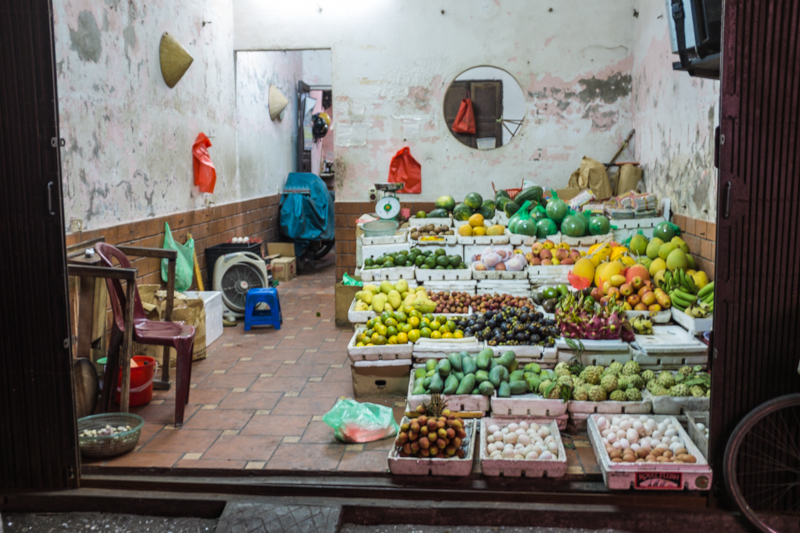
Coffee
Most of what I said about coffee in my Ho Chi Minh City Food Guide applies here, and the Vietnamese coffee is plentiful and cheap. Highlands Coffee is the common chain in Hanoi – my wife and I only saw one Trung Nguyen in the city.
One place that I wanted to mention on here was Reng Reng Cafe. It’s run by Duy Biểu Nguyễn, who started with nothing more than a bicycle and coffee beans from his family’s coffee plantation in Lam Dong. Nowadays he has a stall in the most unassuming of locations next to what looked like a bike/car parking station.
His equipment isn’t fancy as funds are limited. It’s a Baby Gaggia and old Gaggia grinder. I had an espresso and the coffee was pretty decent. Duy was very passionate about coffee, sustainability and the like and it was a pleasure to talk to him (his English was broken but pretty good). I love what Duy is doing and I hope that when I visit Vietnam in years to come that he’s been able to get some better equipment and achieve his dream of having a chain of take away stations that sell sustainable, locally produced take away coffee to the people.
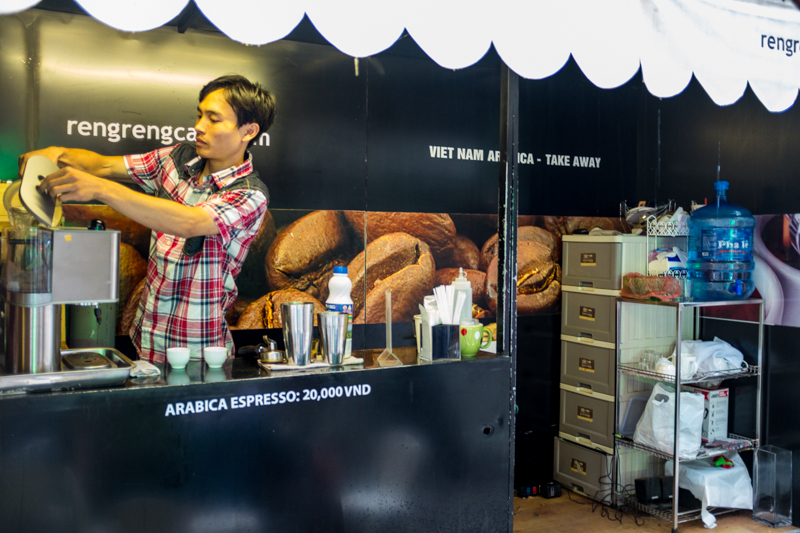
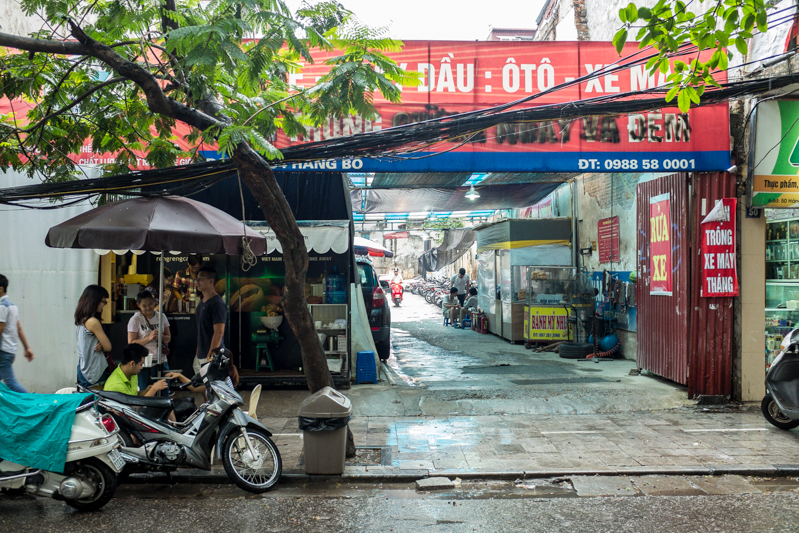
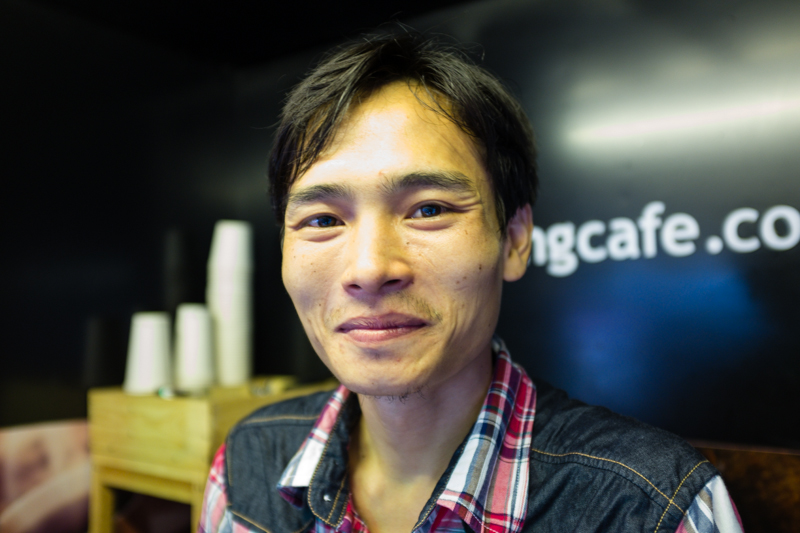
Dessert
Desserts, especially cold ones. are very popular in Hanoi. A great place to try a variety of local desserts is Thu Nga. The menu isn’t in English, so pointing at the tables of those around you is basically what you’ll be doing. If that’s not something you feel comfortable doing, here are the things that I ate that I can recommend for you. How did we find out that these things were good? Well apart from the first which was a recommendation we, you guessed it, pointed at things that looked interesting on other tables.
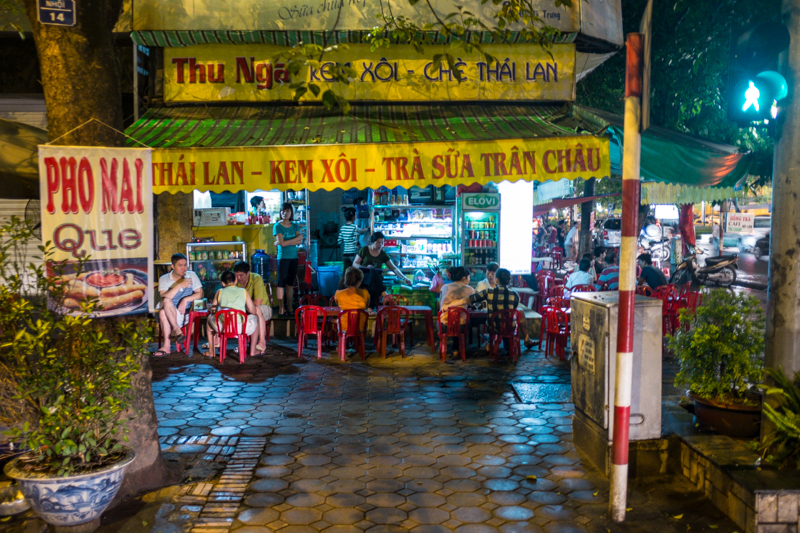
Kem Xoi is an easy one to recommend to someone who is just starting their food adventure in a foreign land and isn’t yet ready to take the full plunge into the deep end. It’s sweet sticky rice topped with vanilla ice-cream and roasted coconut. This is the dish that we originally came to Thu Nga for, and it was delicious.
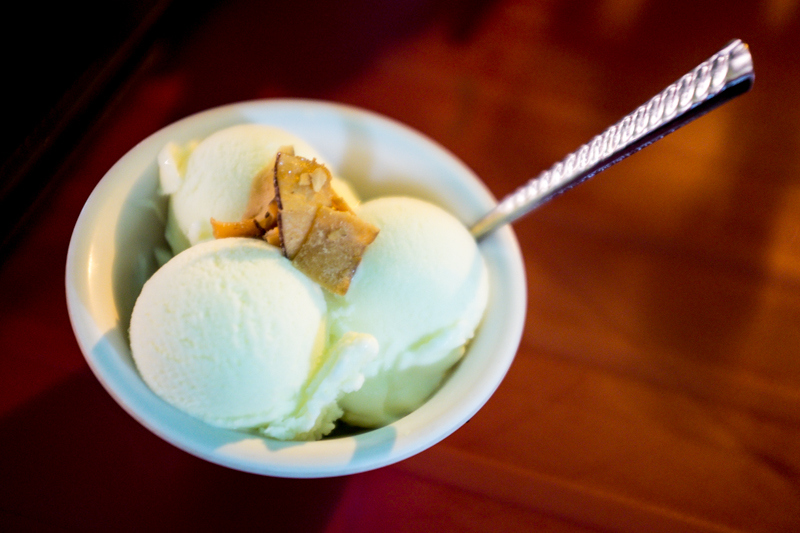
Literally (and I used that word in its true sense) had this on their table at some stage during the night so ordering it had to be done. Nem ngot ran is what it was called, and basically it was crumbed and fried sausage with ketchup dipping sauce. It turned out that not only was dessert served, but also a variety of savoury snacks too. These were tasty and in a way you could say they are a Western/Vietnamese fusion.
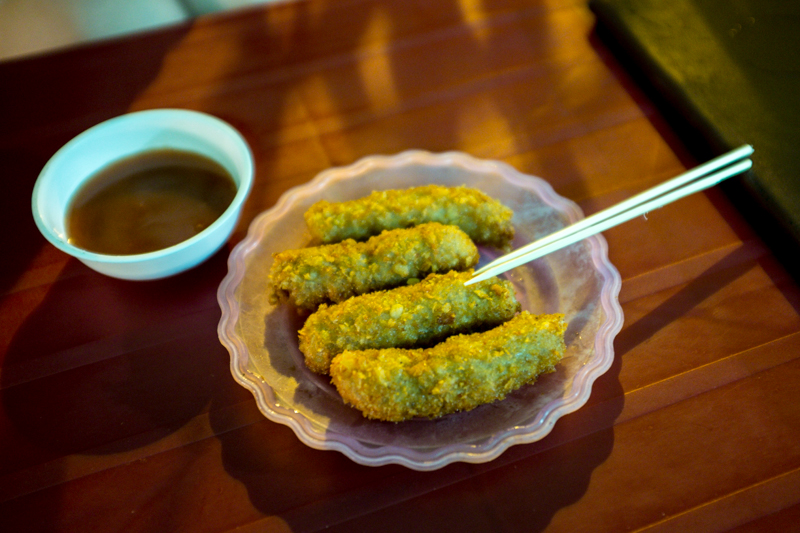
Finally we tried Che thap cam. It was a glass full of ice, taro, red beans, coconut milk and some other stuff (not the best description I know). I later discovered that Che thap cam is actually a generic term for this sort of dessert, the exact composition of which can vary depending on where you get it from. There were about four on the menu.
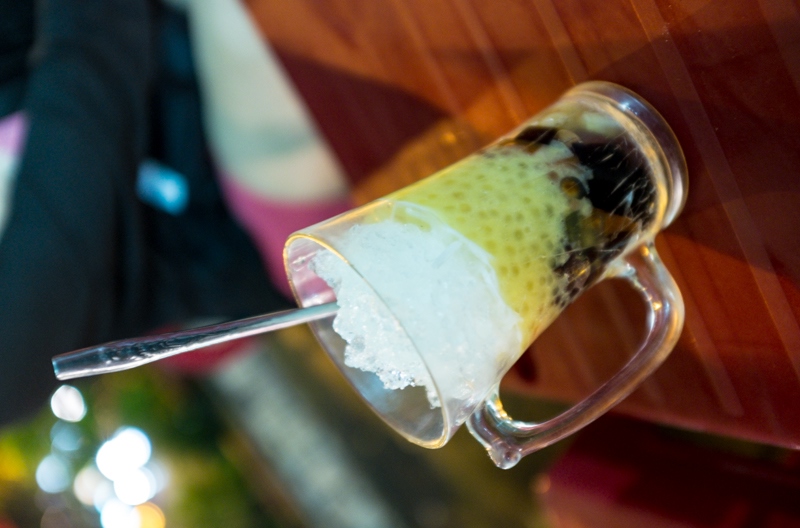
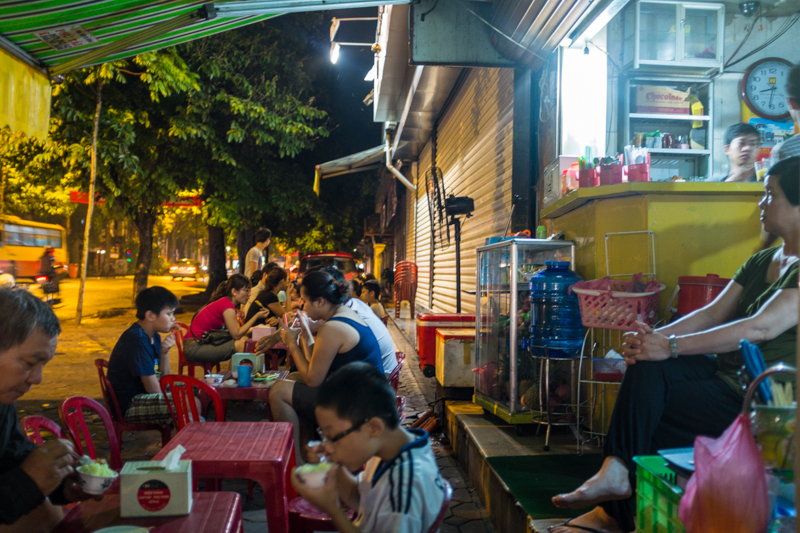
Something that I noticed in Ho Chi Minh City that was also prevalent in Hanoi was the number of Western-style cafes in the city. They aren’t what you’d call common (especially compared to the type of street food that you see everywhere) but there are certainly enough of them about for it to be noticeable. Vietnam is getting wealthier, and the new generation of teenagers and young people want to go to places that, in their eyes, are “cool”.
Chillout Cafe was one of these types of cafes and they did really tasty smoothies. The vibe was eclectic and, well, chilled out. A piano and guitar were lying about for customers to play, and you had to take your shoes off before going inside to the cafe area proper upstairs. It was a nice change and just what we needed at this point of our holiday.
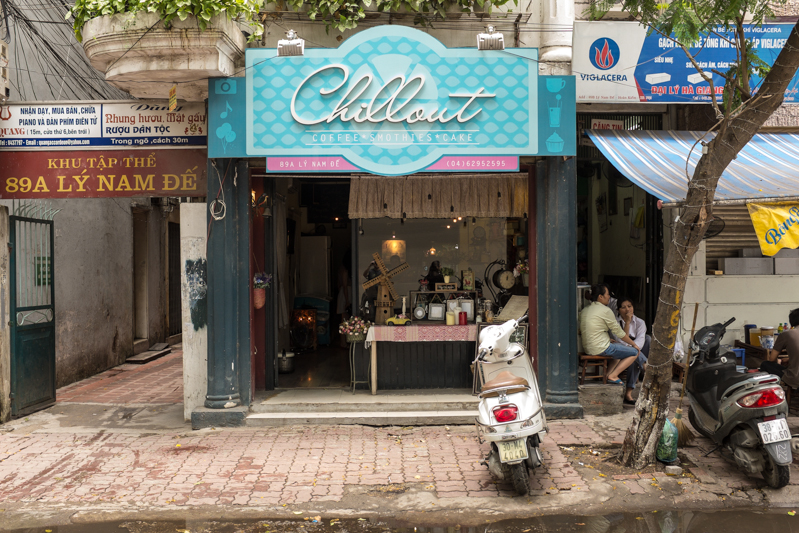
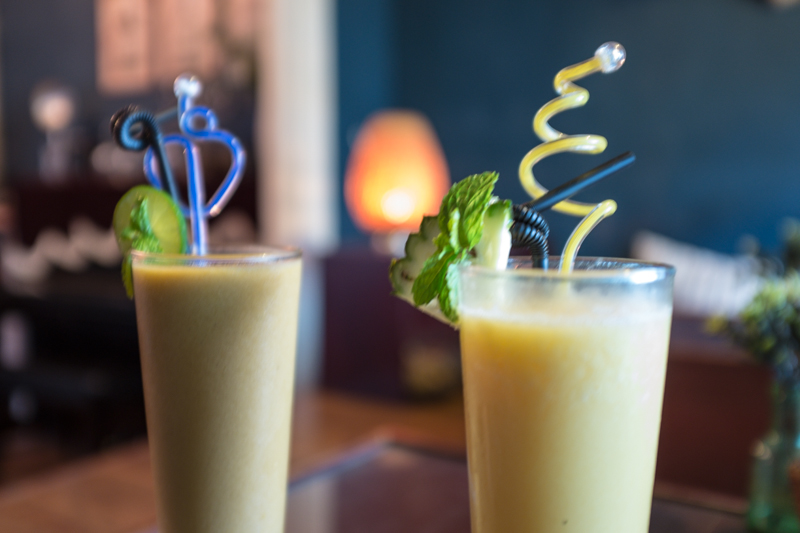
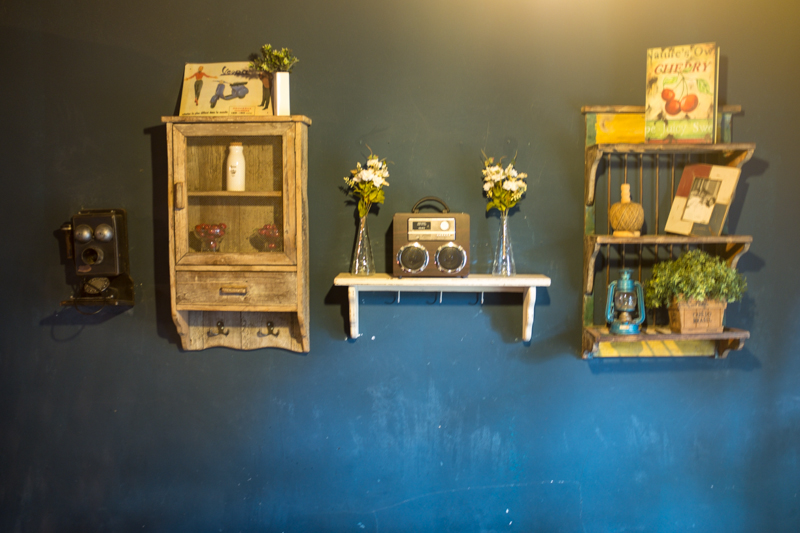
Chillout Cafe can be found at 89A Ly Nam De.
Dining In Style
Flowing on from my comment above about “a nice change” are two recommendations that are anything but street food. The colonial French influence in Hanoi is clear to see in various parts of the city, much more so than in Ho Chi Minh City.
The Hotel Metropole Hanoi (owned by Sofitel) was built in 1901 and oozes French luxury. Walking through the various parts of the hotel that are open to the public feels like stepping back into the early 1900s during colonial times.
Alas, my wife and I were not staying in this luxurious hotel, which is located in Hanoi’s beautiful French Quarter. What we did come here for was to eat at the Chocolate Buffet.
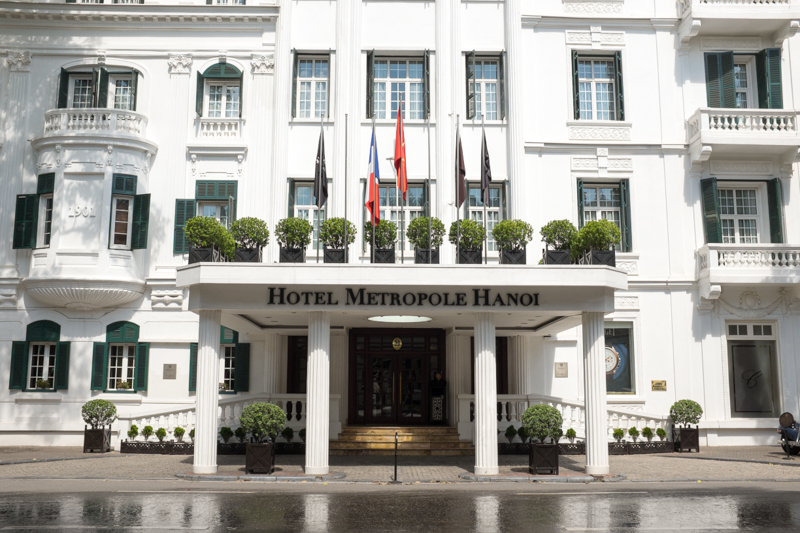
Between 3:00pm and 6:00pm every day of the week the Le Club bar offers a Chocolate Buffet. Almost every kind of French patisserie imaginable is available, as well as a selection of fruit and savoury sandwiches. At around USD$35 it’s not cheap by Hanoi standards, but I cannot think of too many places in the world where you can enjoy this sort of decadence in such opulent surroundings for this price.
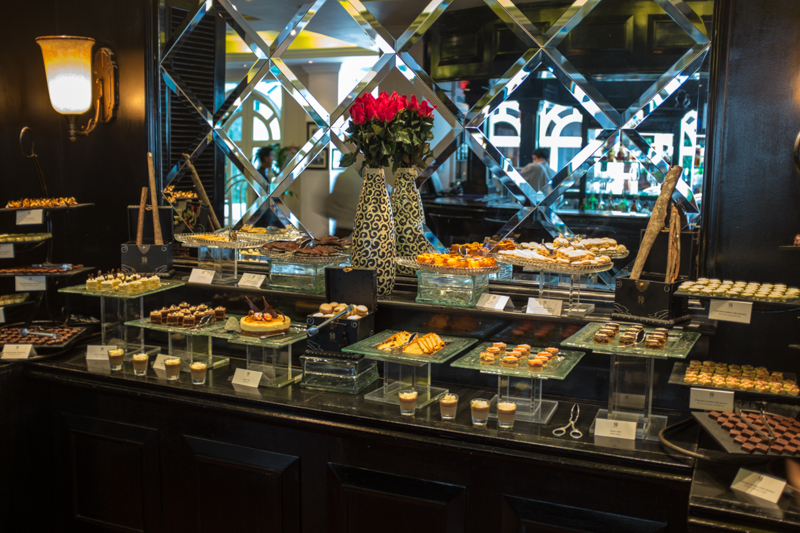
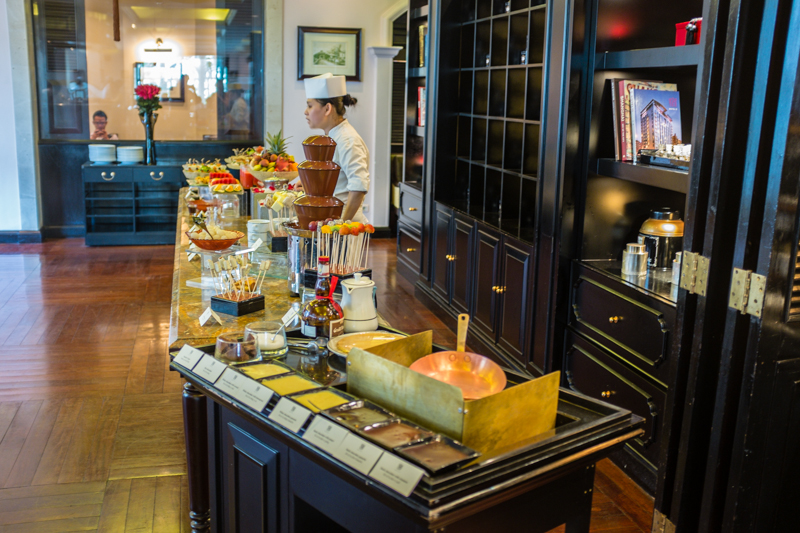
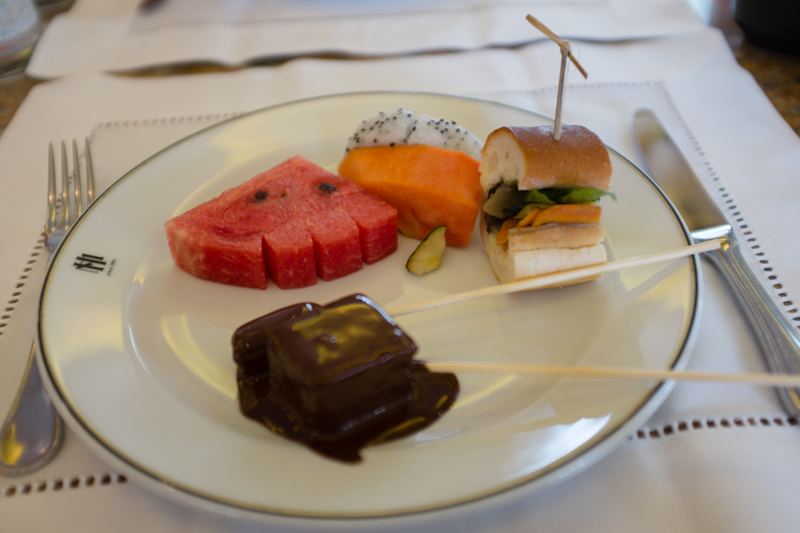
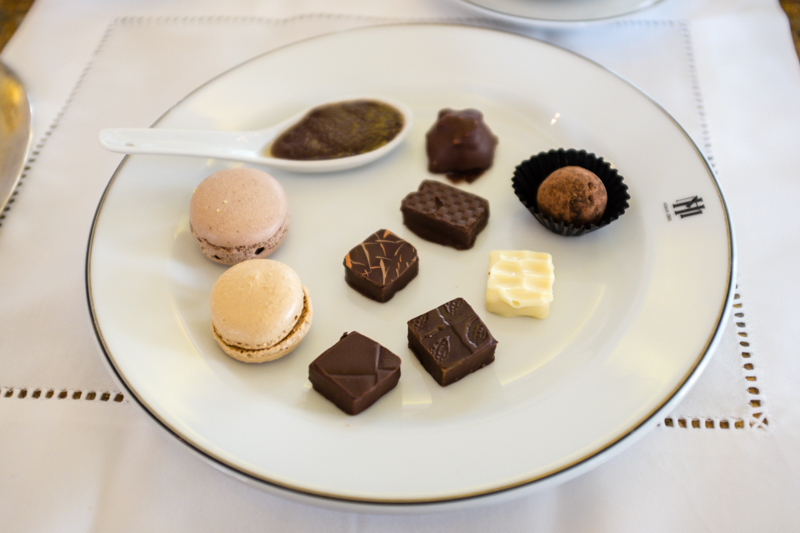
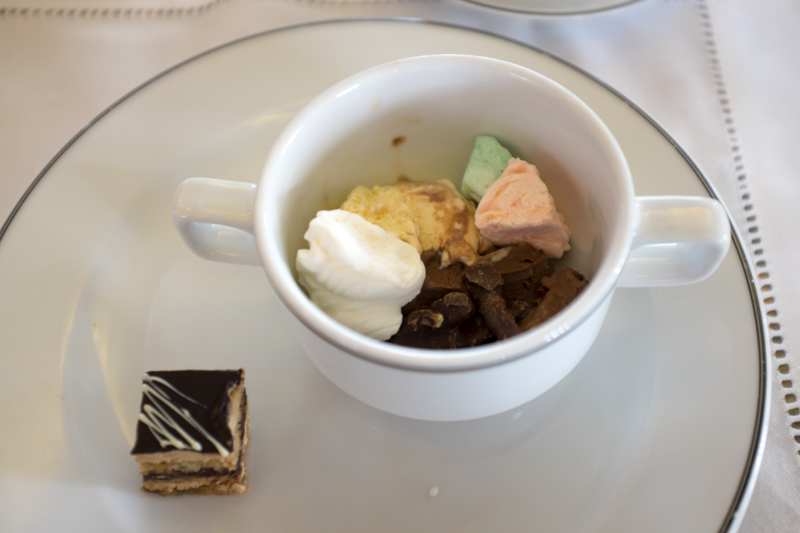
The Hotel Metropole is at 15 Ngo Quyen Street.
Green Tangerine was a restaurant that a friend of mine had recommended to my wife and I if we felt like having an “expensive meal”, the use of quotes being to indicate that, as above, expensive is all relative in a city like Hanoi.
After eating lots of street food during out time in Vietnam, my wife and I decided that we’d go for a different sort of meal and Green Tangerine hit the spot with its fusion of Vietnamese influenced French cuisine. The wine selection is excellent too.
I cannot remember what this appetiser was.
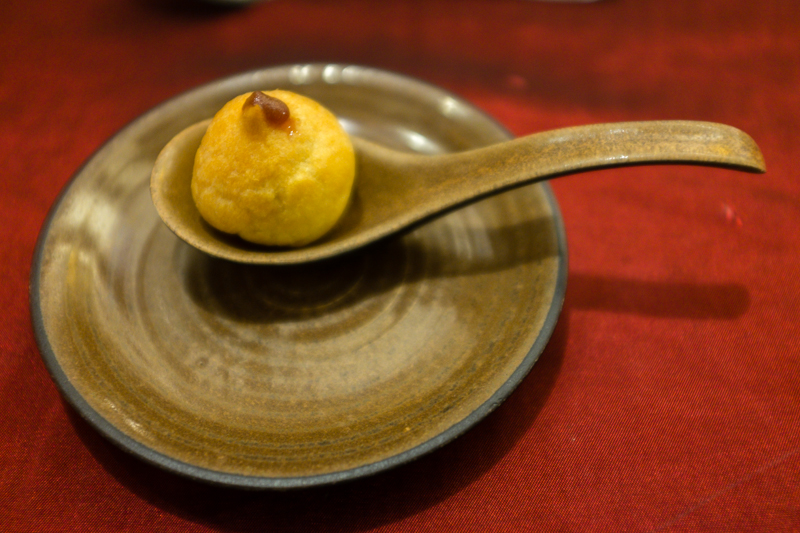
The duck liver mousse was one of the highlights of the meal.
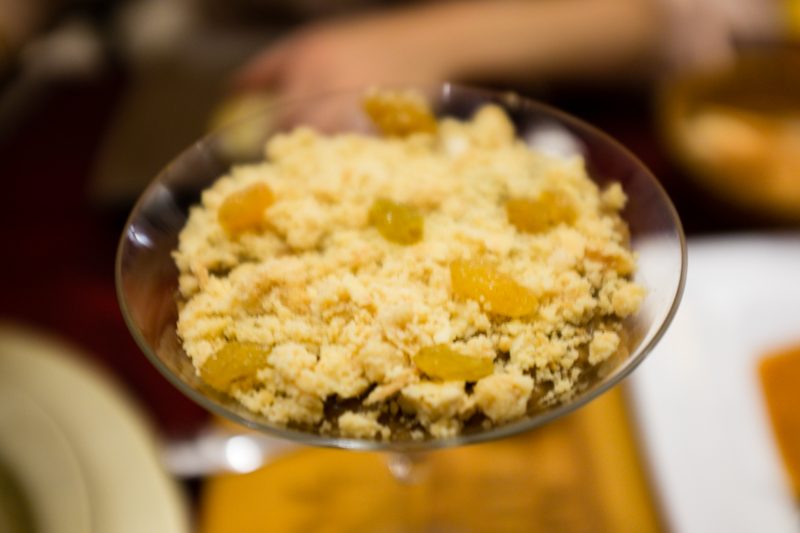
The crab mille feuille was delicious too.
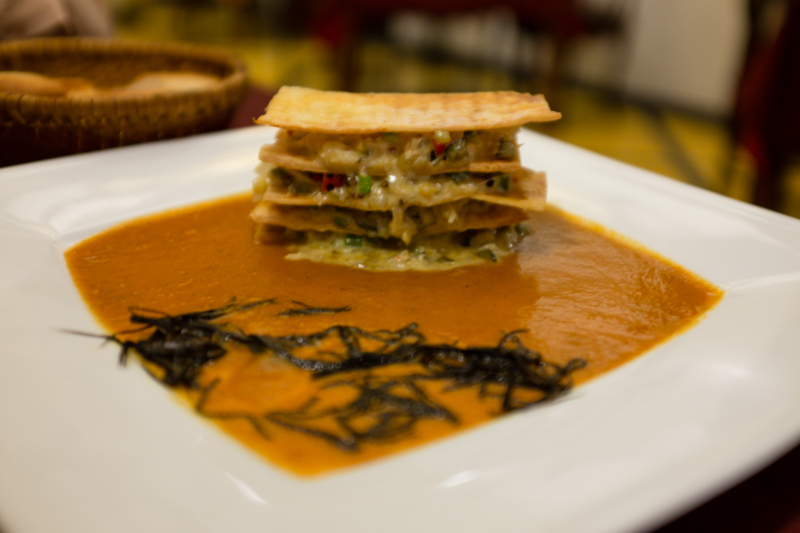
Scallops with an orange jus. Also delicious.
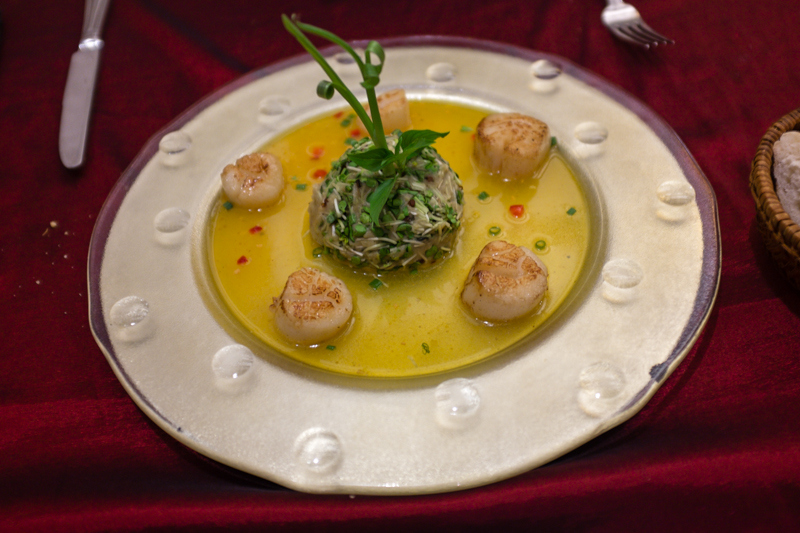
The salmon fillet was probably the least exciting of the dishes that we ate on the night. The salmon was cooked perfectly, but I’m more of a fan of simpler salmon dishes. There were too many flavours going on here.
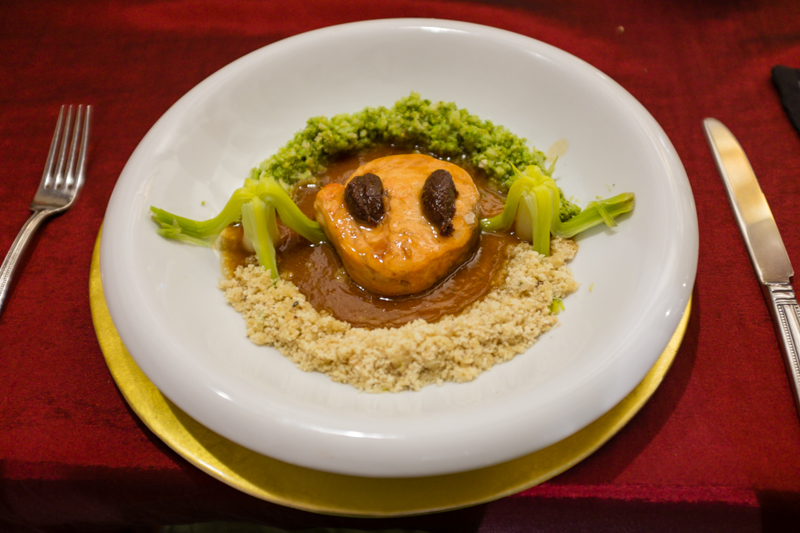
Green Tangerine can be found at 48 Hang Be Street.
For a final slice of Hanoi indulgence, my wife and I had a cocktail each at the rooftop bar “The Rooftop“. It’s a modern bar with all of the trappings you’d expect from such a place. An extensive drinks selection and food is available. We weren’t interested in any of this and headed straight for the balcony to take in the stunning view.
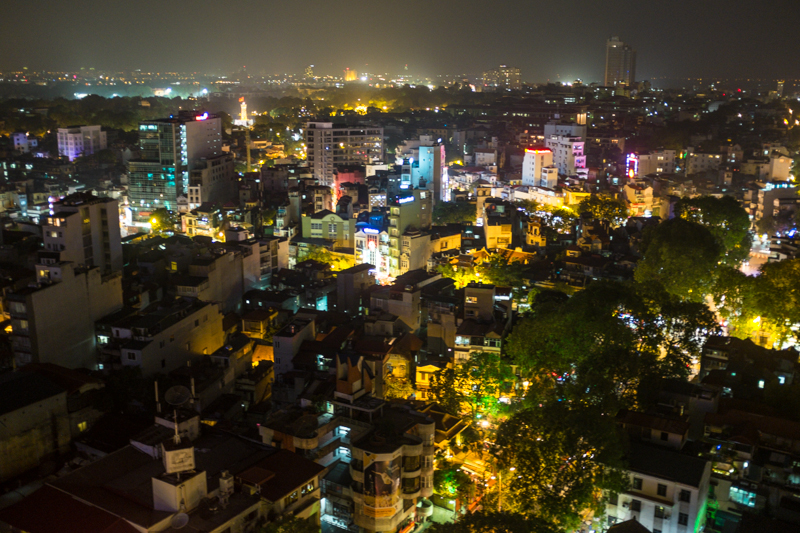
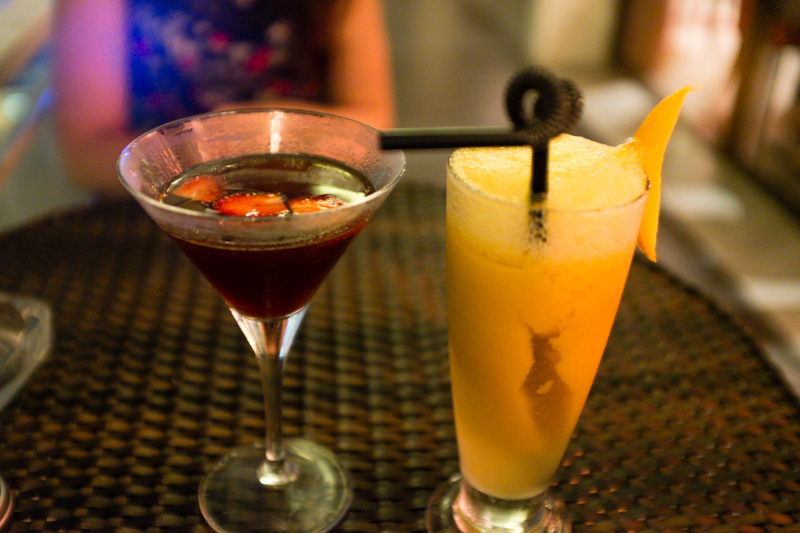
Overall, prices for food in Hanoi are in the same range as that of Ho Chi Minh City. The average price we paid for a meal for 2, with drinks was about USD$5. I was glad that the majority of what I ate in Hanoi was street food, but also have no regrets about the few times we decided to go for a bit of French inspired luxury. The bottom line is that food wise, Hanoi really does have something for everyone.
